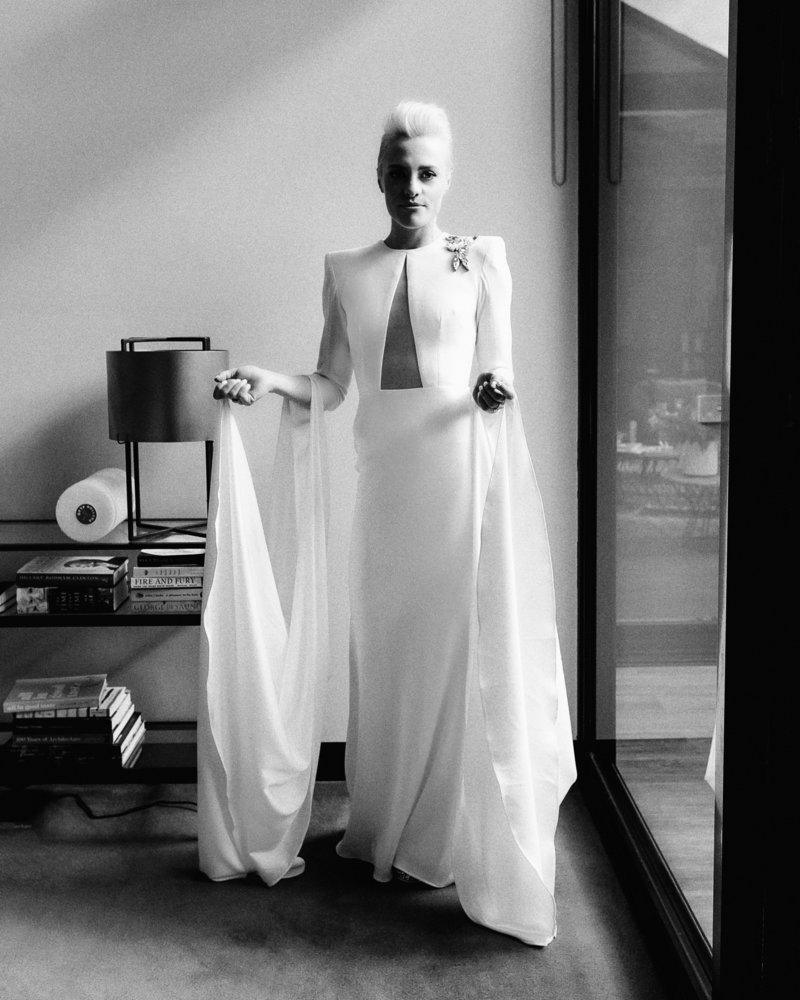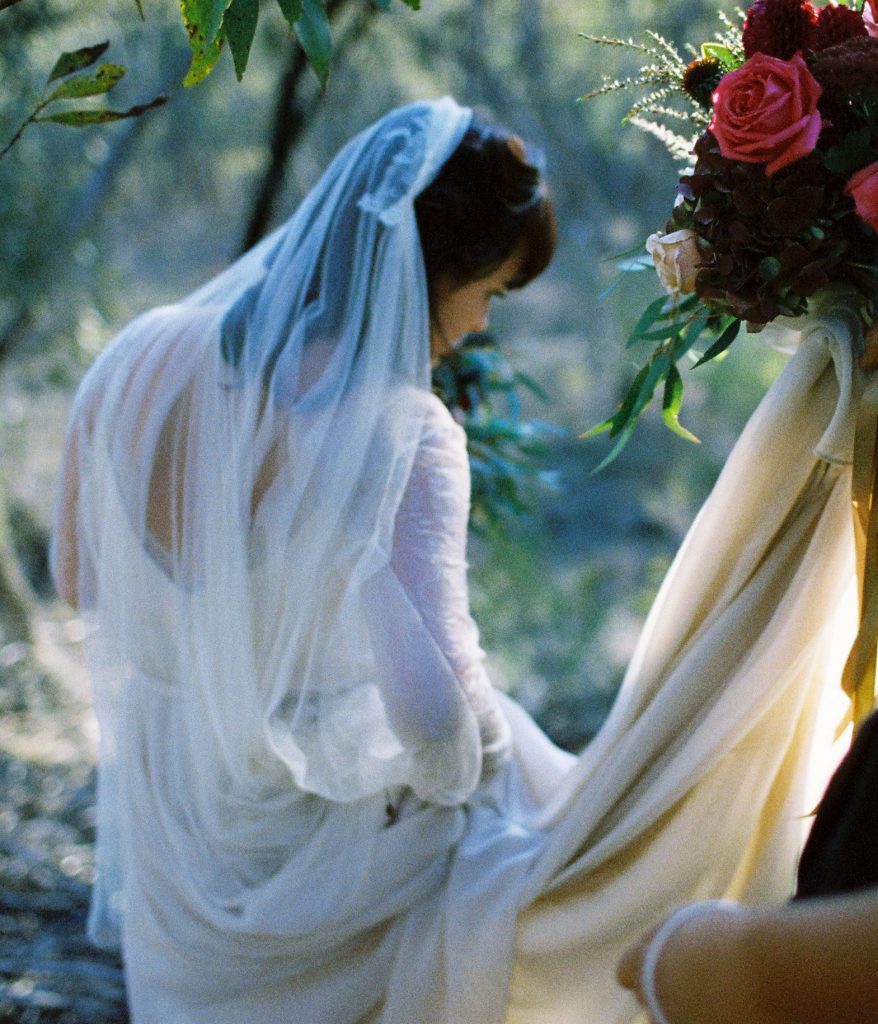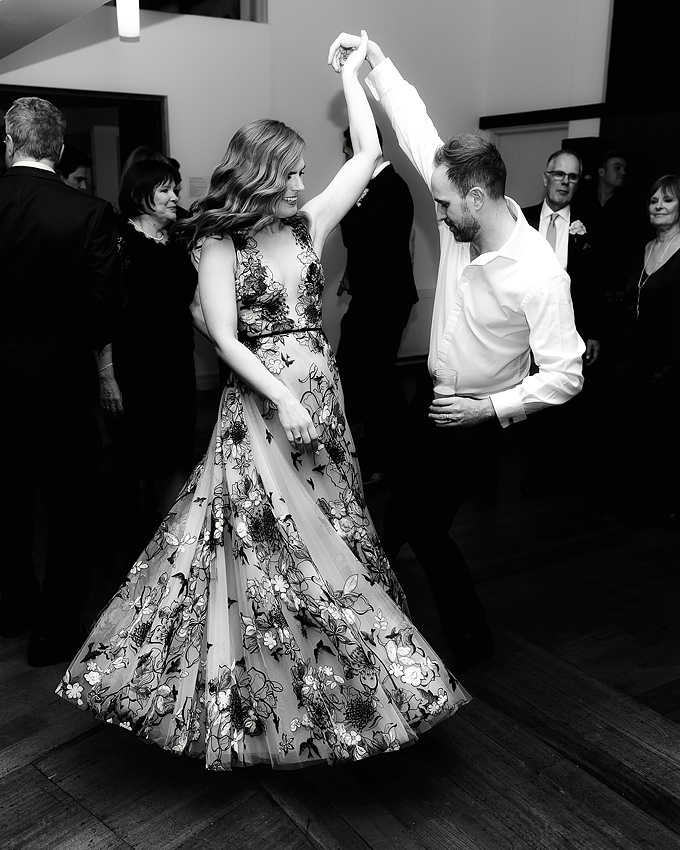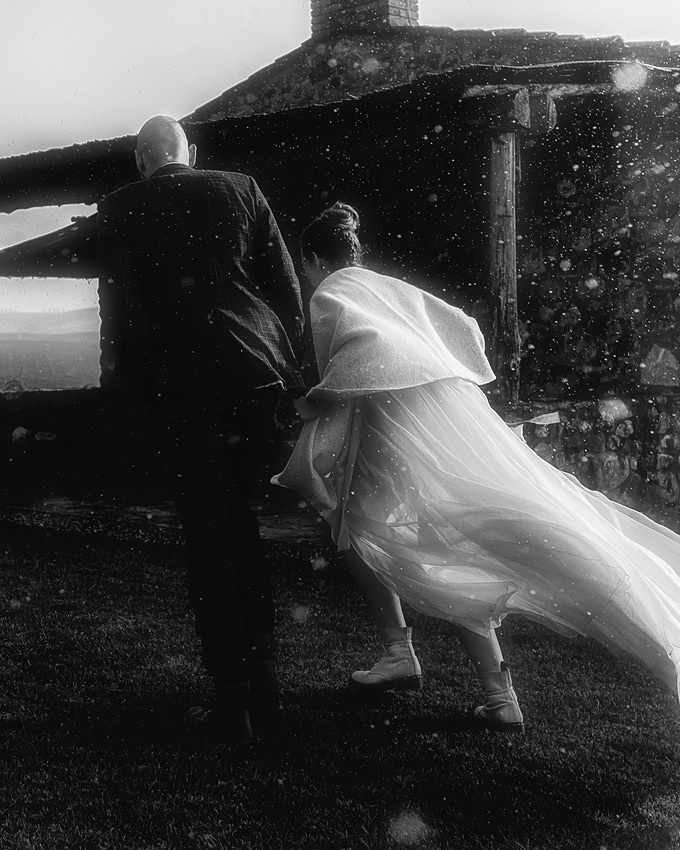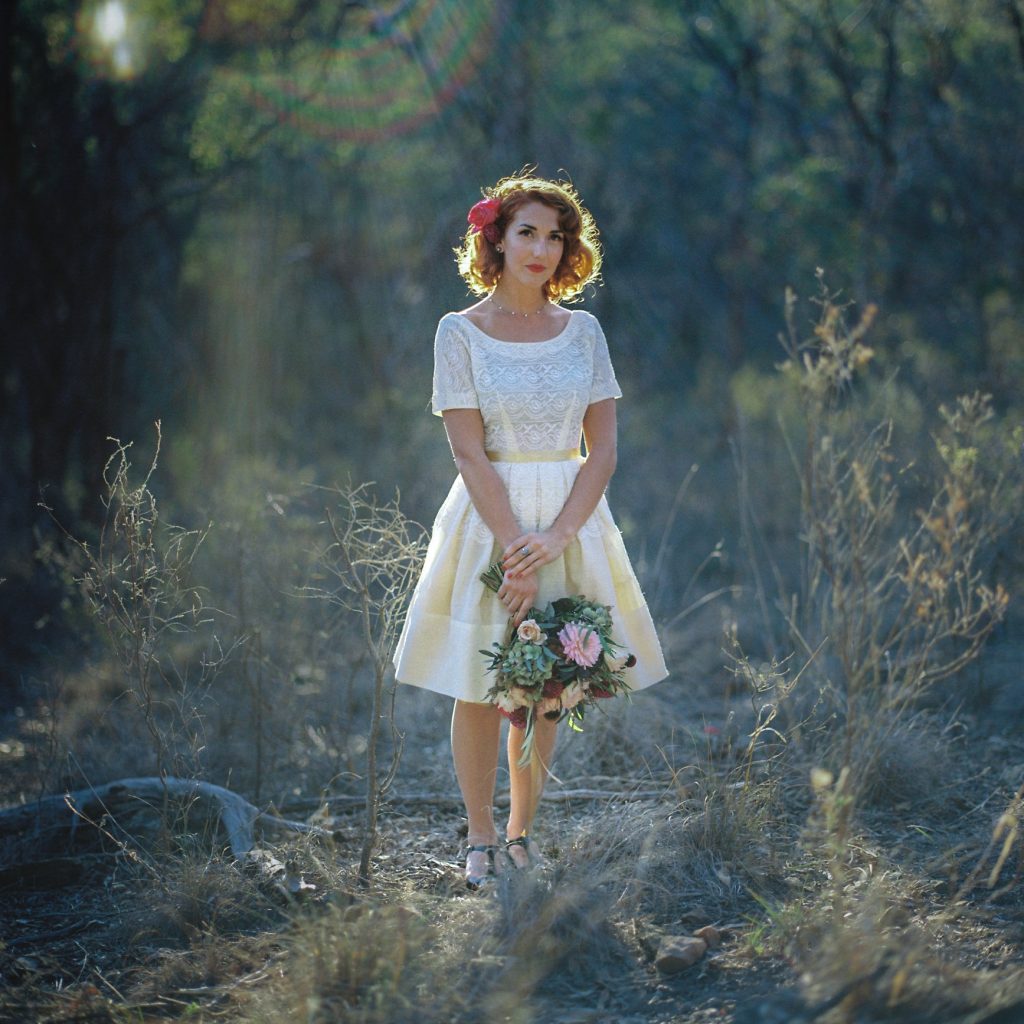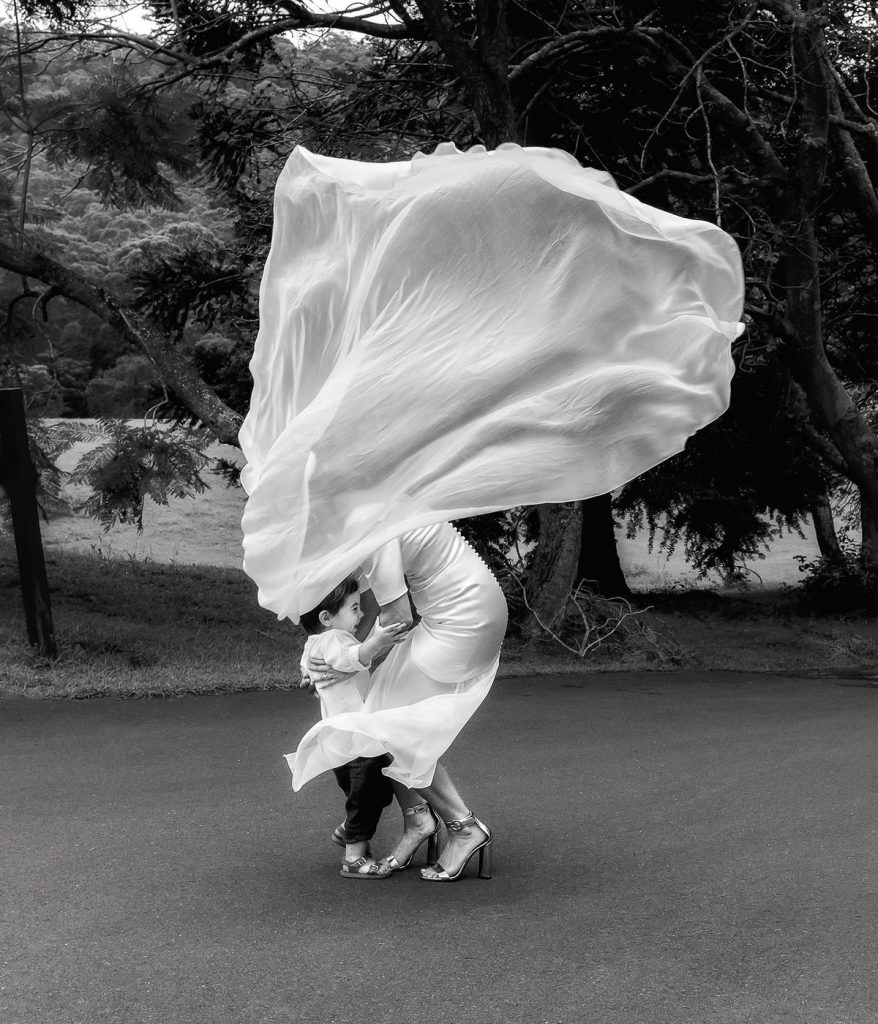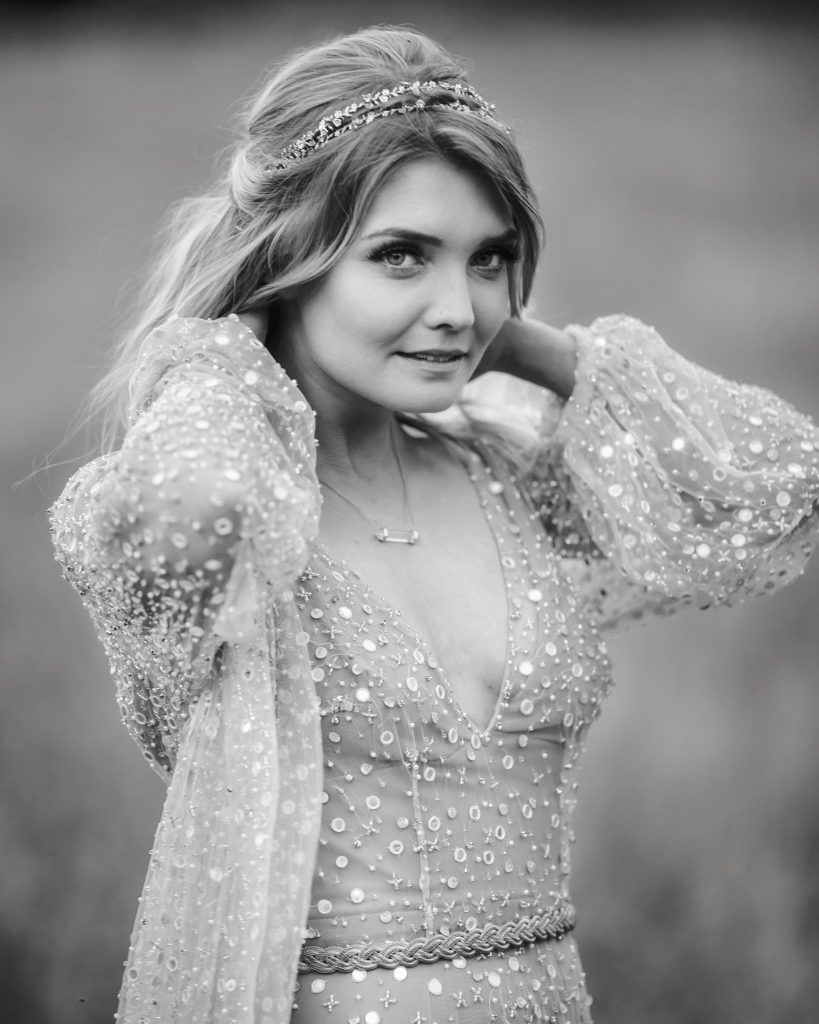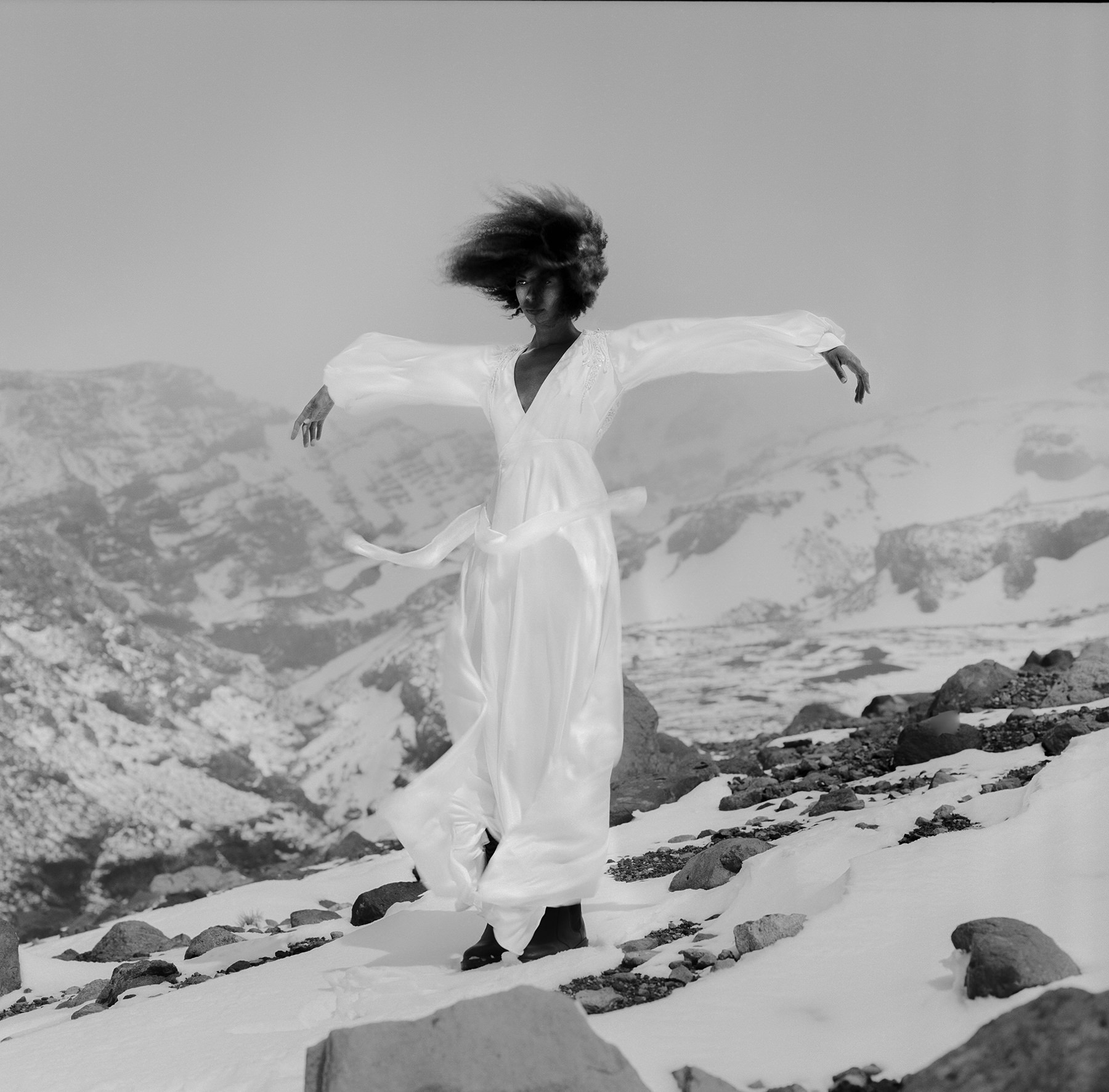Latest notes:
Atlas notes: the blog.
Jul 18, 2020
Jaime Lee Major is one of Australia’s brightest design stars. Her bridal collection has grown over the last 10 years making her one of the most sought after dressmakers to come out of Australia. Jaime Lee Major wedding gowns are meticulously crafted pieces of art.
A while back I photographed the Perth wedding of Sarah and Dave, which started in a majestic ceremony and ended in a (actual) rave. Throughout all that, this incredible Jaime Lee Major creation weathered all the wild glory.
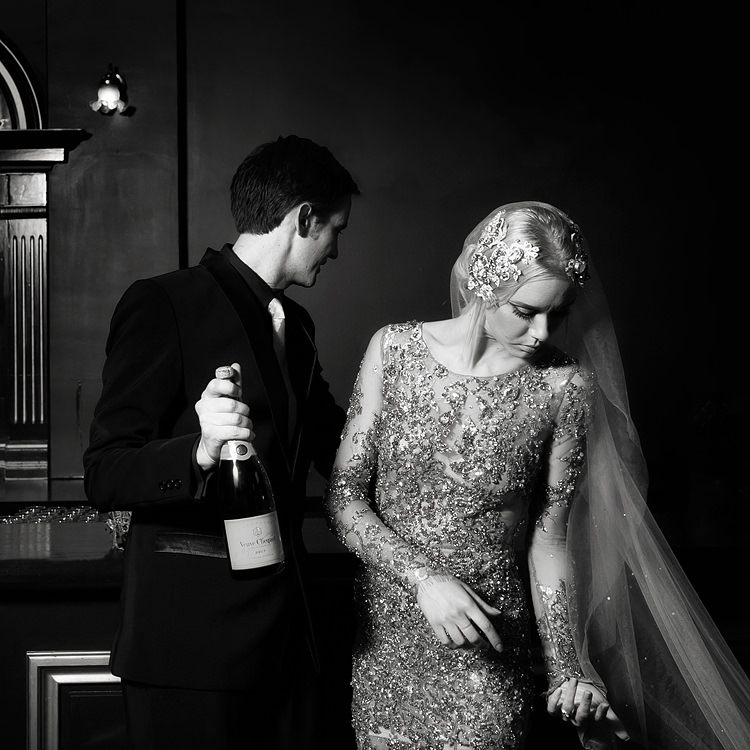
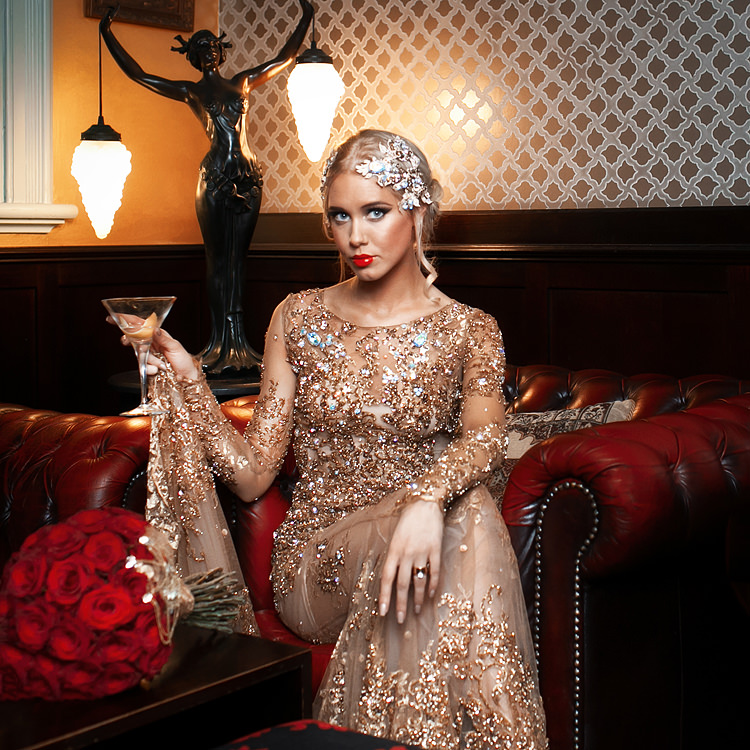
We wanted to do a piece on her because we are inspired by her wild design talent and outer-space way of approaching bridal gowns for folks wanting something a little more on the edge (see also, Kyha Studios). Her designs are for the fashion-forward bride (the exact words that came out of David’s lips all day at their wedding).
Jaime Lee Major background
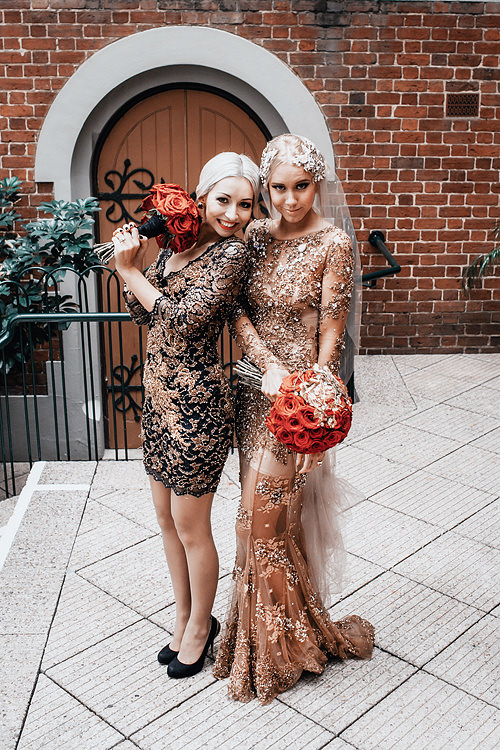
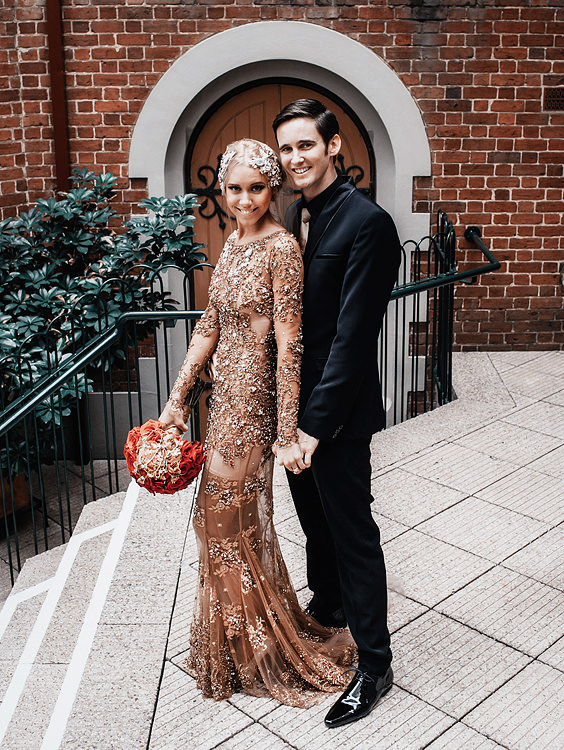
Born and raised in Fremantle (Perth), Jamie Lee Major rose to fame after she designed a gown for Kimbra at the Grammys in 2013. Her blue tulle and Swarovski encrusted dress was seen by 40 million people and she gained quite a mighty whack of international fame, and said in an interview for VOGUE that she hadn’t really thought about bridal couture but had so many enquiries that it ‘just sort of happened’.
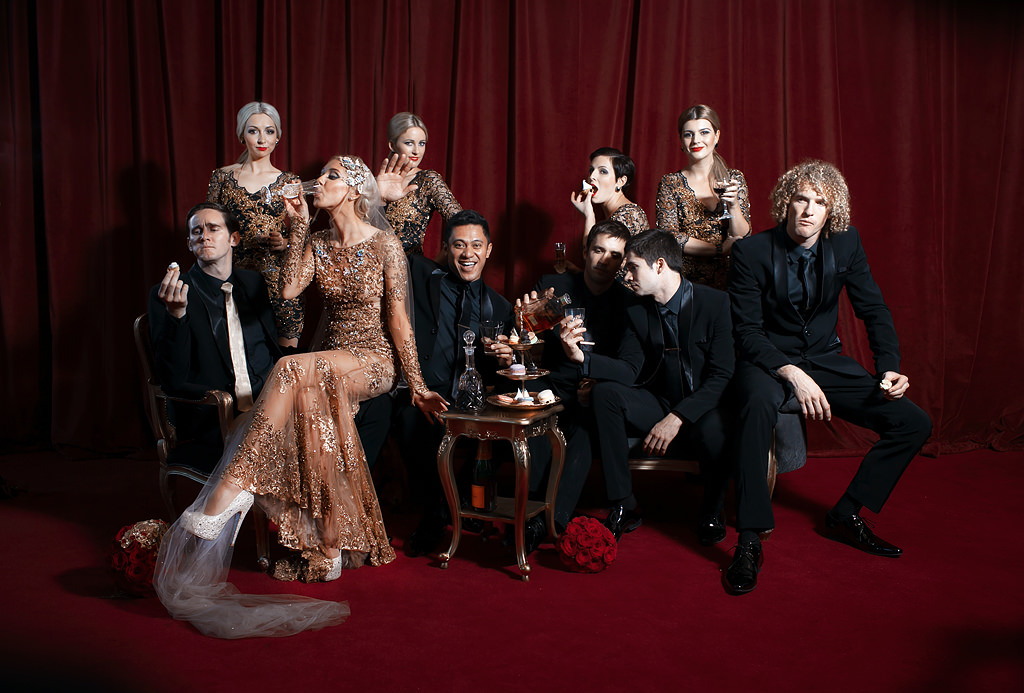
Jaime Lee Major won WA Designer of the year, has been featured in VOGUE, dressed Katy Perry, Lady Gaga and Rita Ora (to name a few). Major has since left the red carpet behind her now to focus her creative genius on wedding dress designs.
Luxury wedding dresses like you’ve never seen before
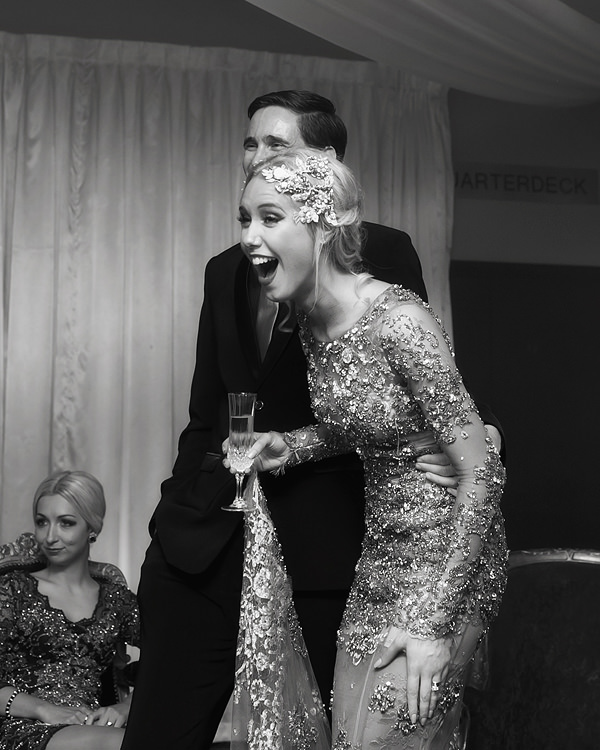
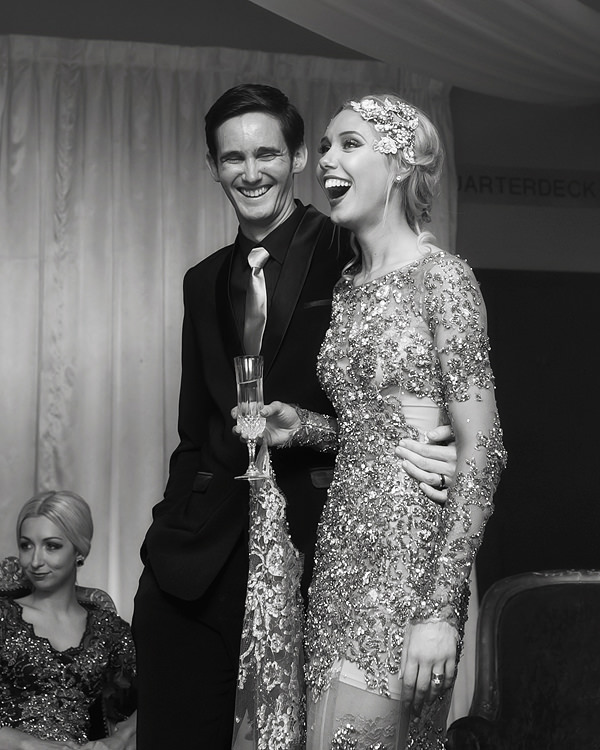
Jaime Lee Major wedding gowns are priced from $5000 to $24,000, and like all things thoughtfully crafted, worth every cent. They are pieces of art that she carefully wraps around a human body, and have endless hours of labour put into every last little detail. There are hundreds of thousands of beads, crystals, pearls and stitches in her creations.
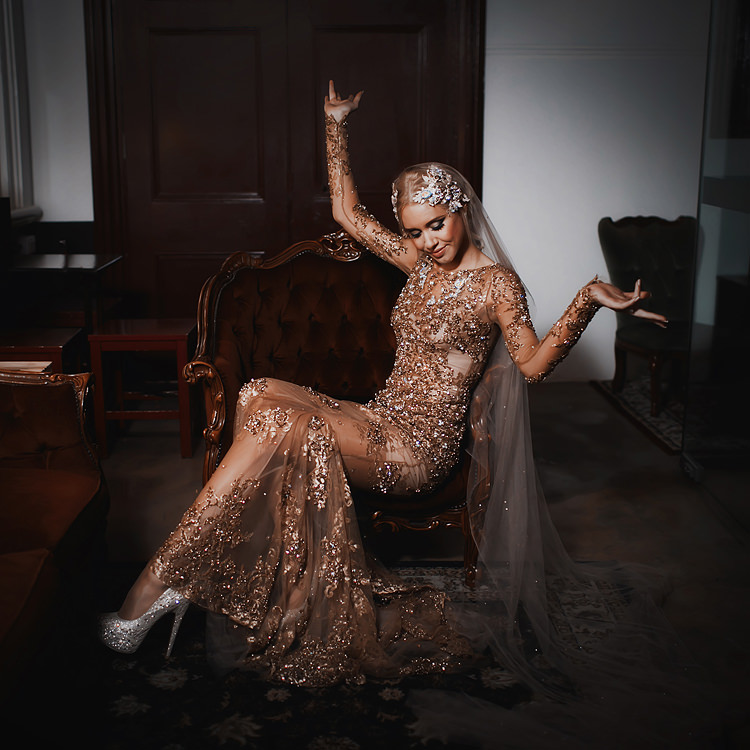
The bridal collection features a lot of tulle and exposed flesh, lavishly covered with luxurious embellishments. They’re a Pinterest board dream. You can forget the classic silhouette or cathedral length train.
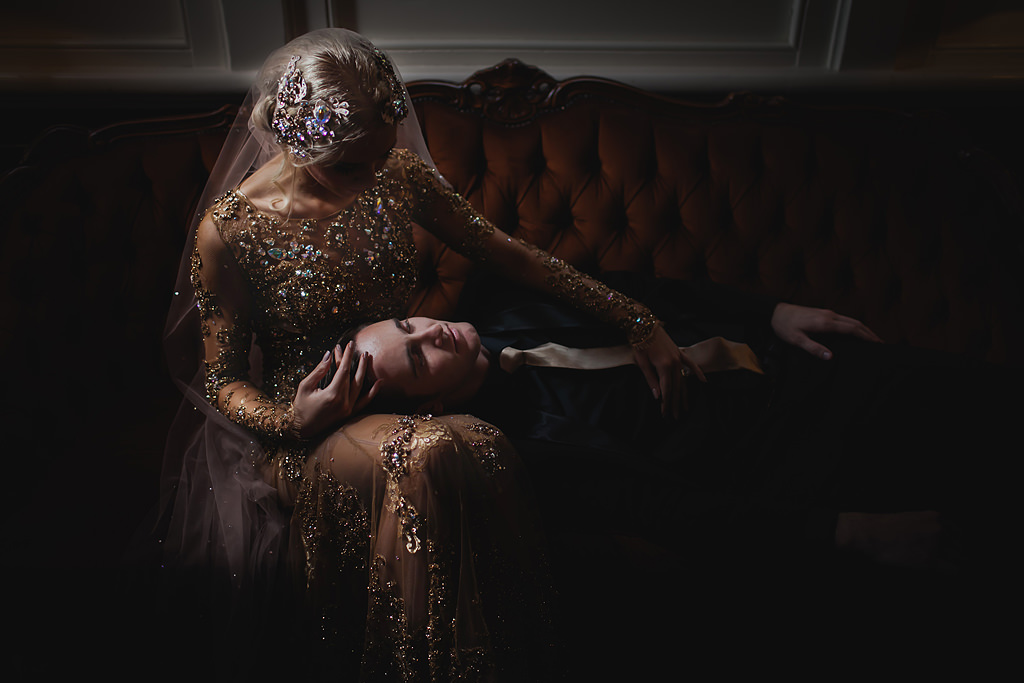
Jaime Lee is talking frills, cuffs, ruffles, sparkles and bespoke demi-couture tailoring. The materials tend to stray away from classic whites and ivories and delve into lux golds and silvers. Something I’m excited to see more of in contemporary weddings.
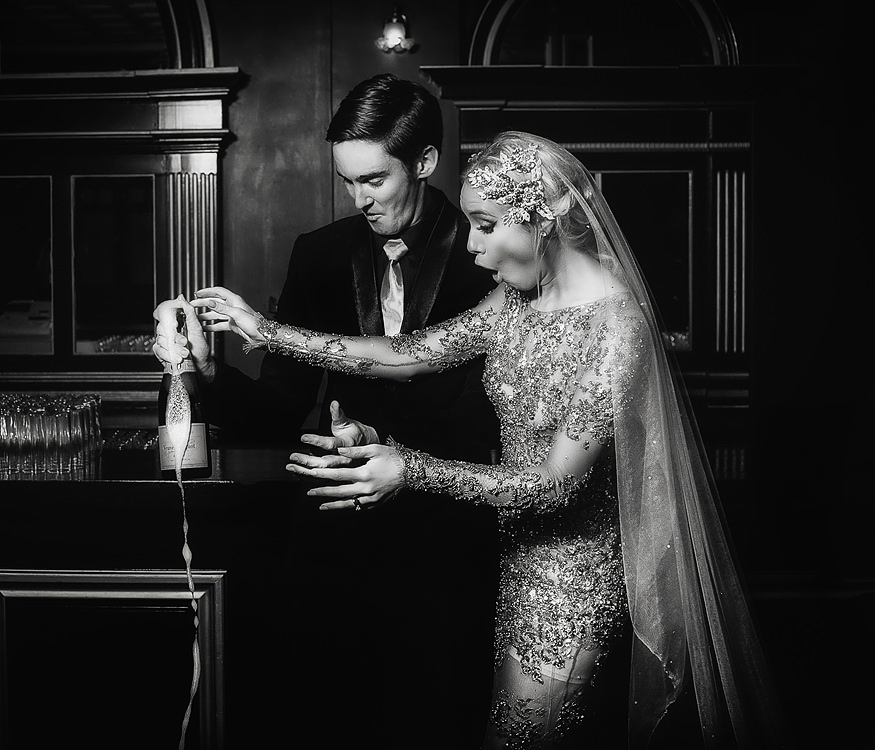
If you’re a bride who wants to do things differently then Jaime Lee Major’s collection is awe-inspiring. See-through trouser suits and everything covered in Swarovski will certainly turn some heads and take your Grandmothers idea of the traditional wedding dress for a glorious golden ride. The way the light catches the sparkles and the overstated glamour is perfect for any bridal shoot.
Jaime Lee Major wedding gowns: also a photographers dream
There is no end to this gifted woman’s creativity. She is such an exciting element in Australian wedding scene. One of her recent catwalk gowns used the most insane floristry to bring her ideas to life.

I love capturing everything that makes the day special, the bride’s dress is at the top of my list. Be over indulgent, be bountiful, be sumptuous. It’s a wedding, nothing can be too amplified! Your dress should make you feel like you’ve never felt before and there is no way in hell you can’t feel $1million dollars in a Jaime Lee Major wedding gown.
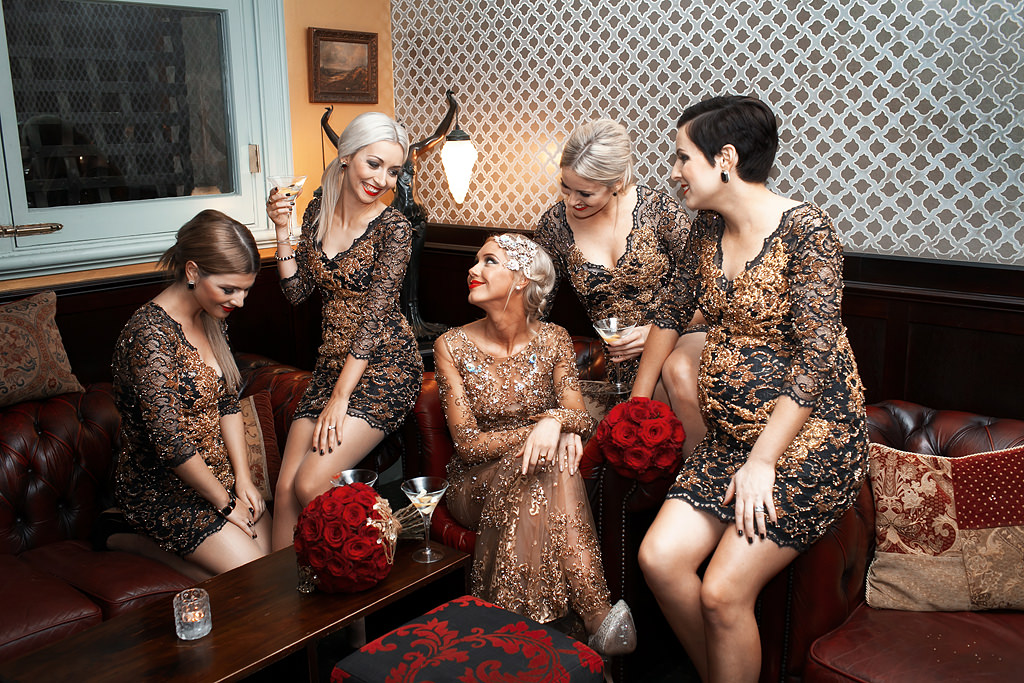
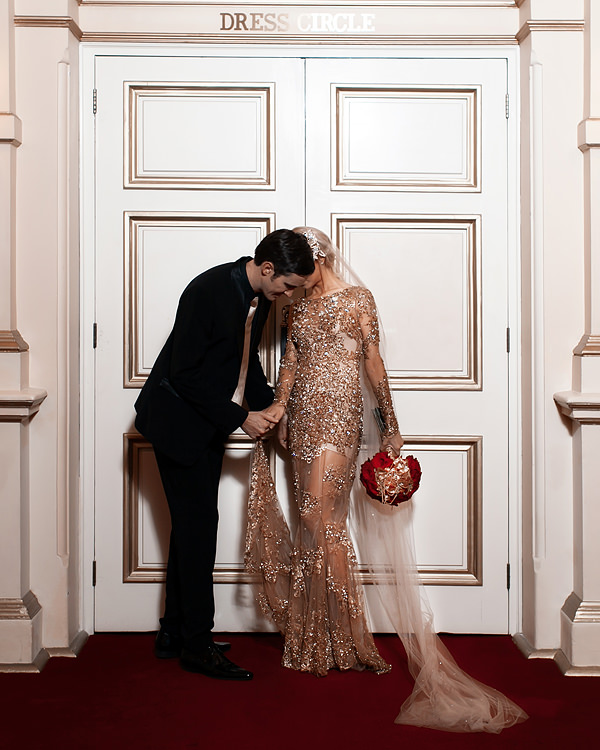
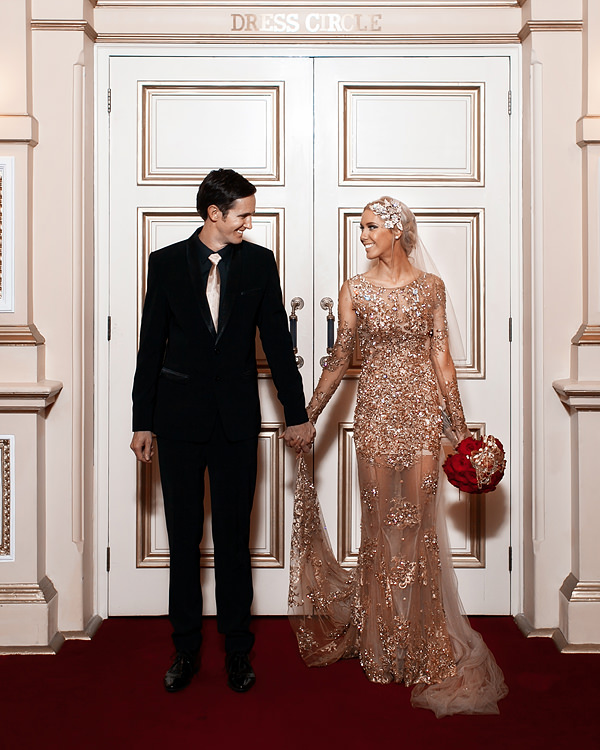
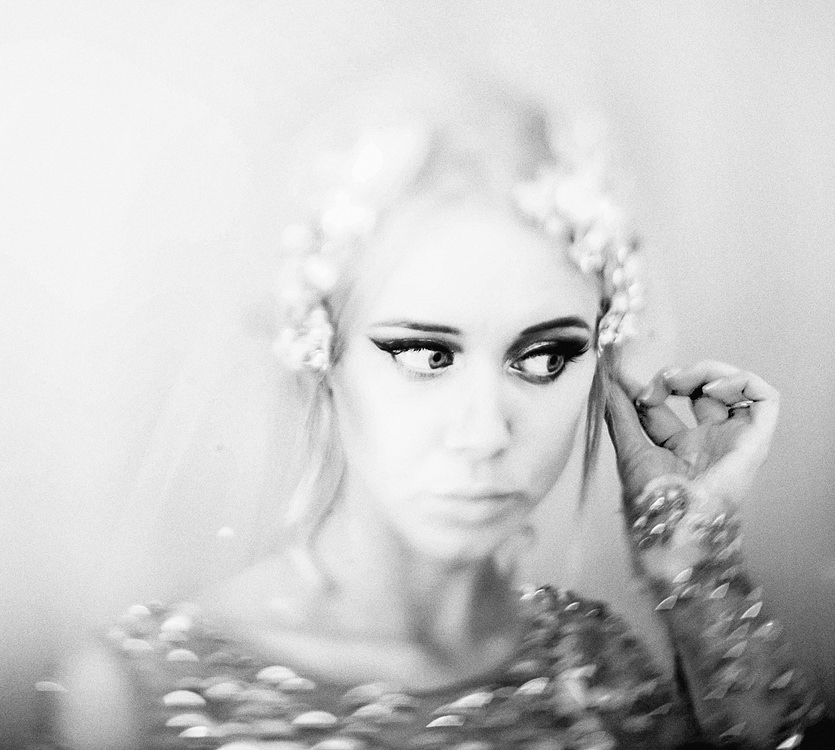
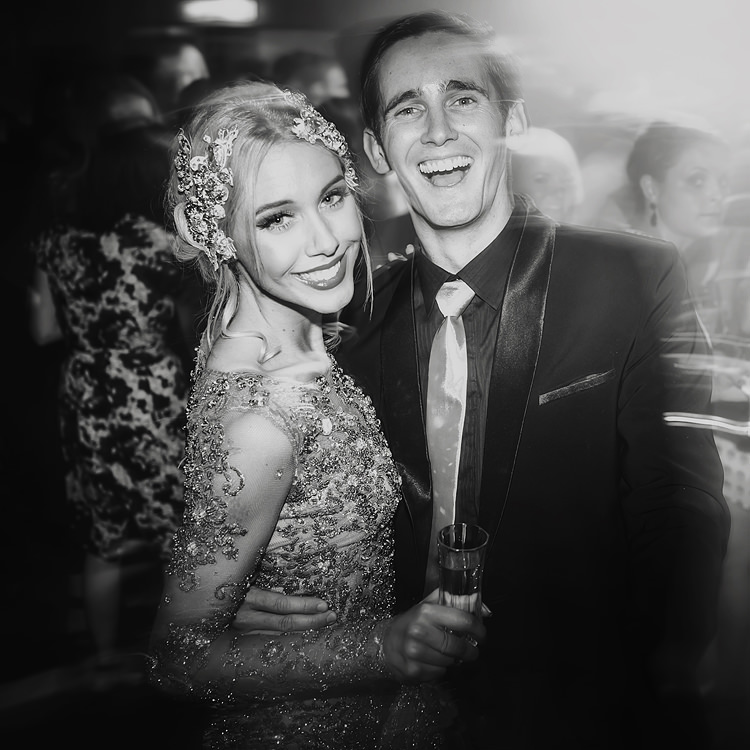
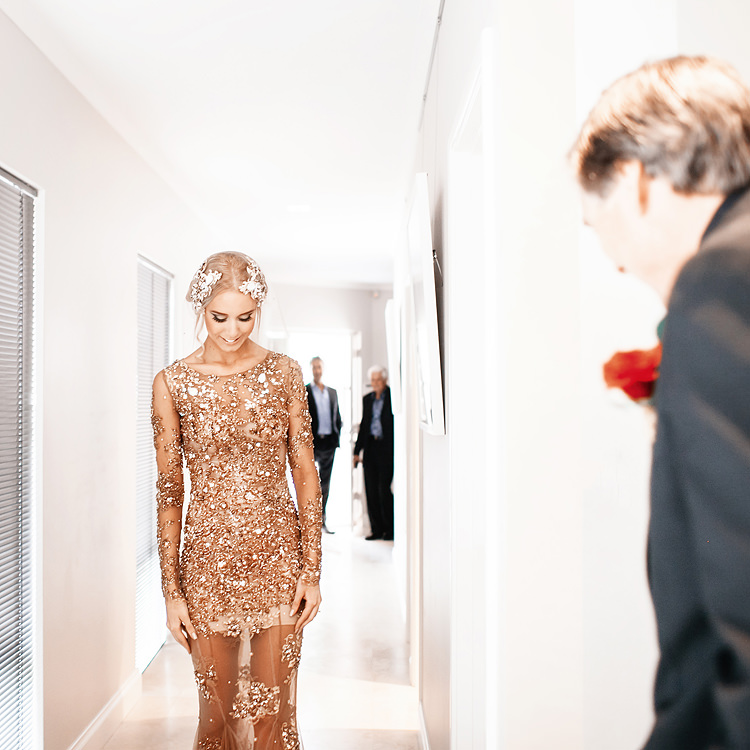
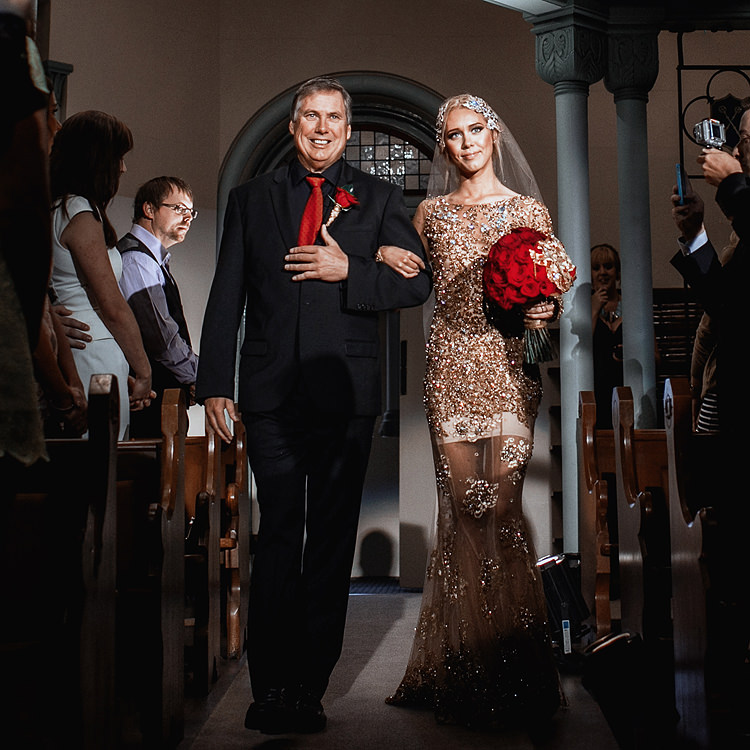
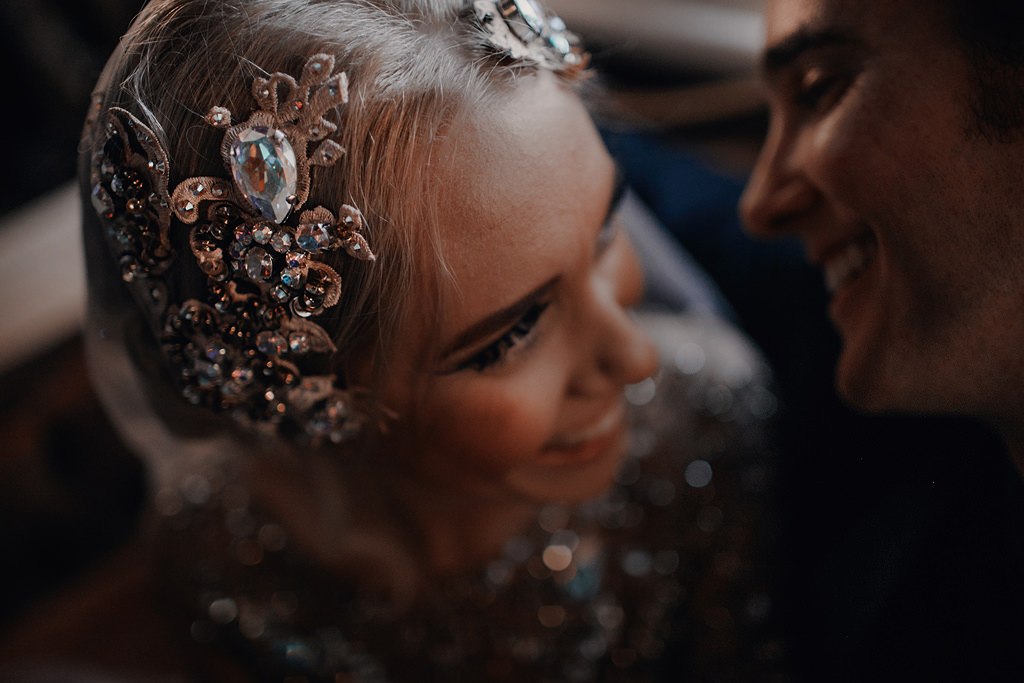
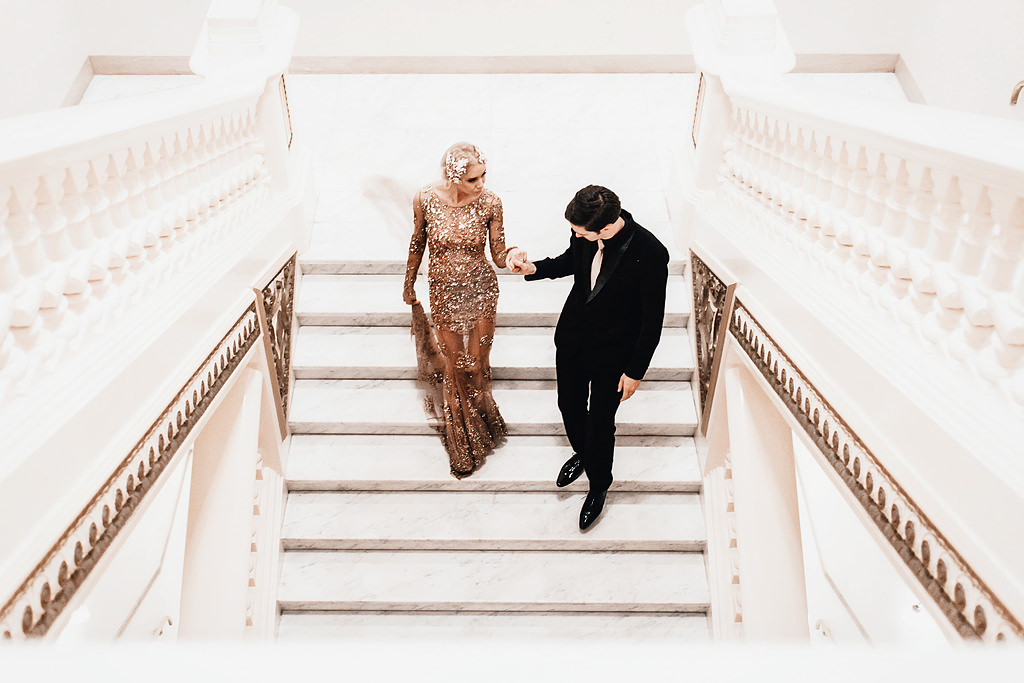
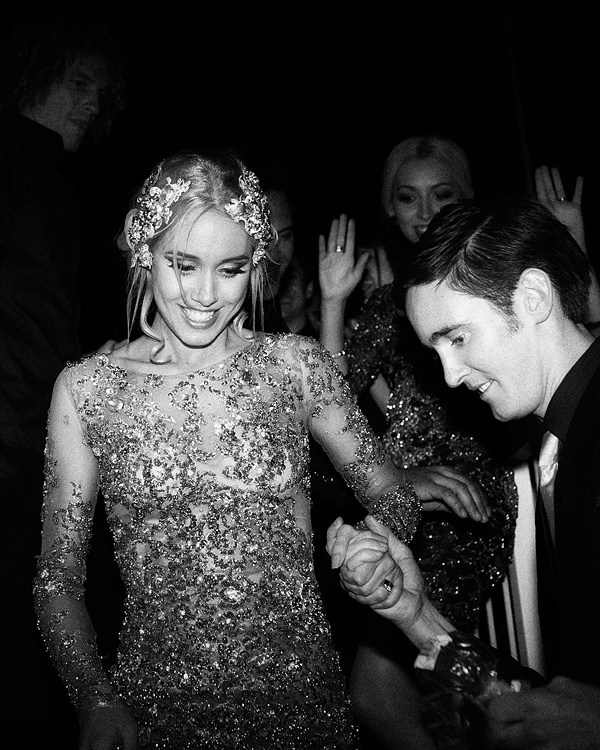
Find Jaime Lee Major wedding gowns online
Jaime Lee Major on instagram: https://www.instagram.com/jaimeleemajor
Fremantle and Perth Wedding Photography
Steph and Zacs Quarry Farm Wedding, and Fremantle wedding photo locations.
Enquire with me to photograph your wedding
Briars Atlas wedding photography – make an enquiry
Jul 10, 2020
A set of black and white favourites over the years from here, there everywhere.
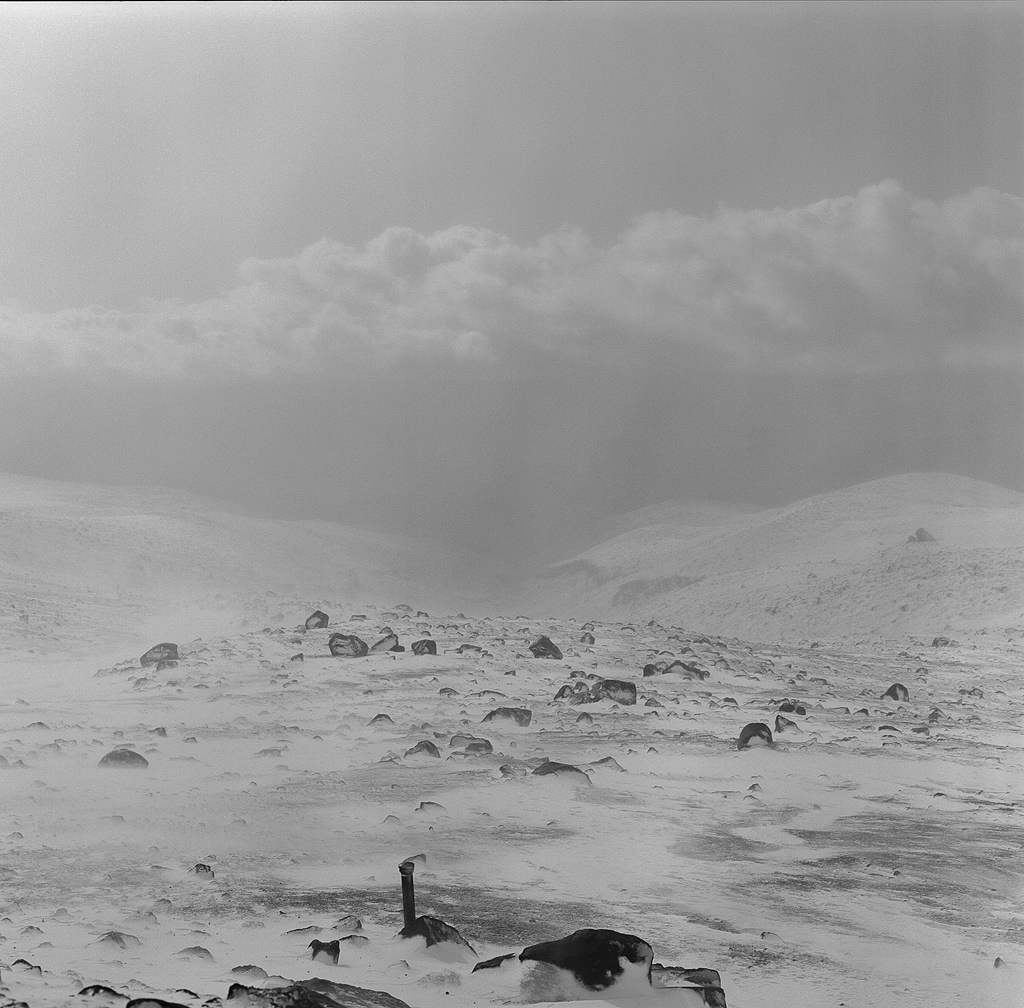
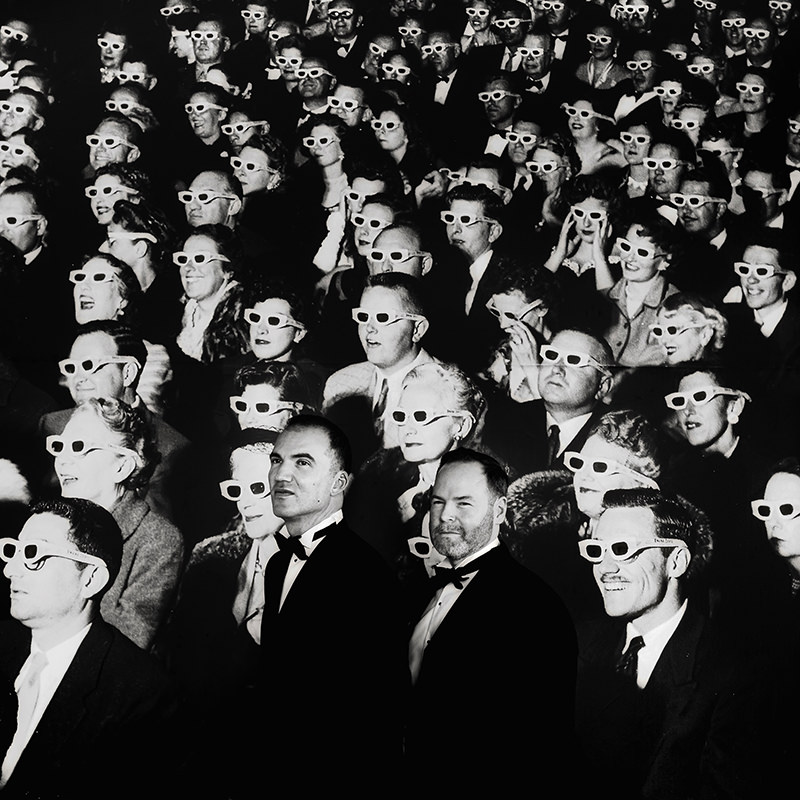
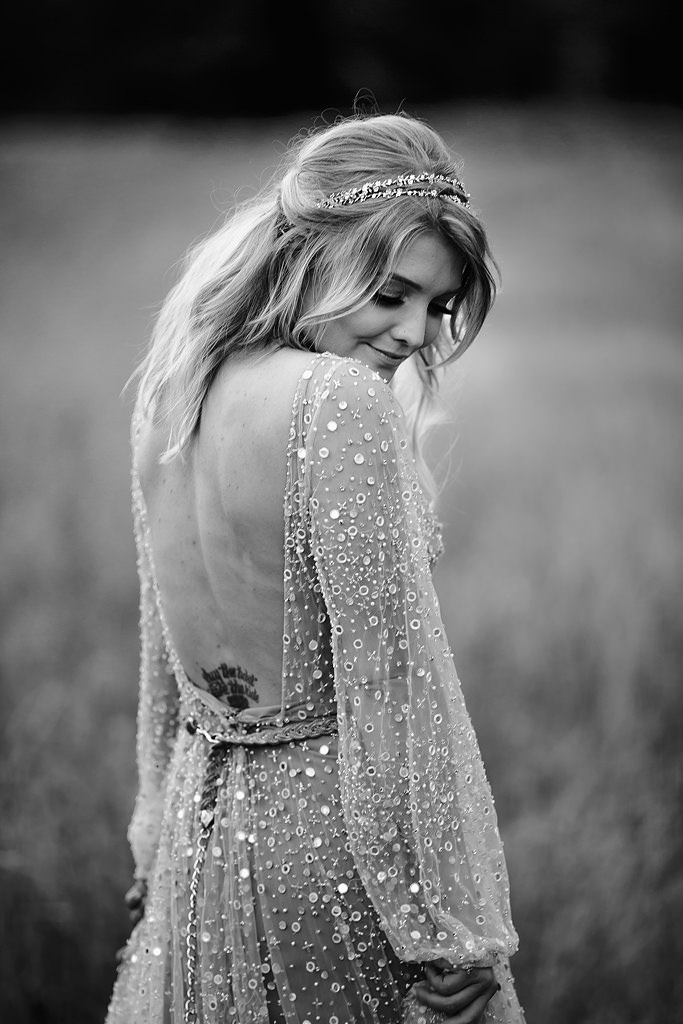

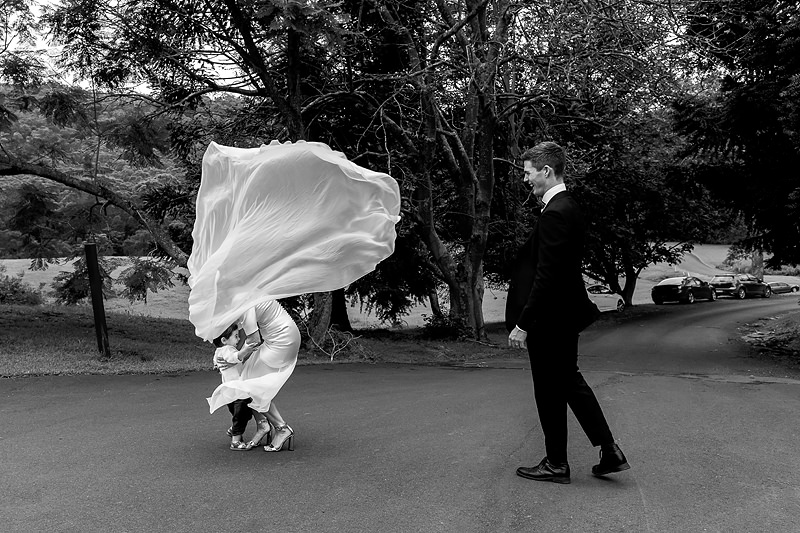
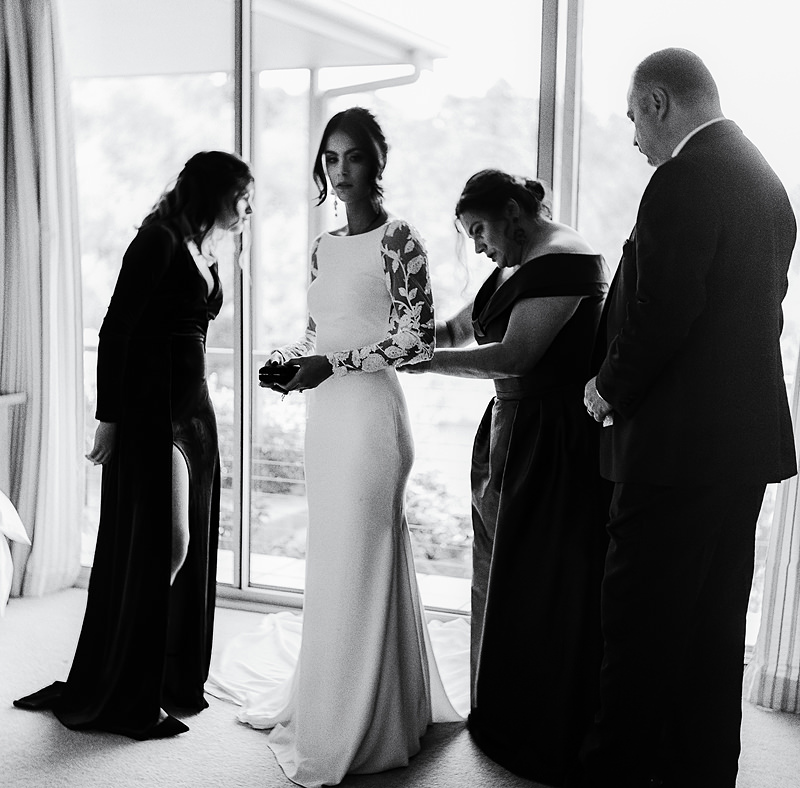
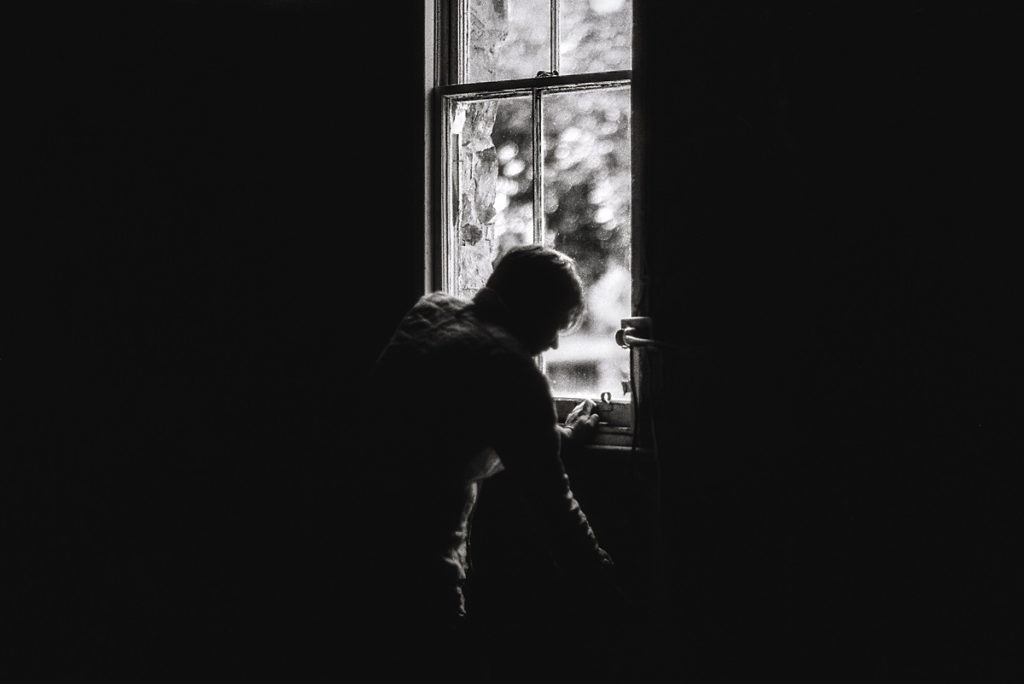
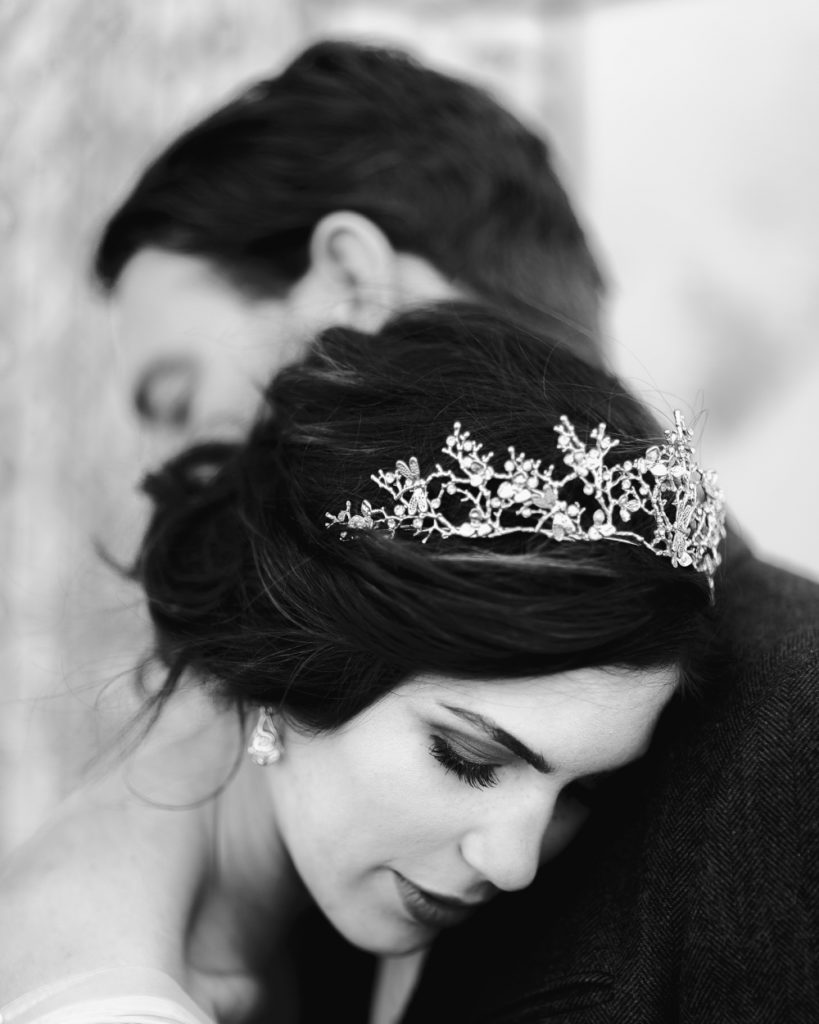
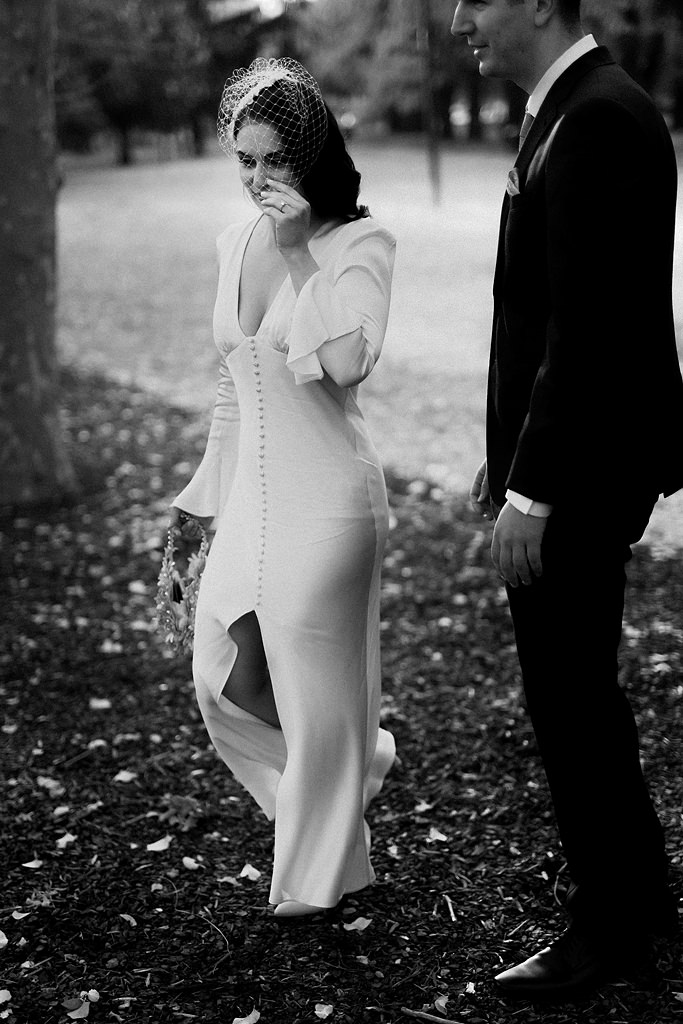
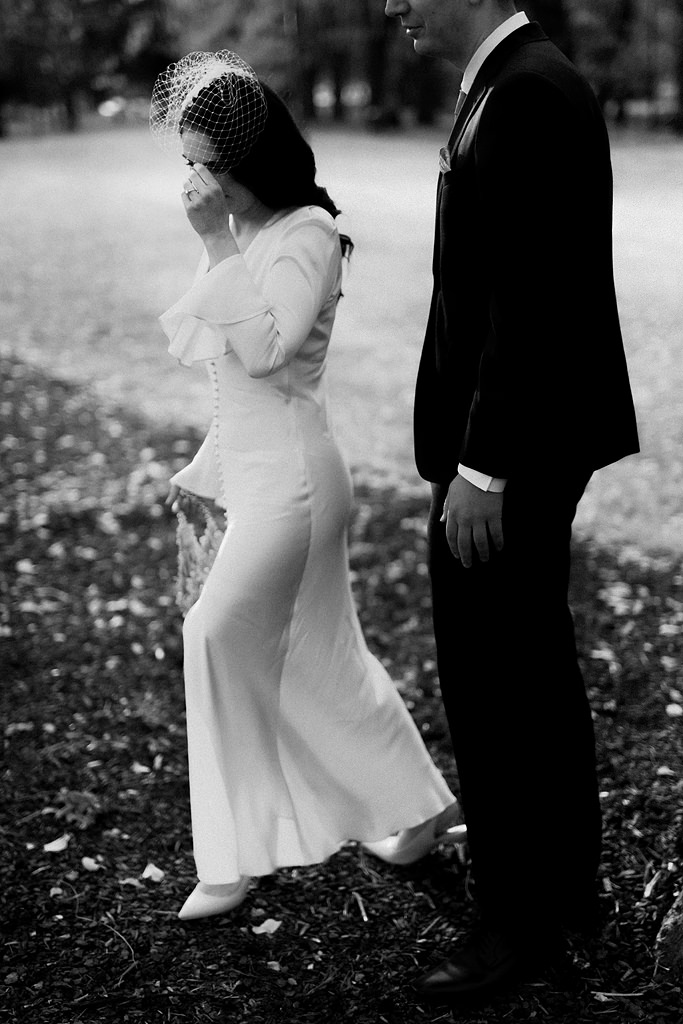
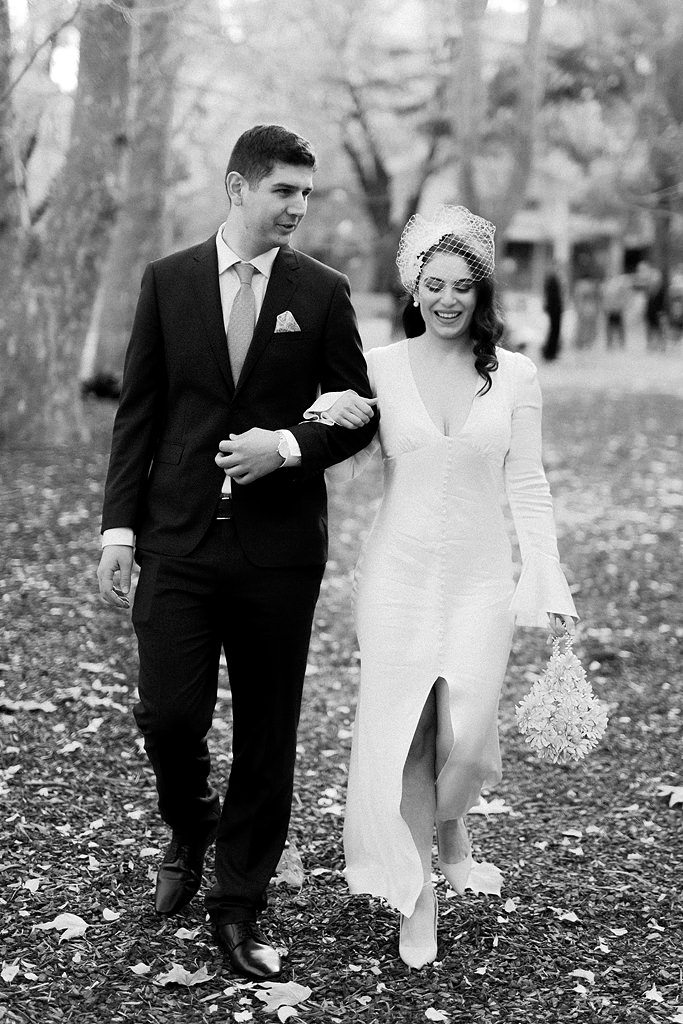
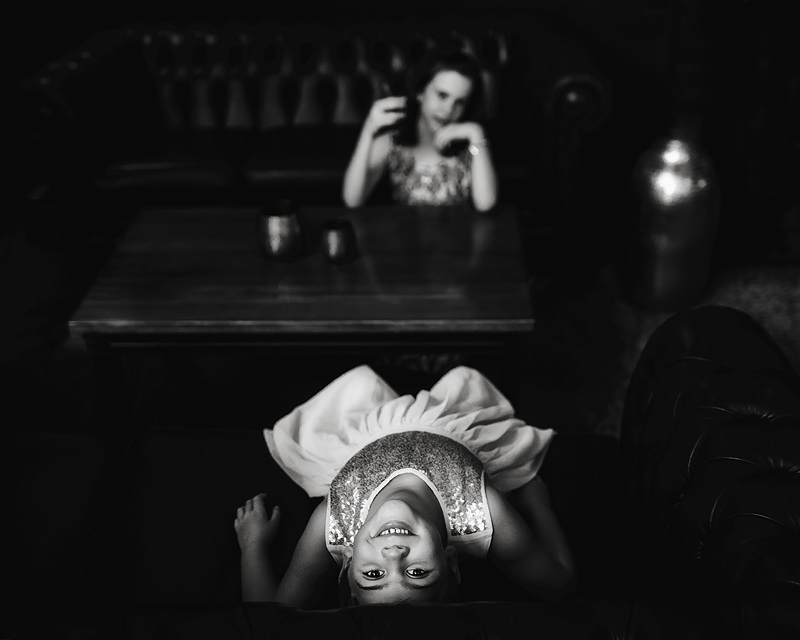
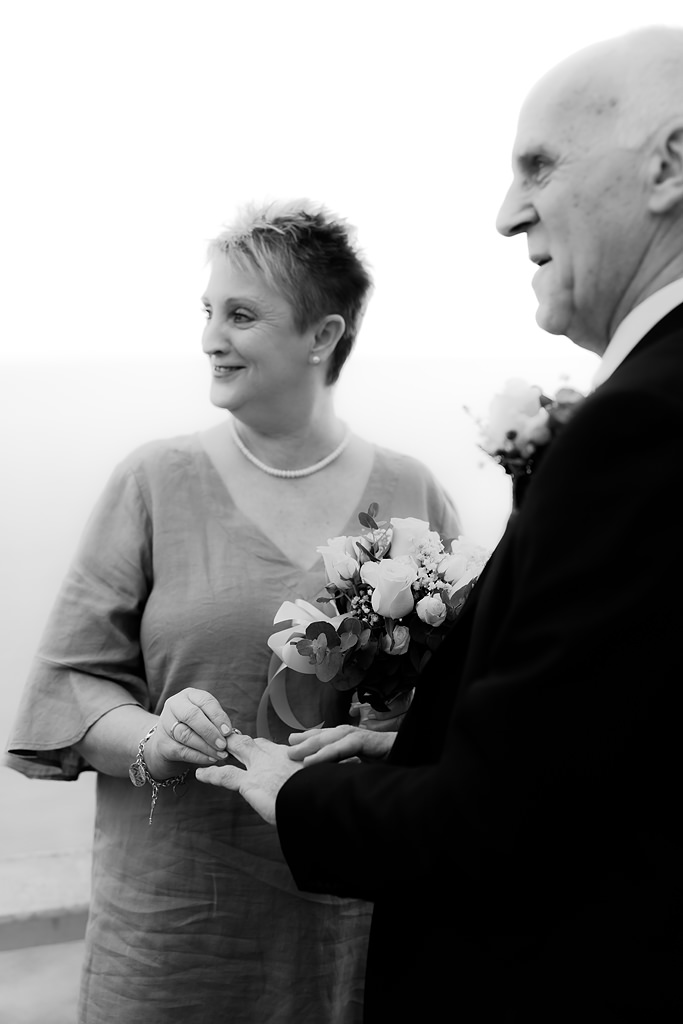
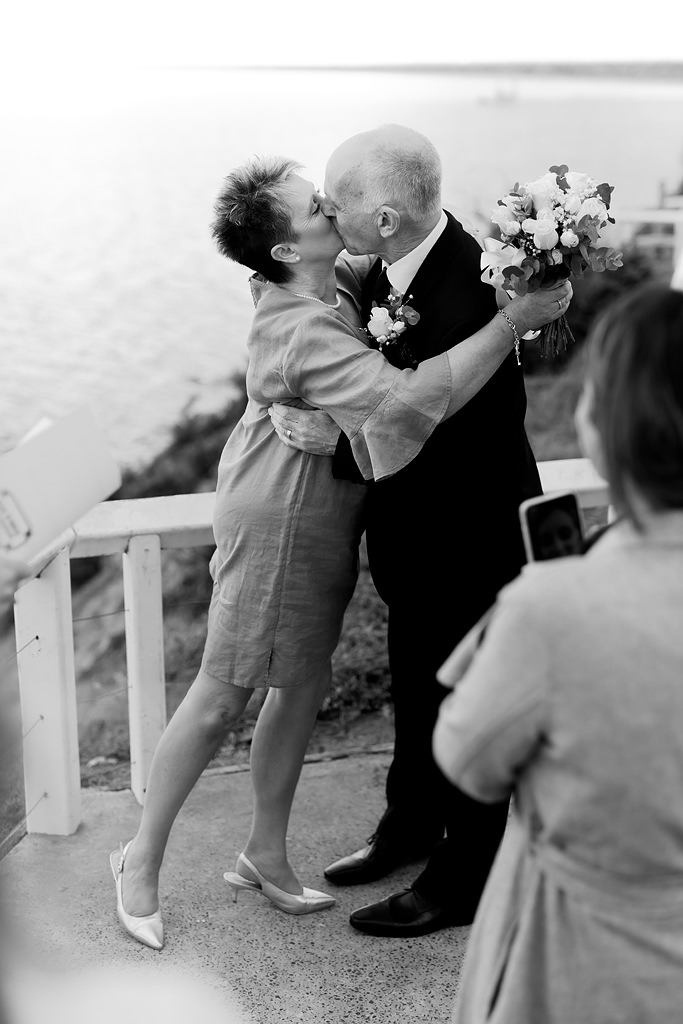
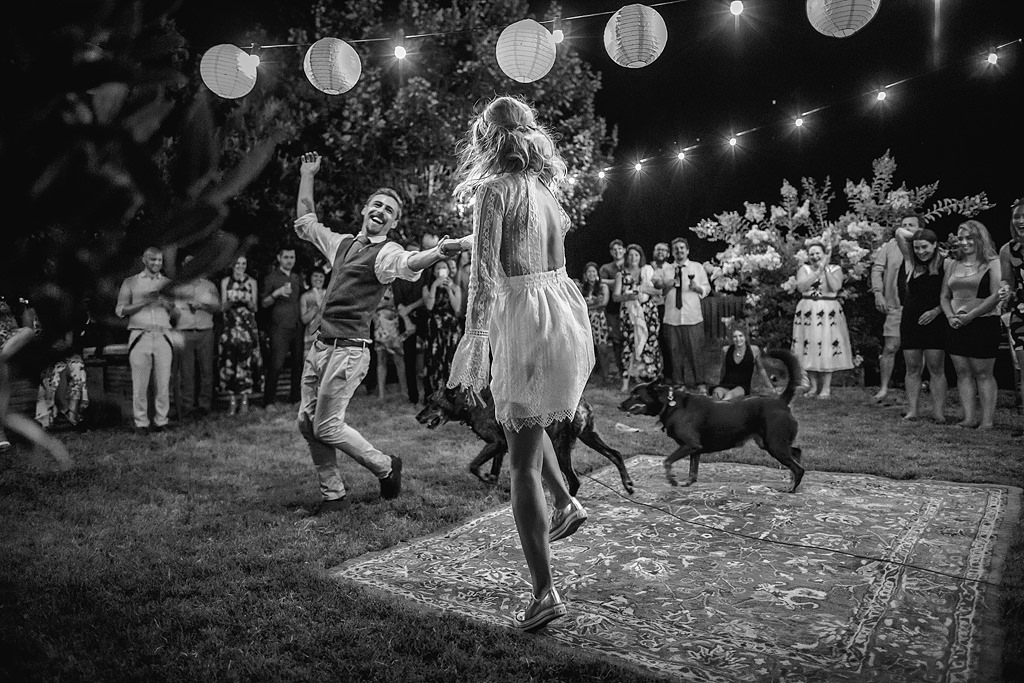
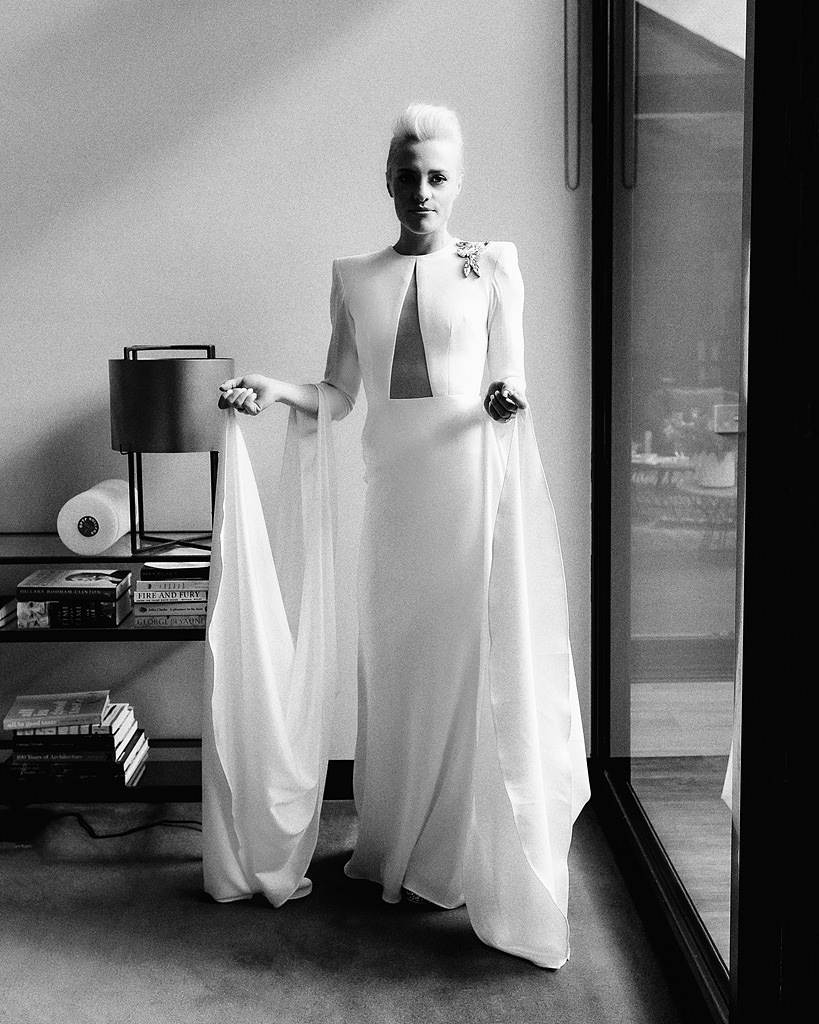
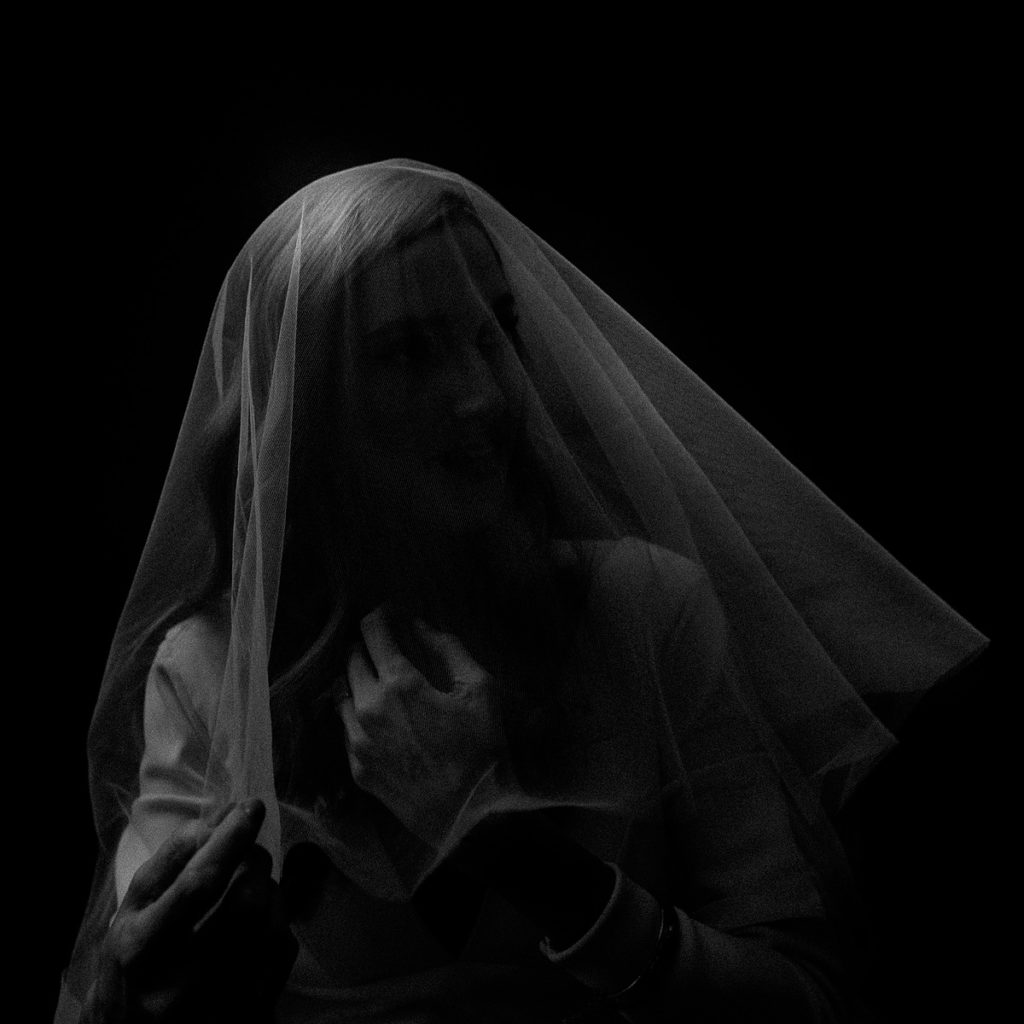
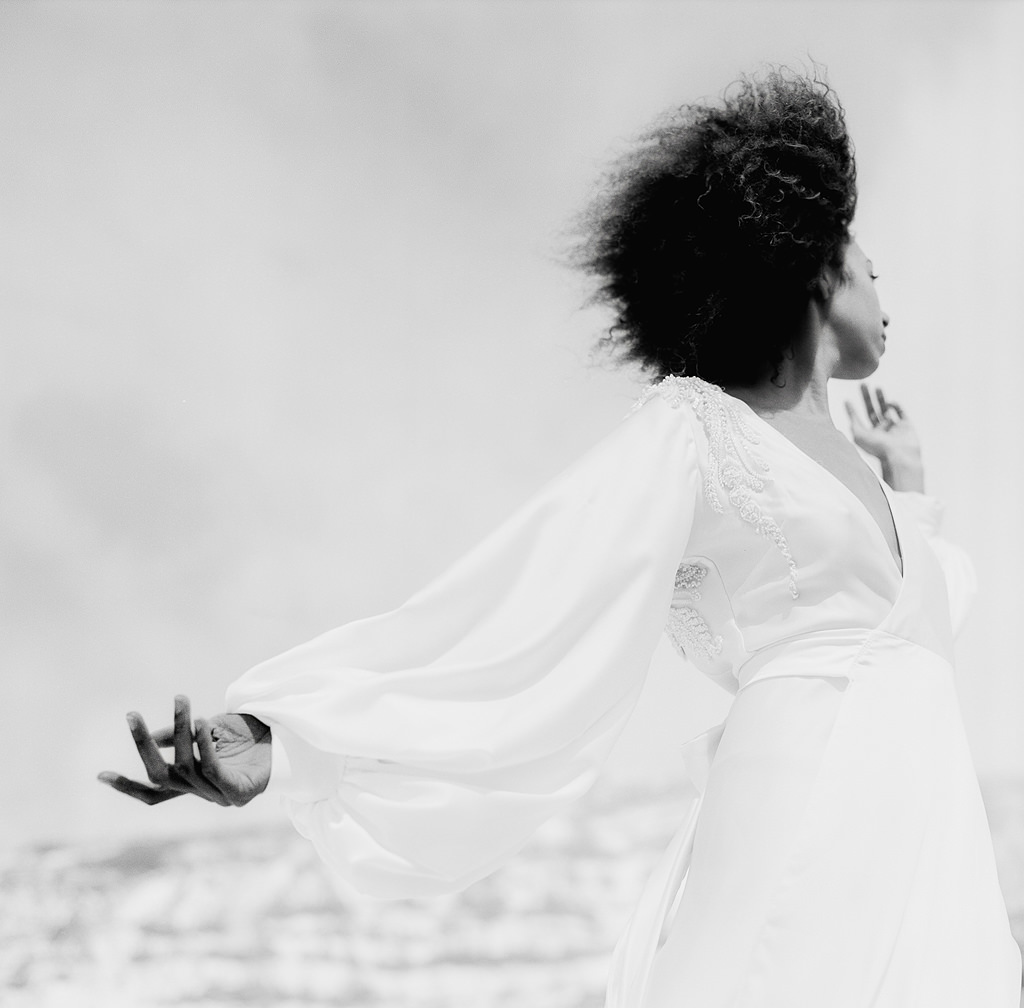
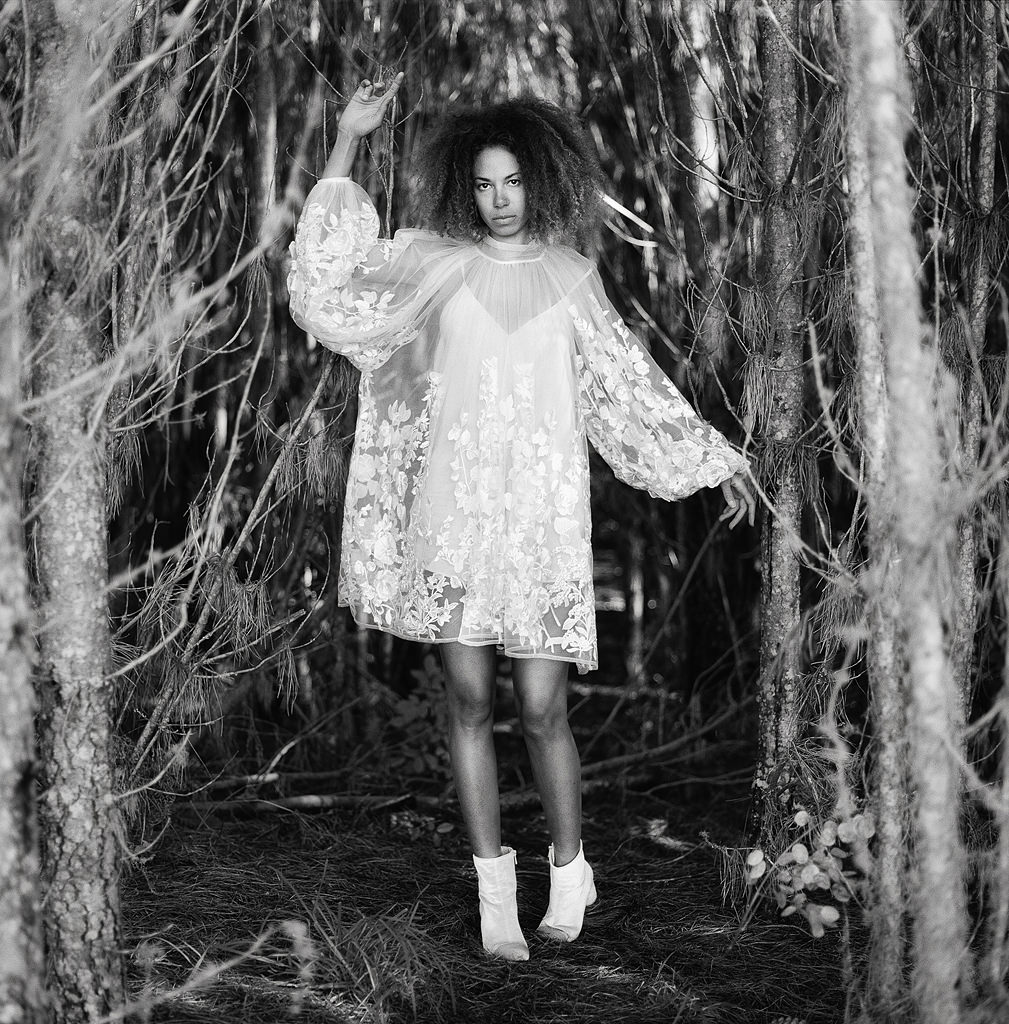
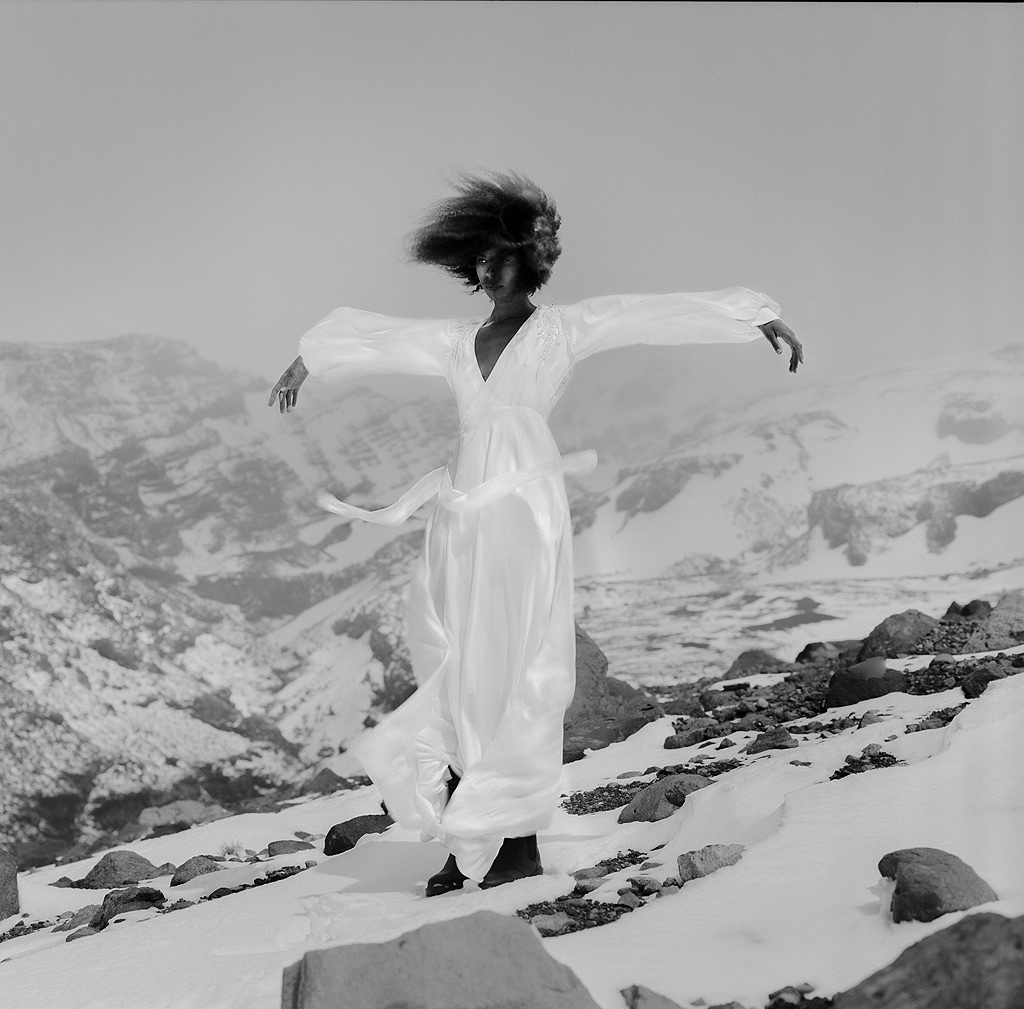
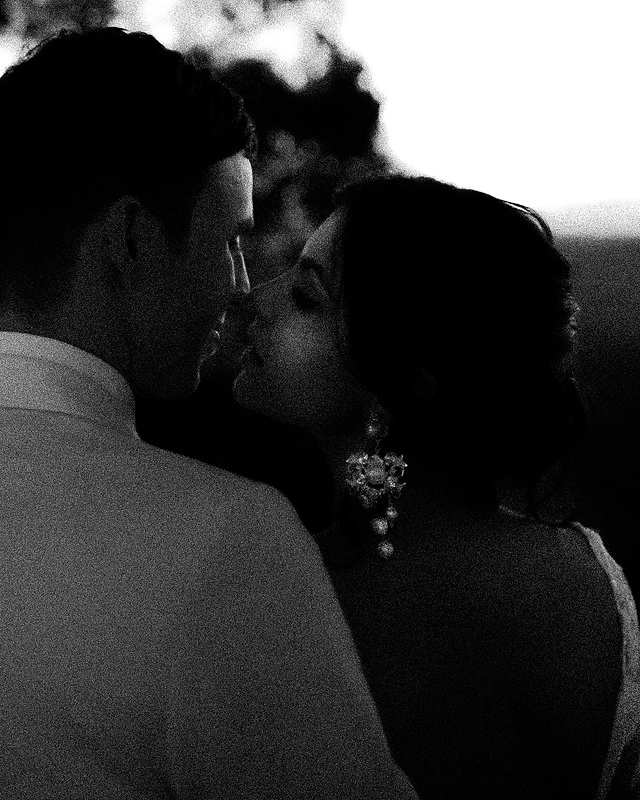
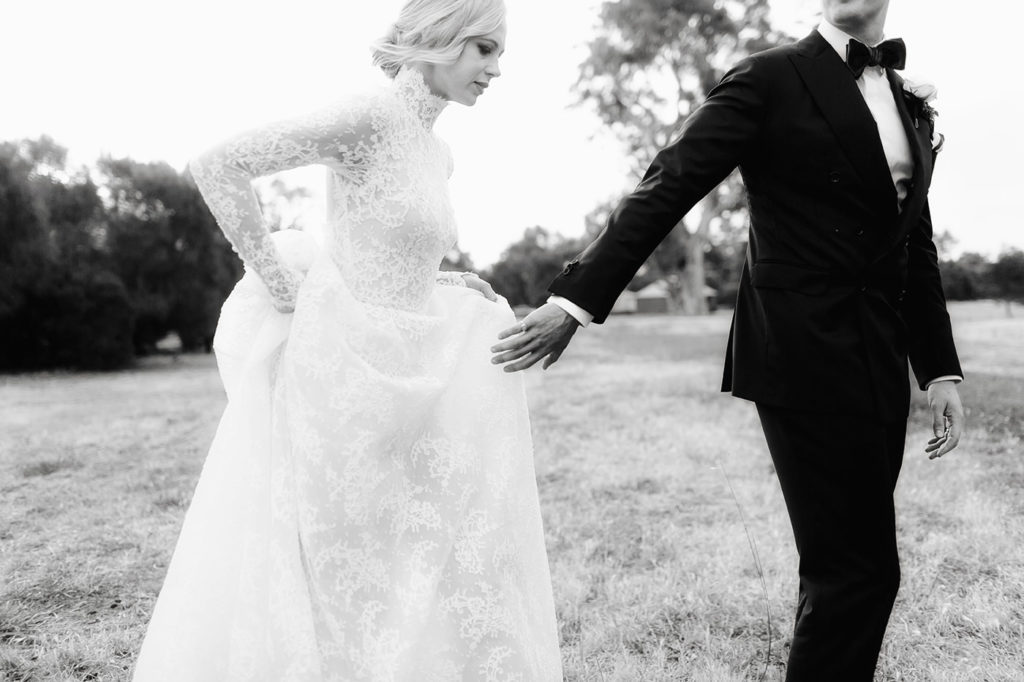
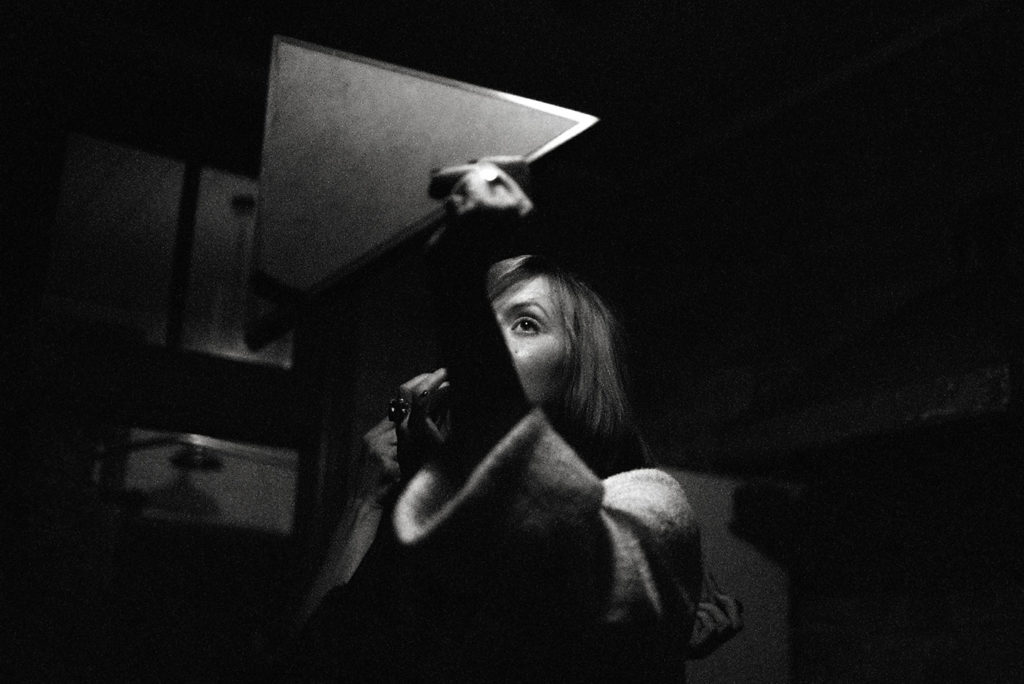

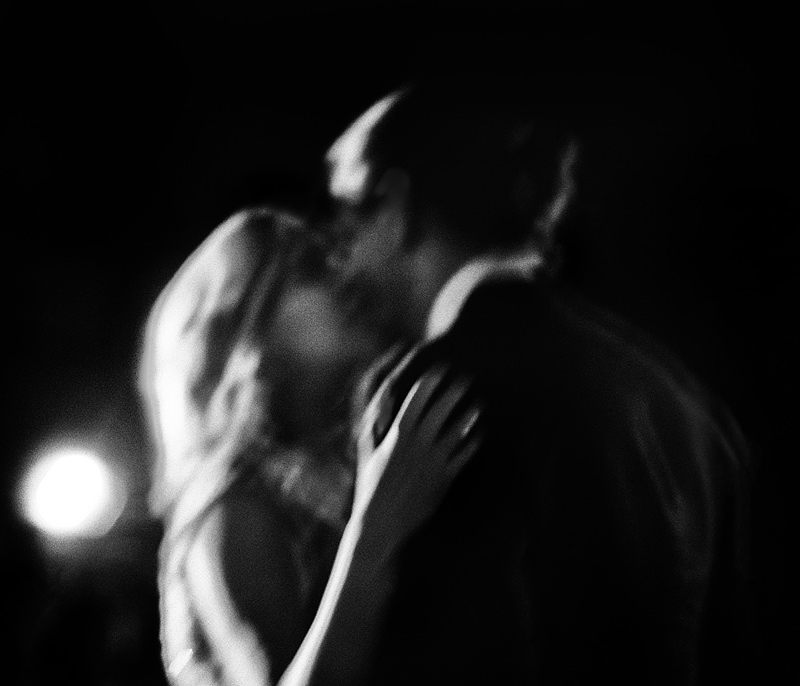
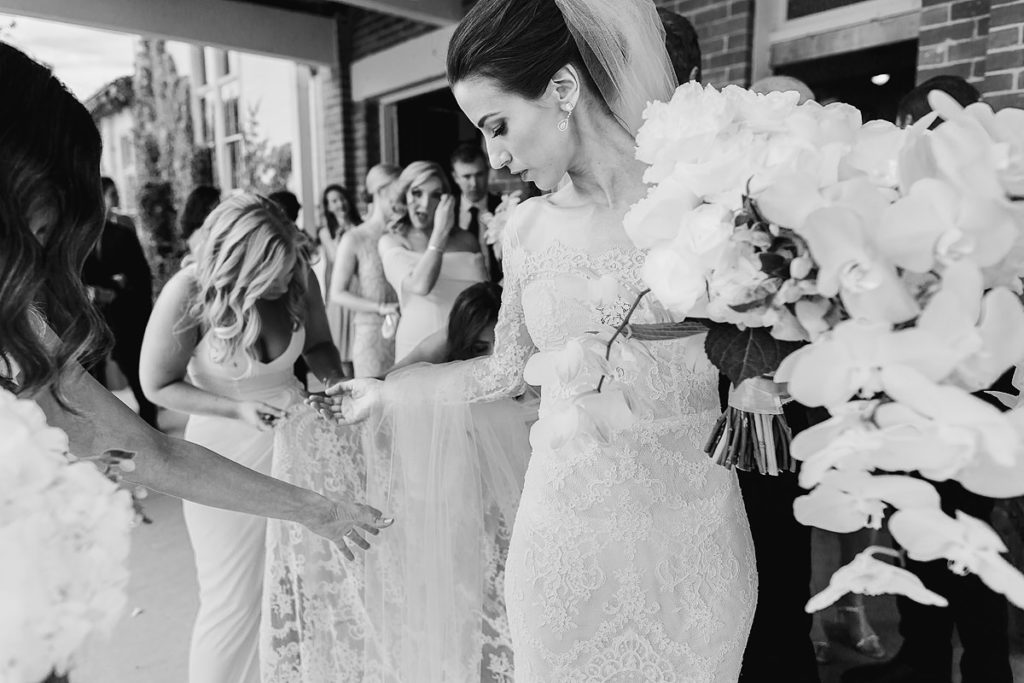
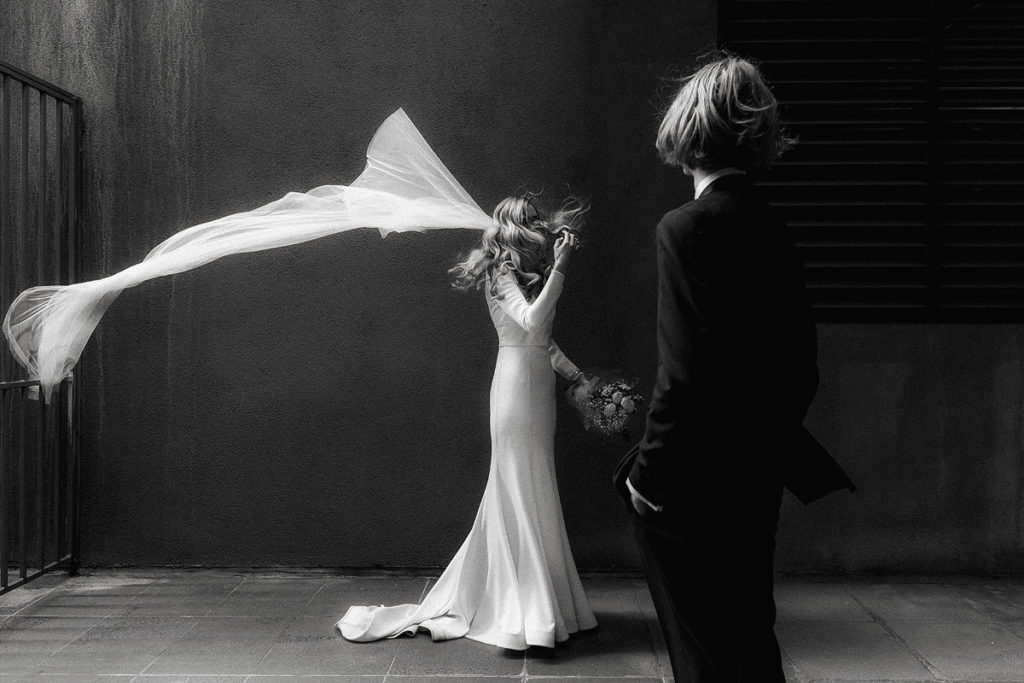
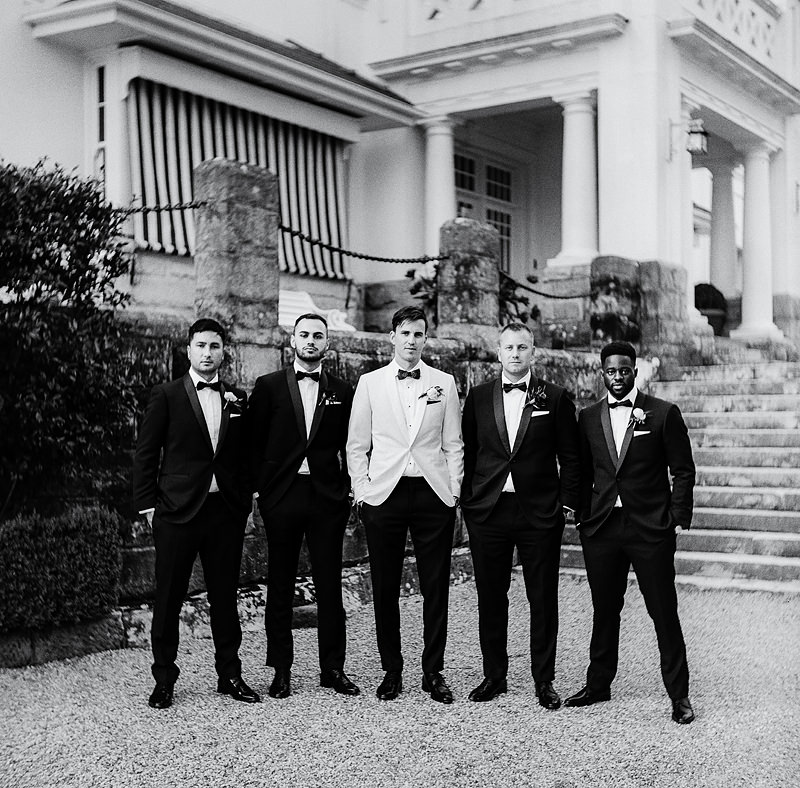
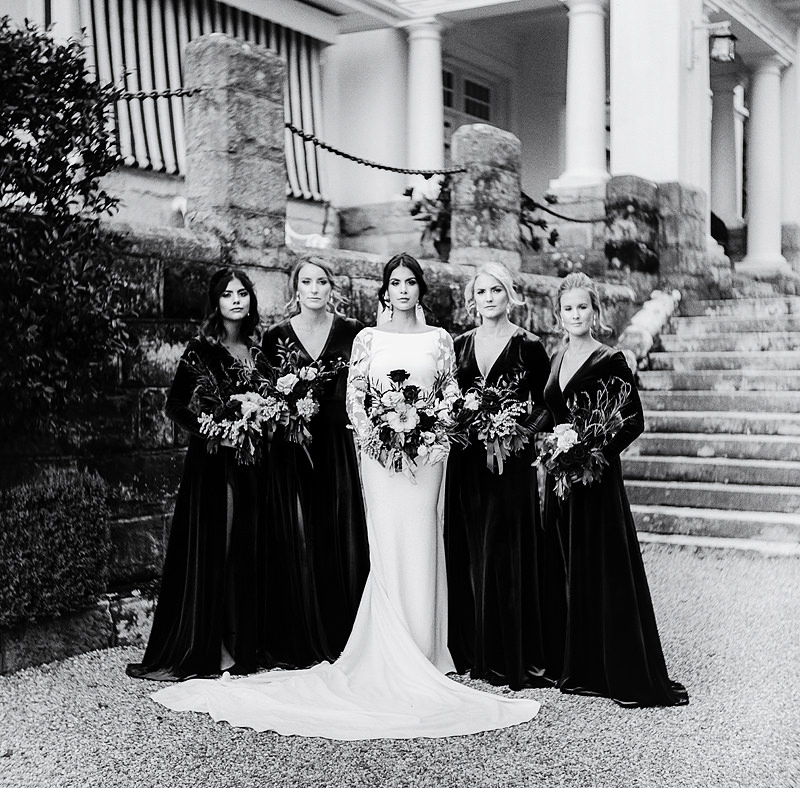
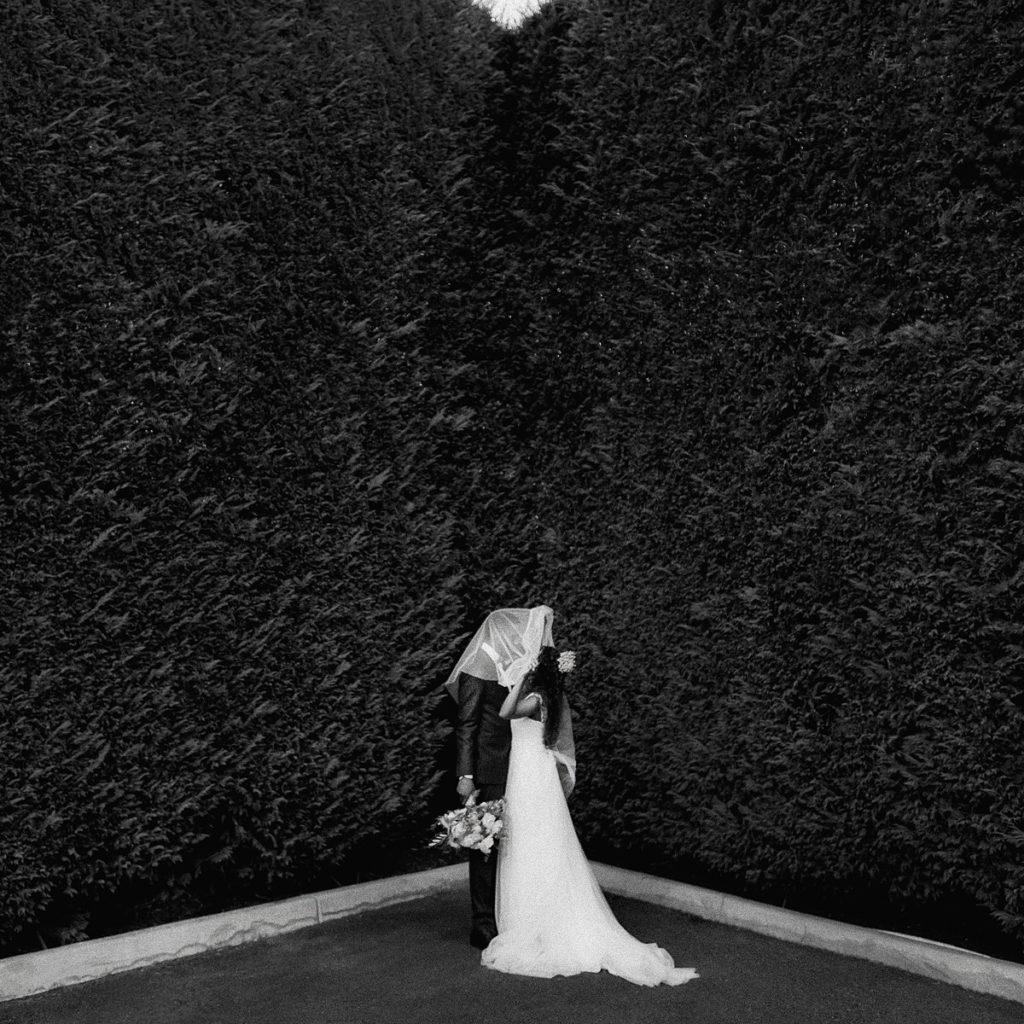
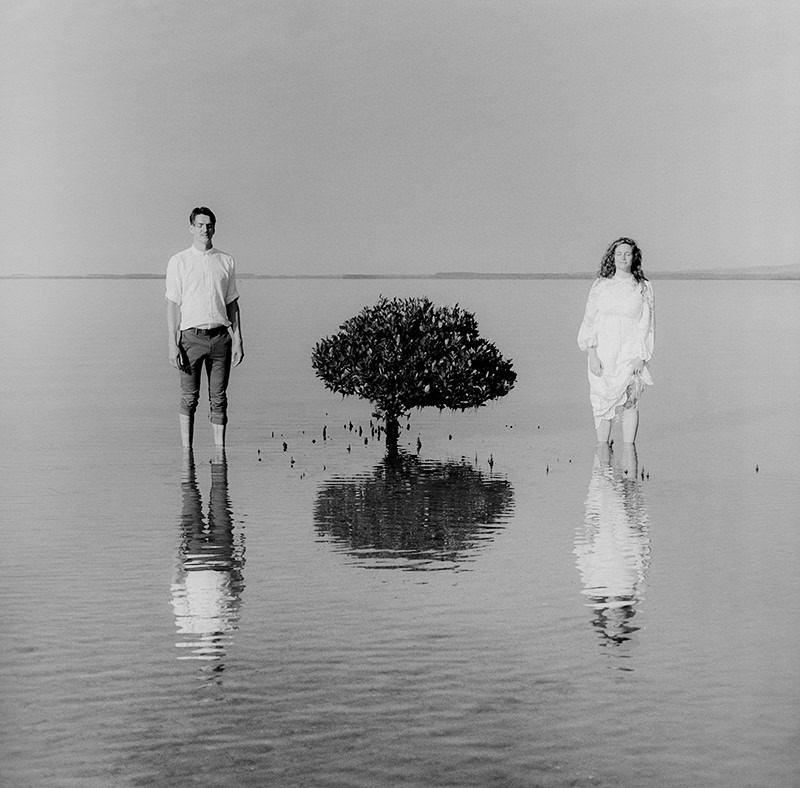
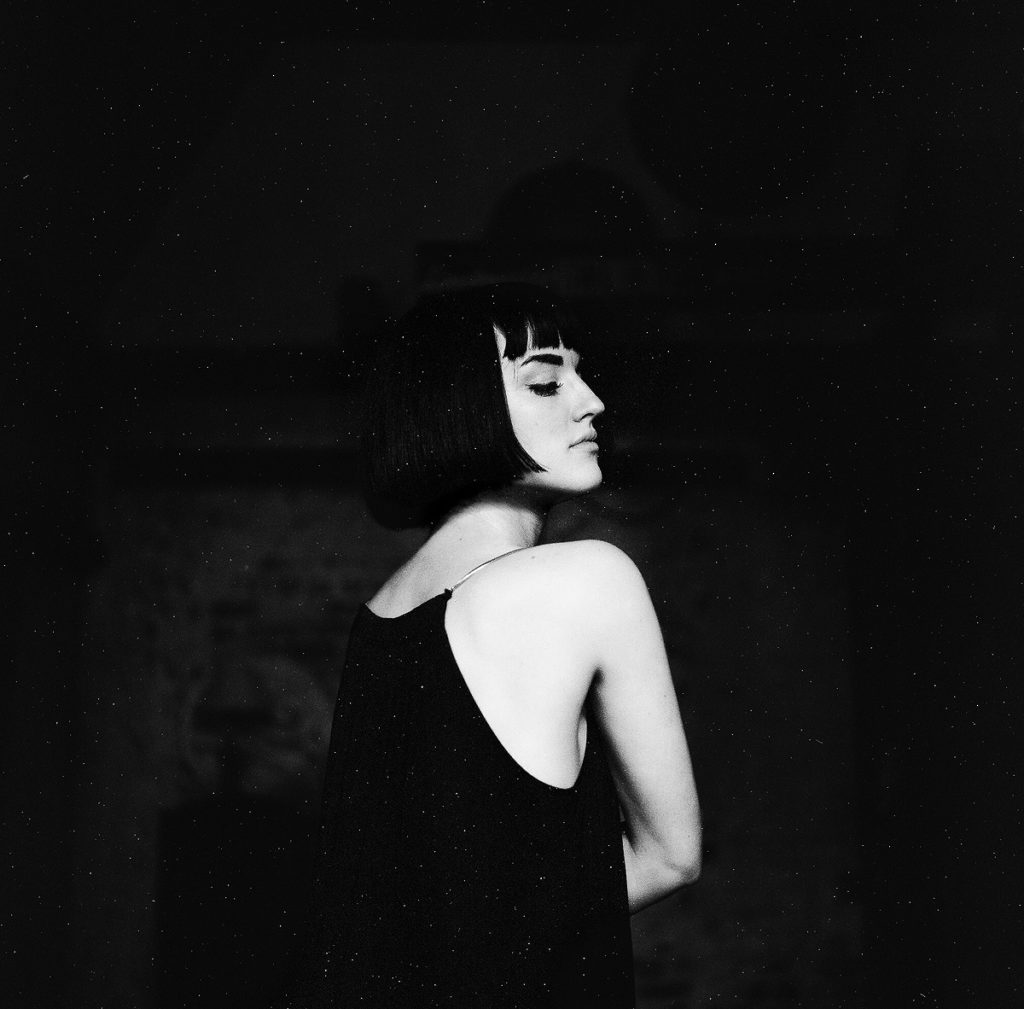
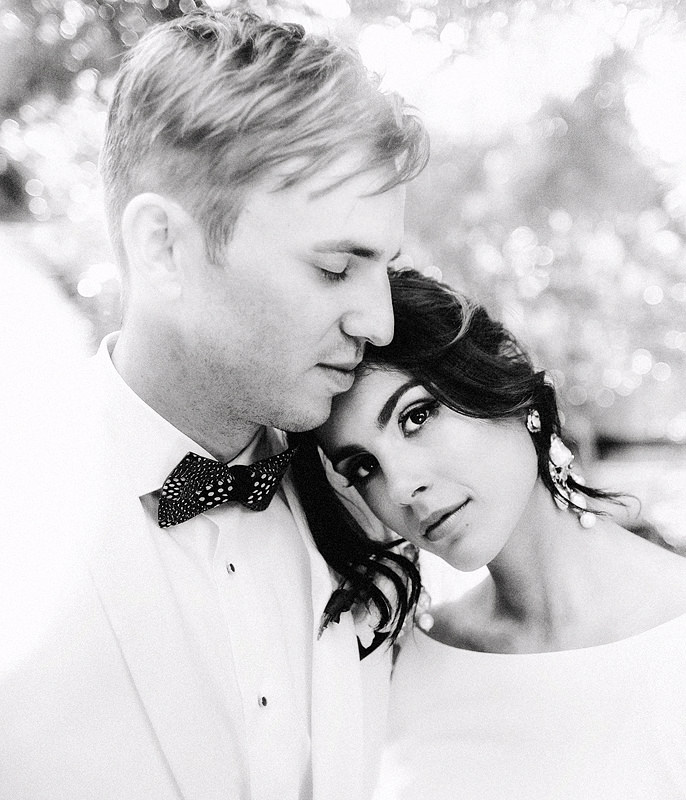
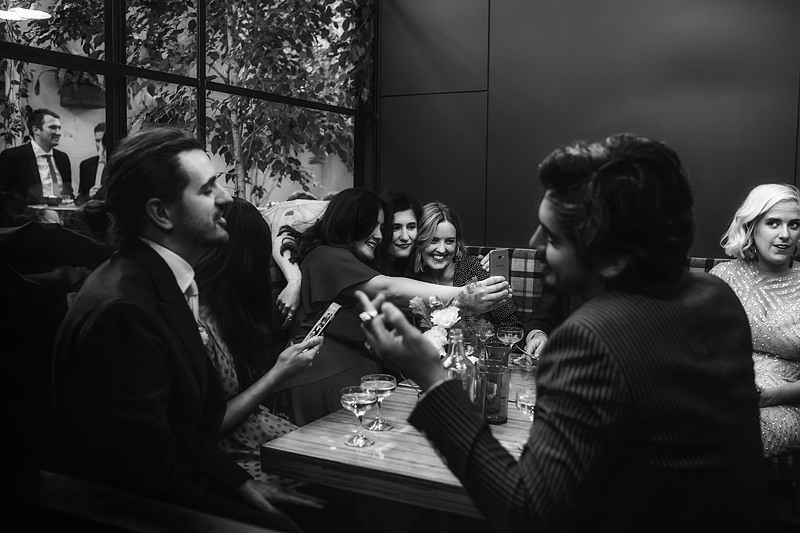
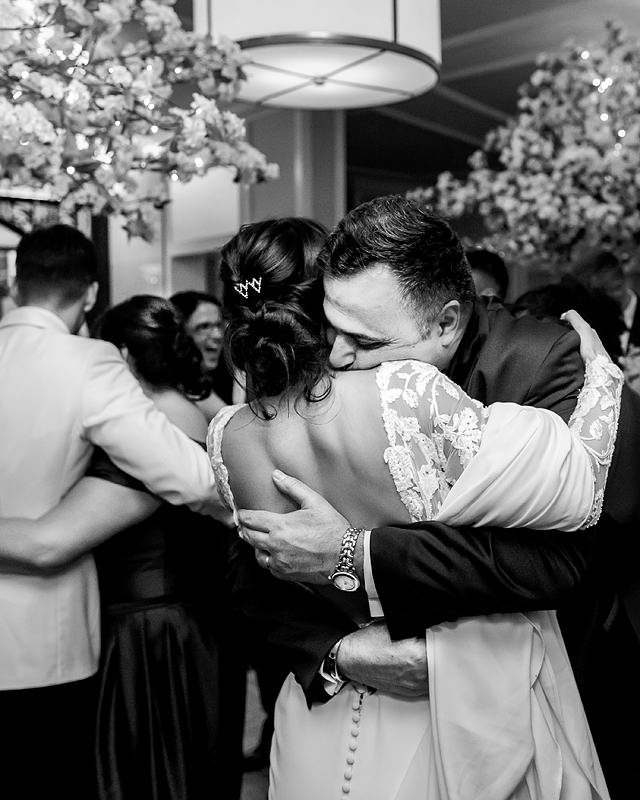
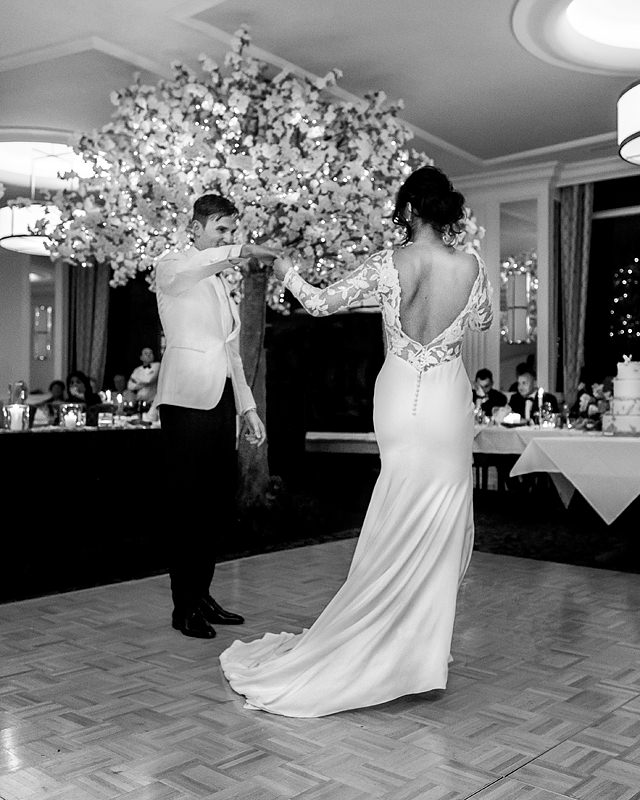
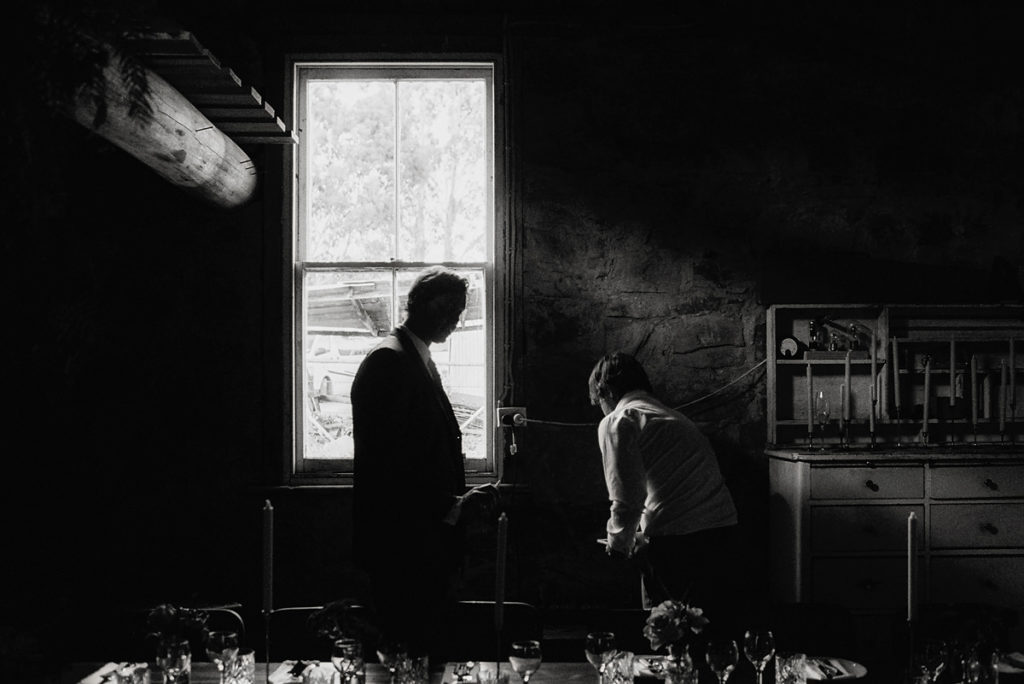
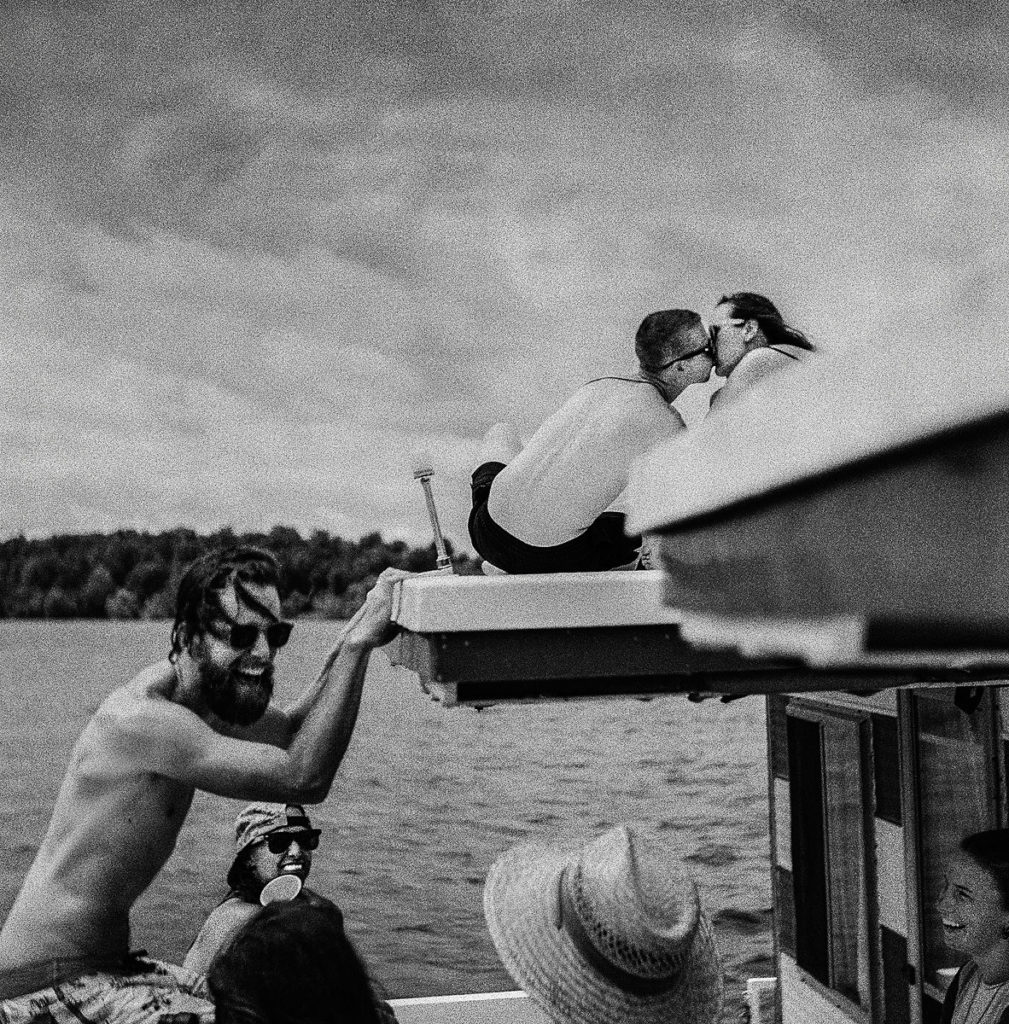
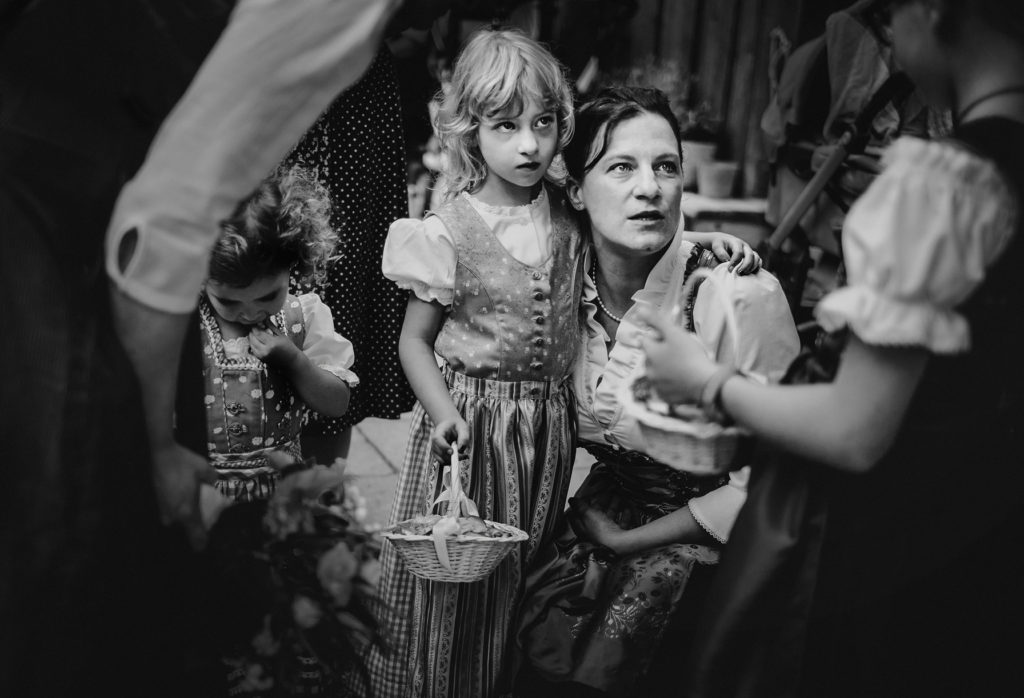
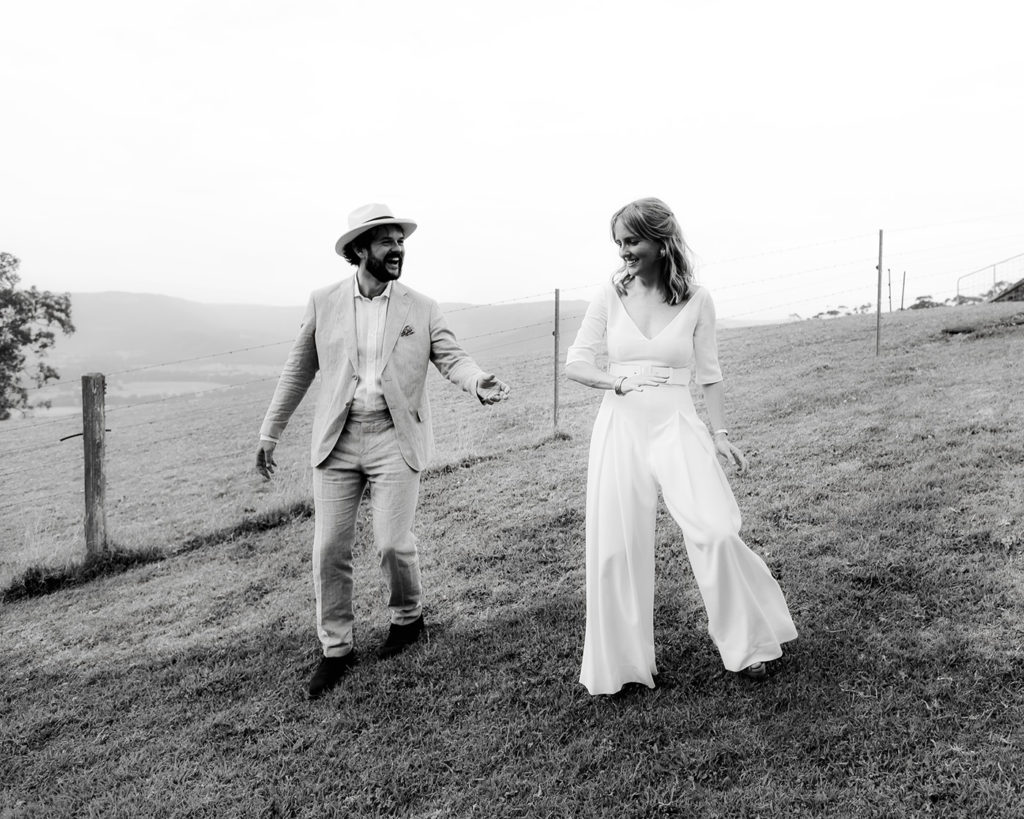
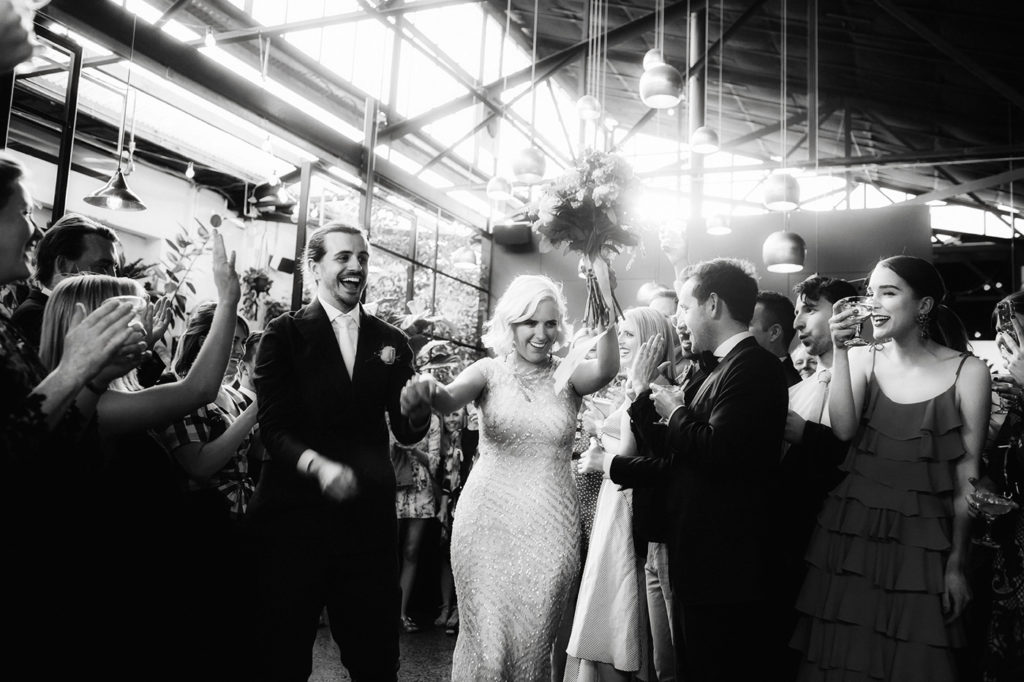
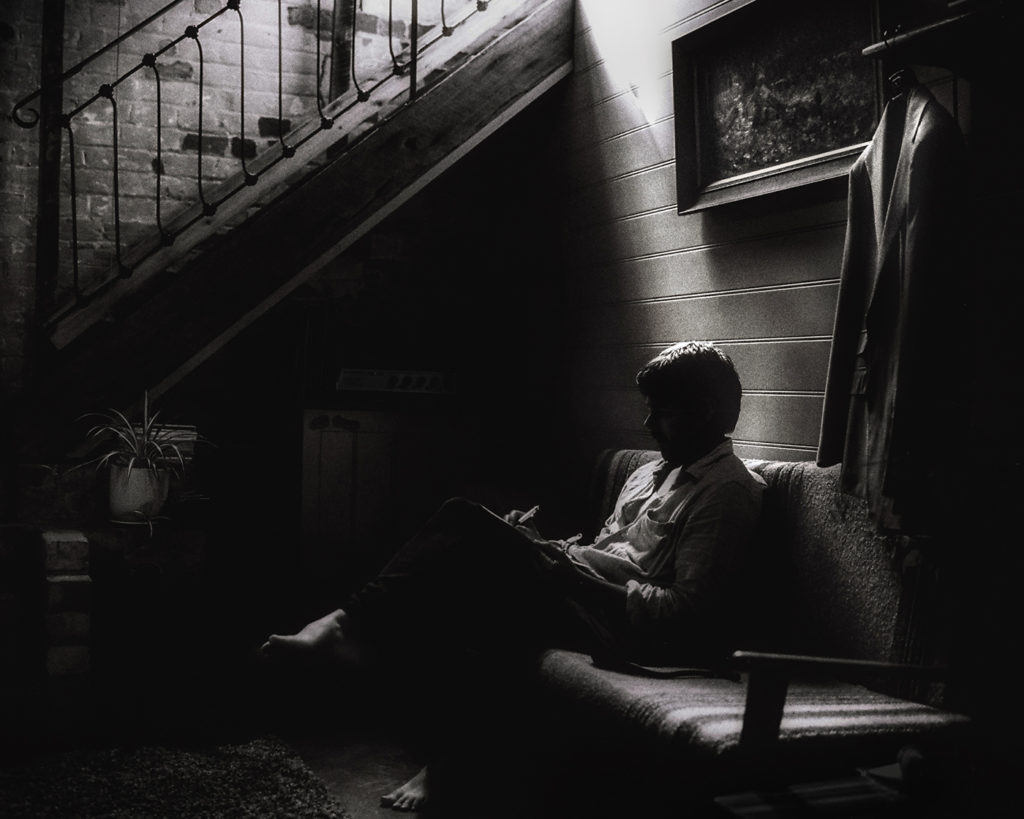
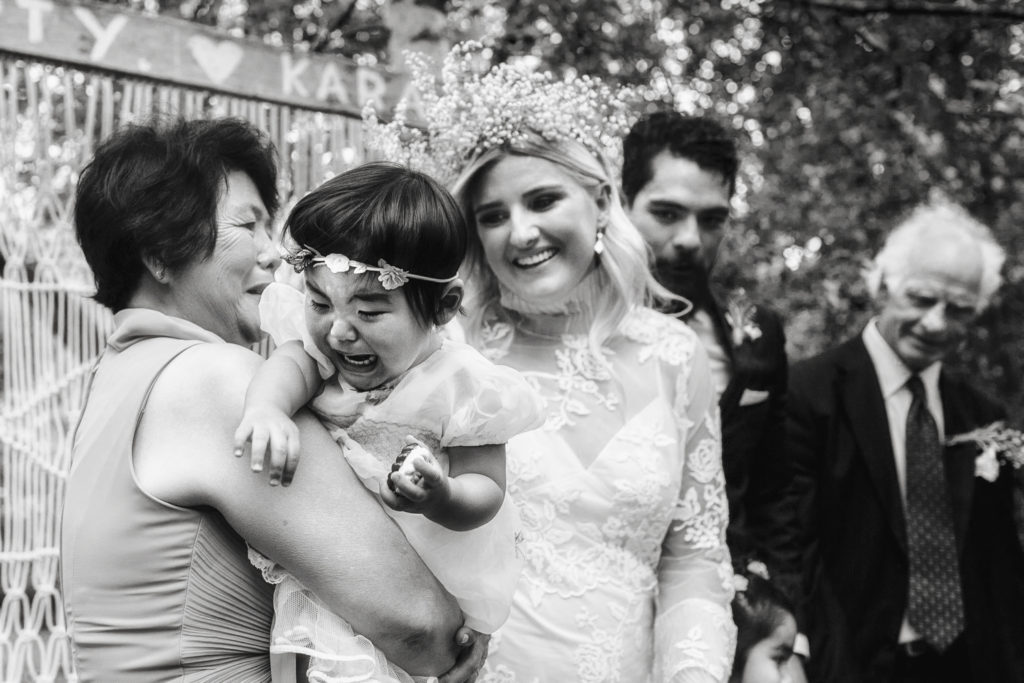
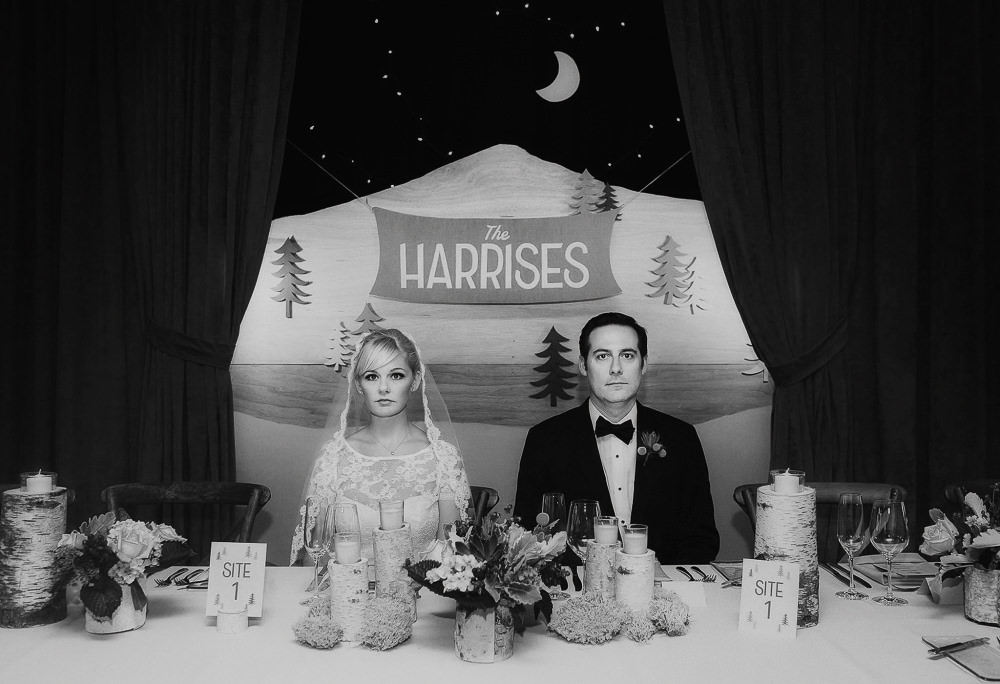
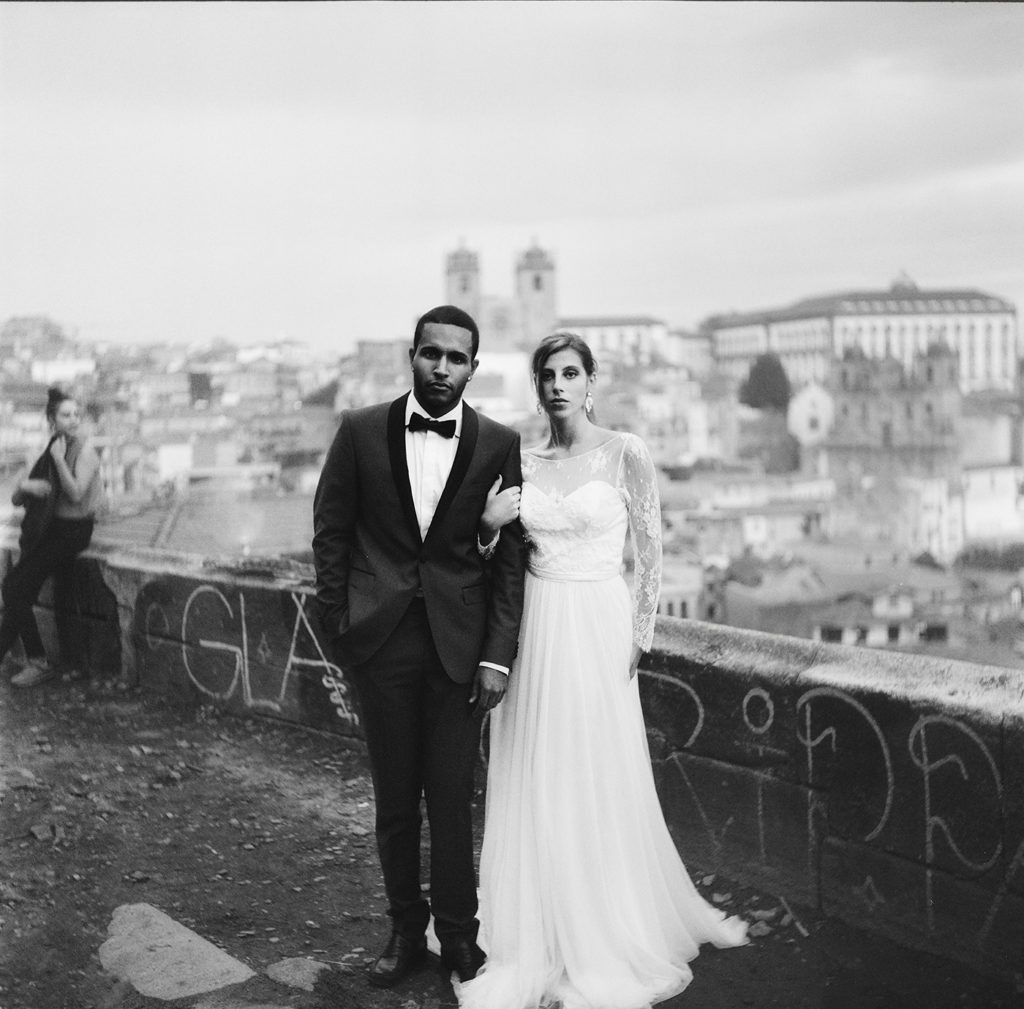
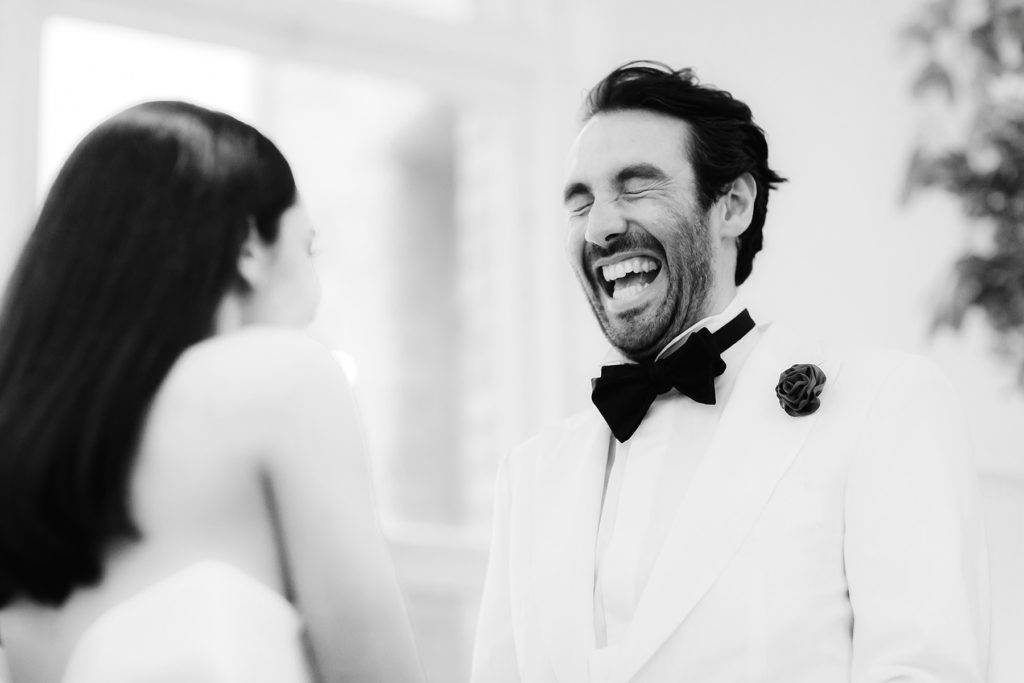
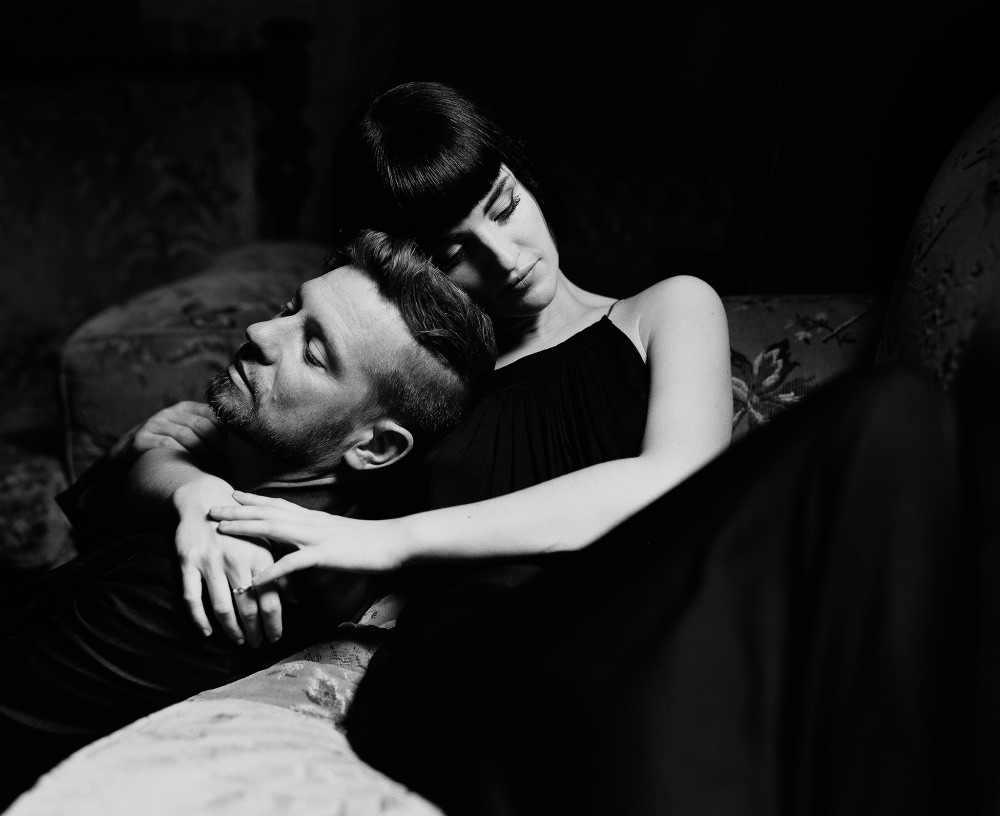
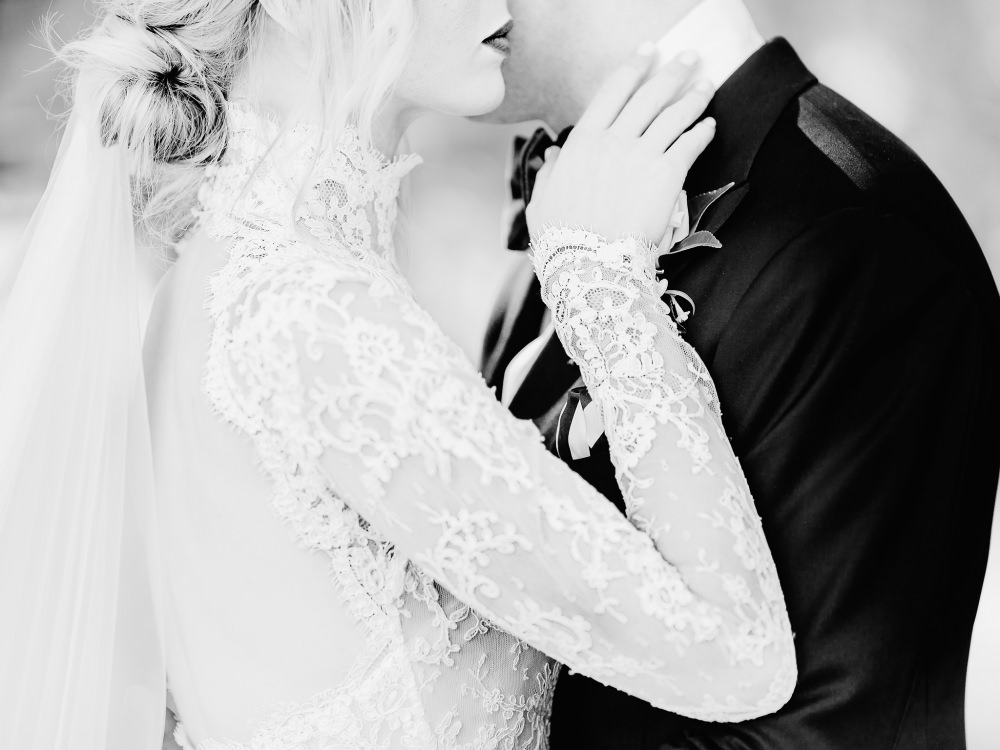
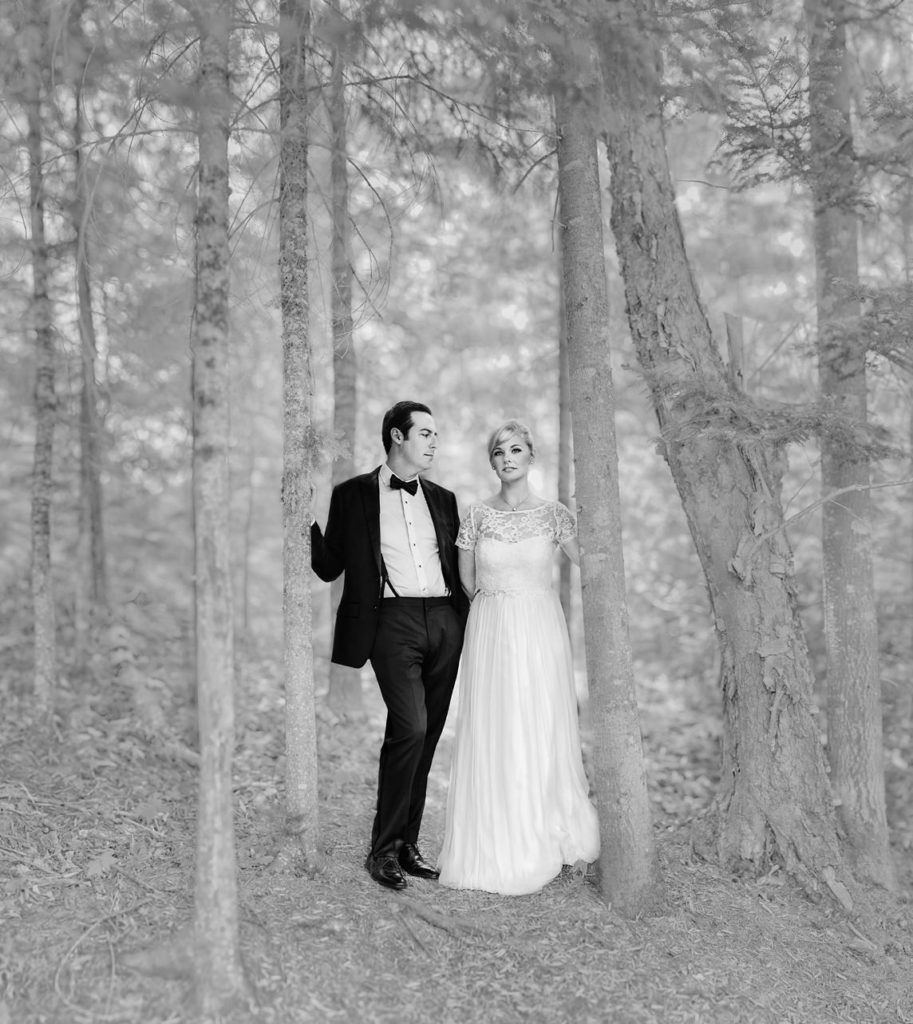
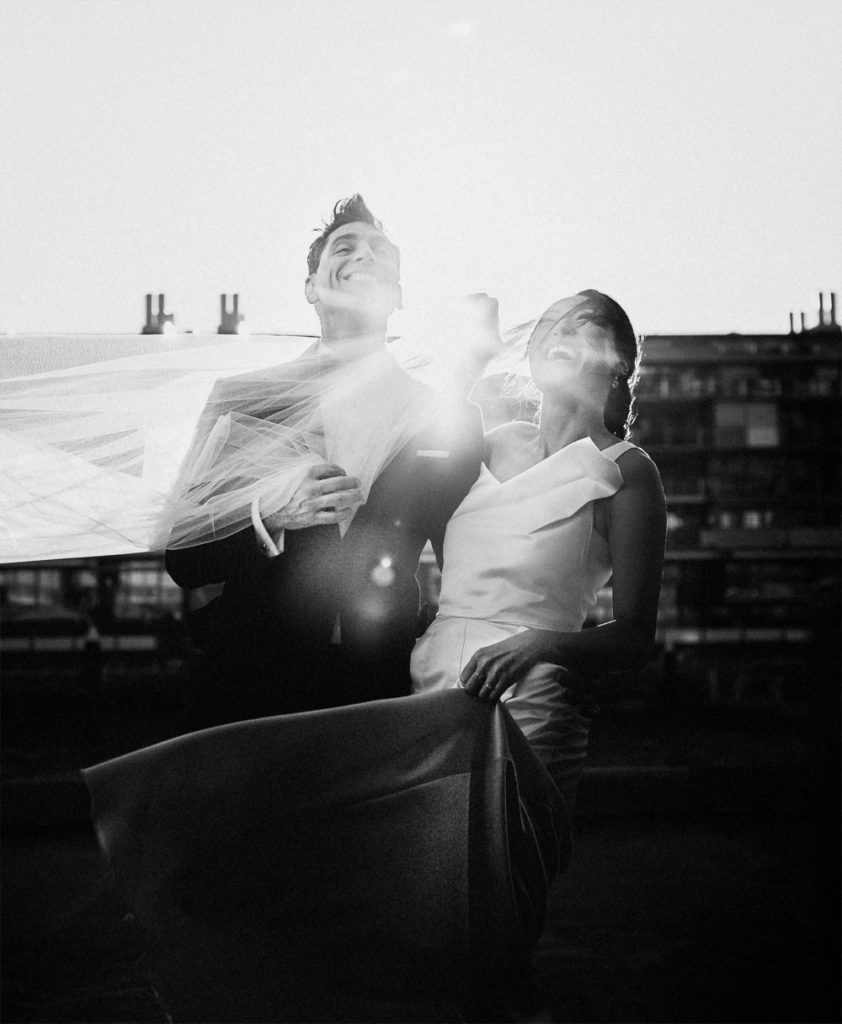
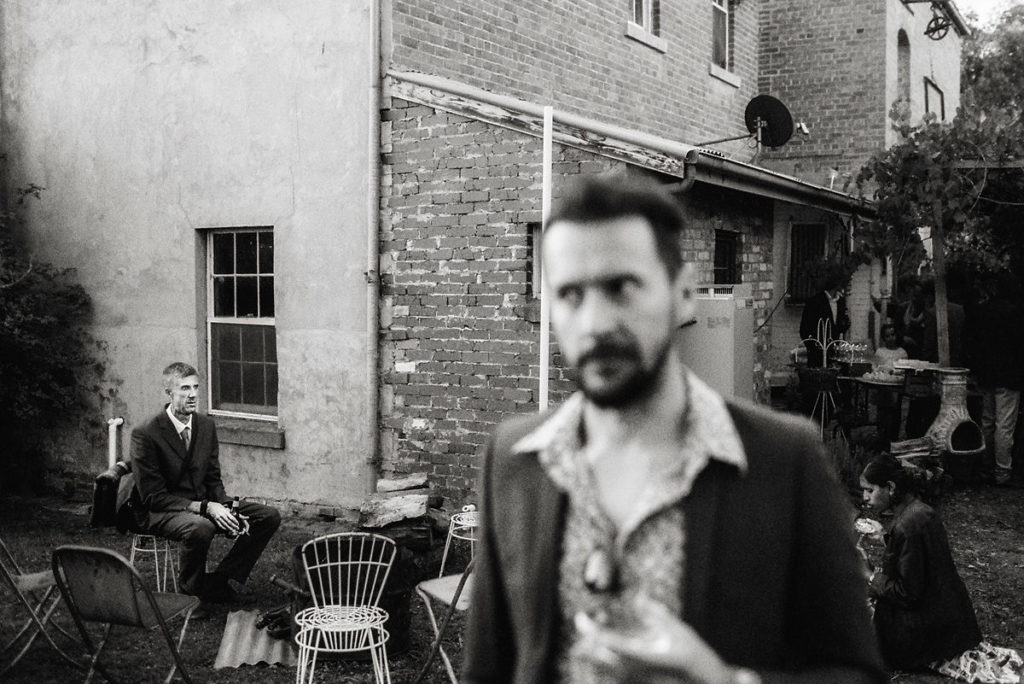
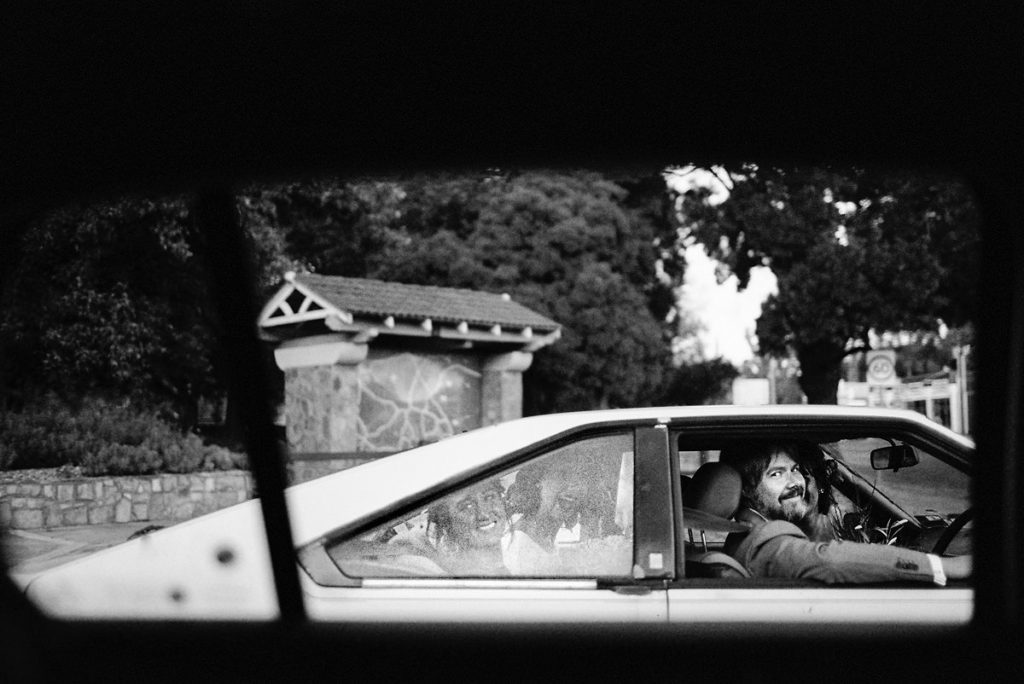
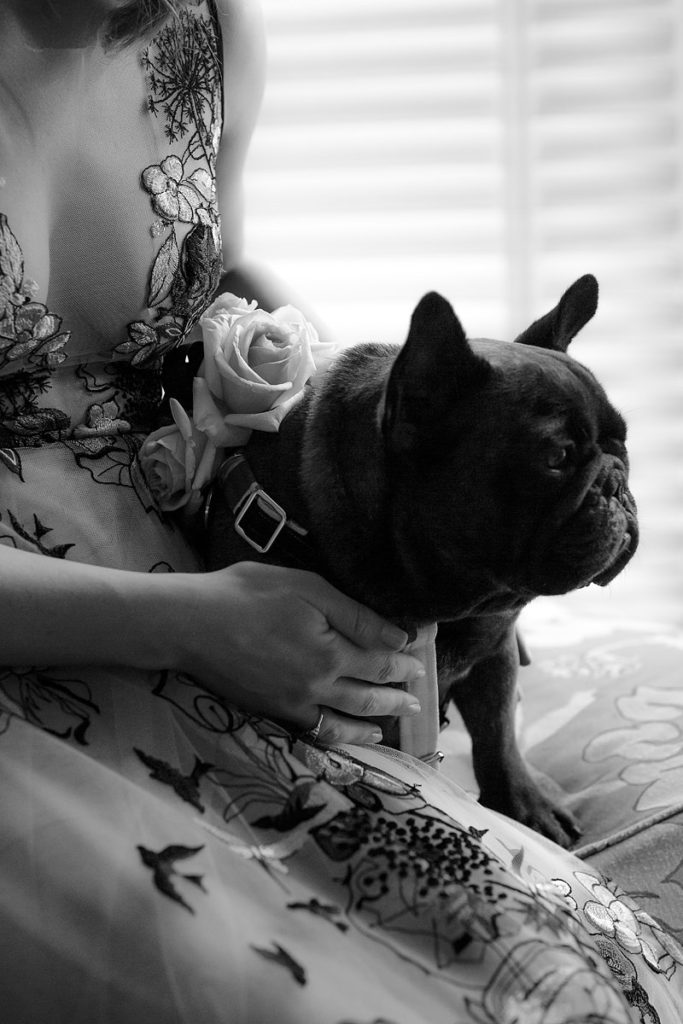
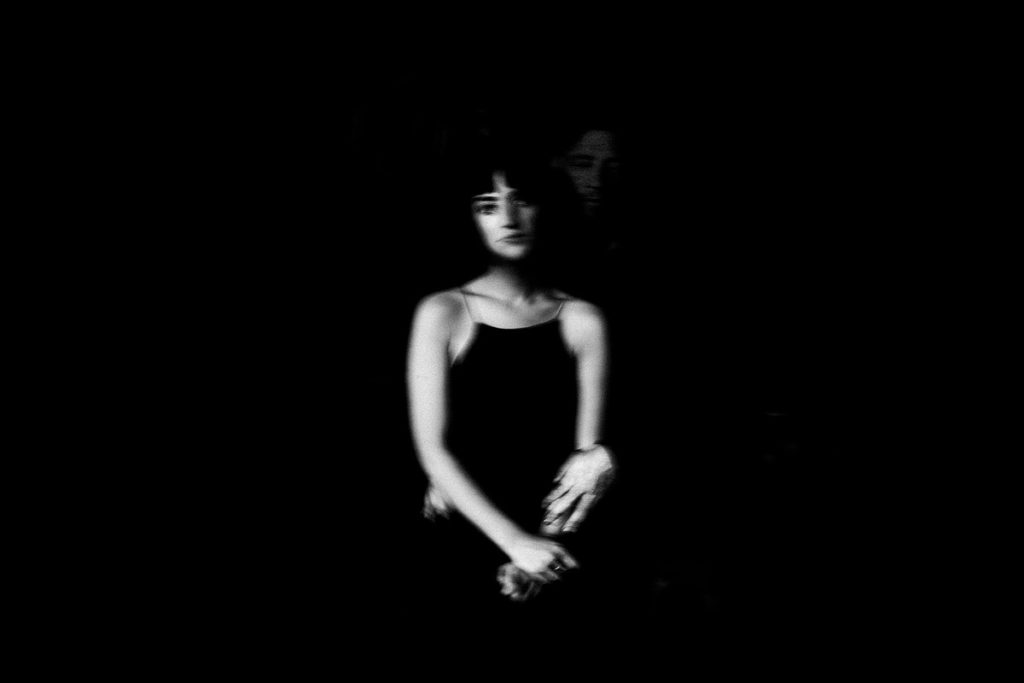
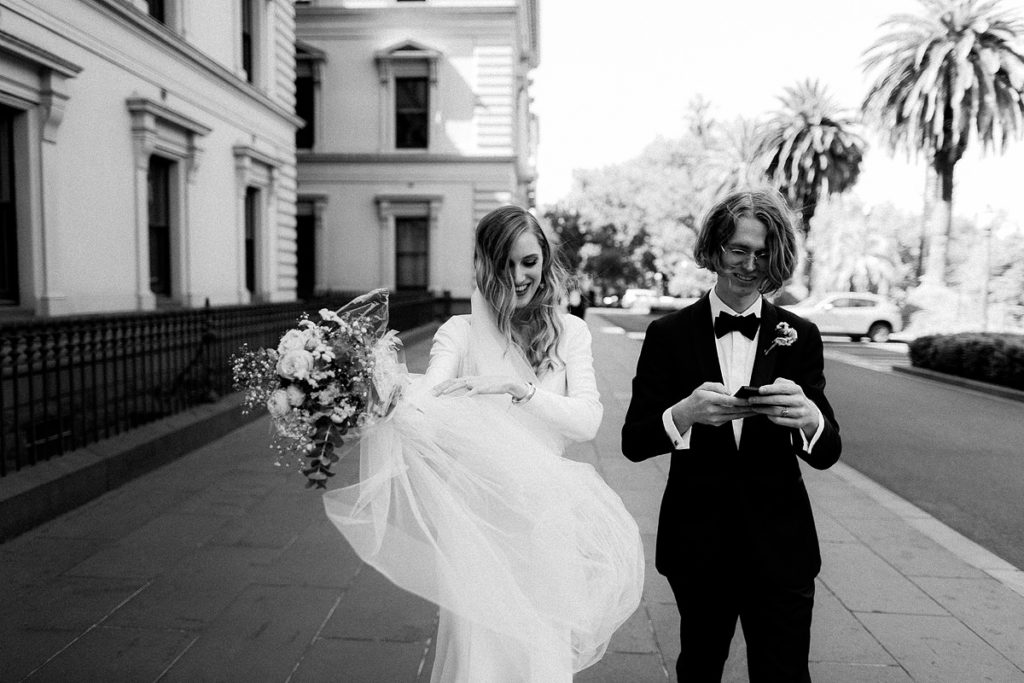
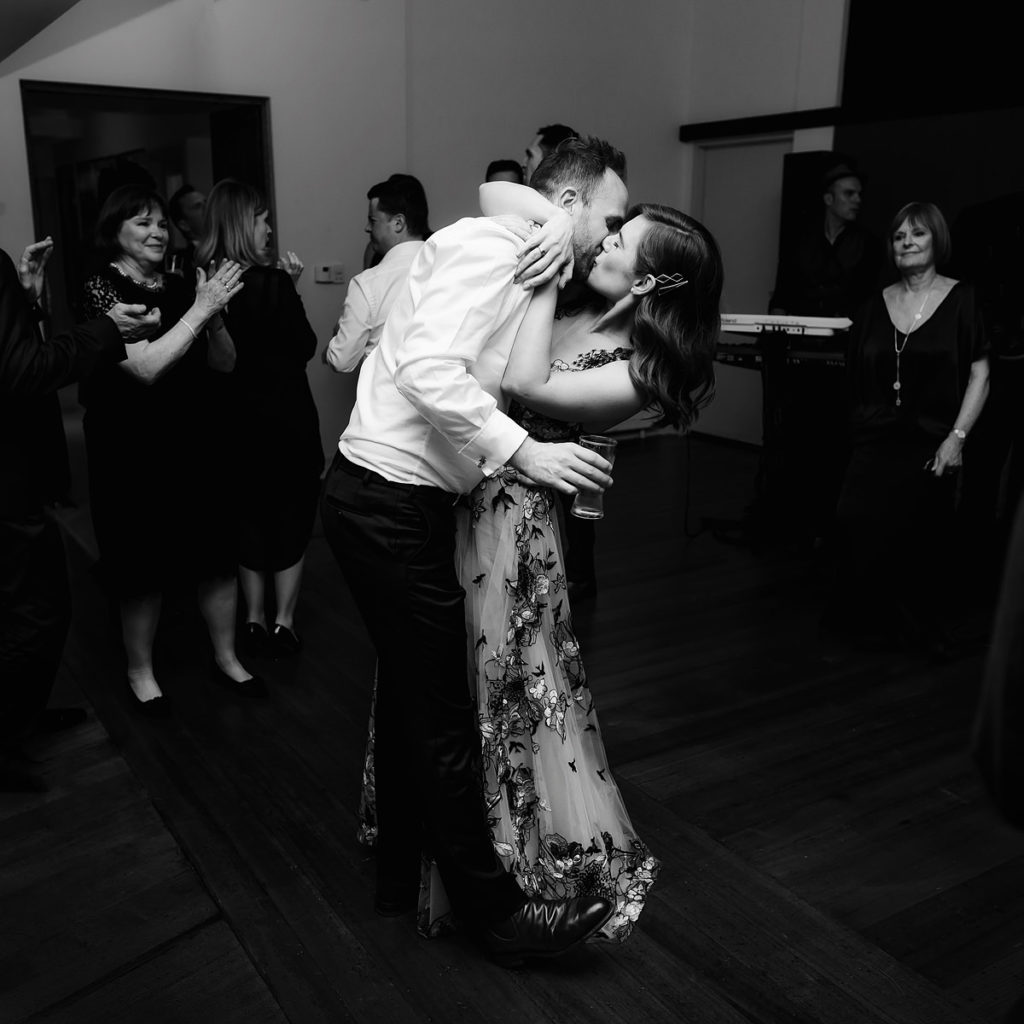
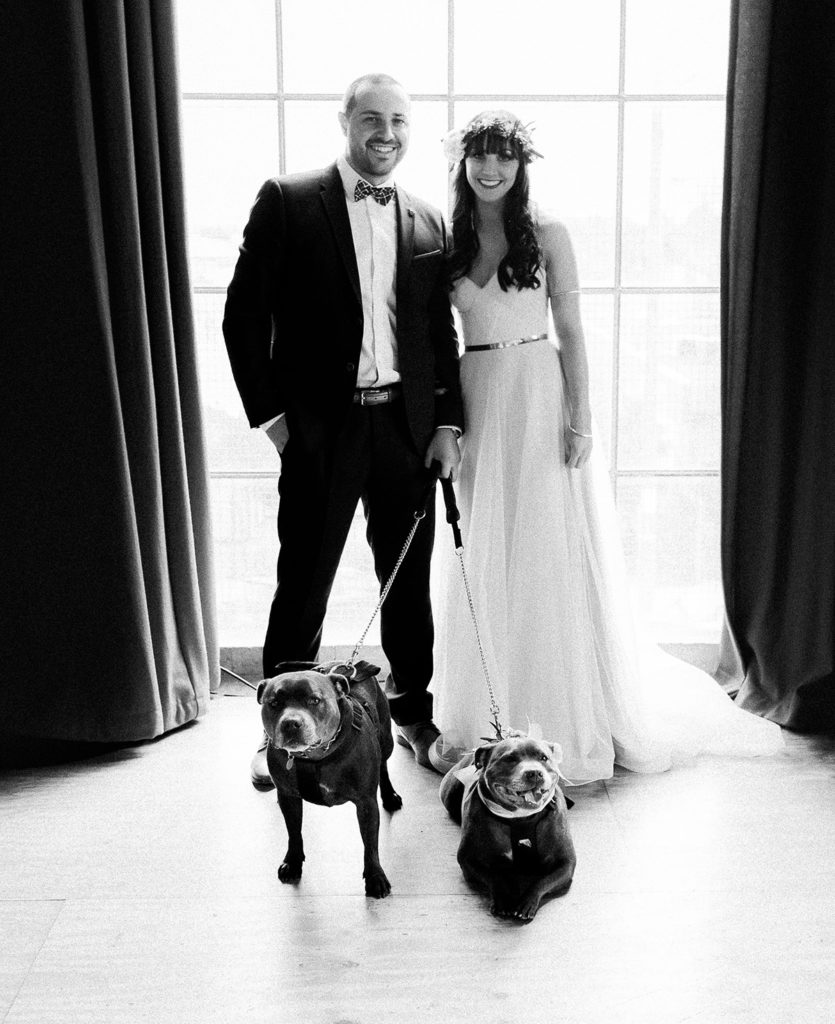
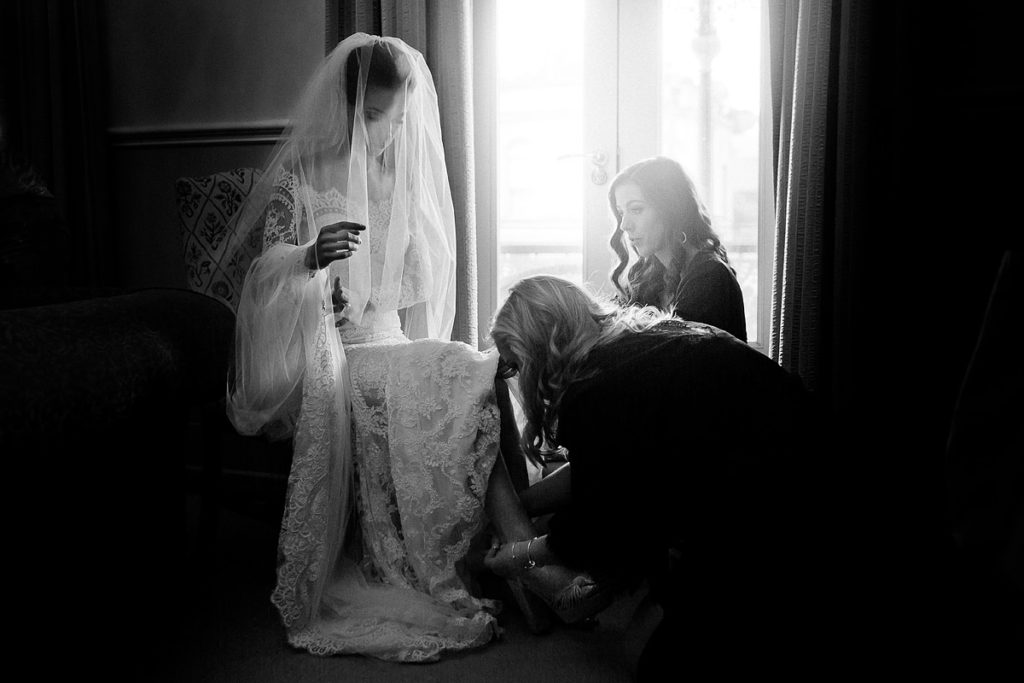
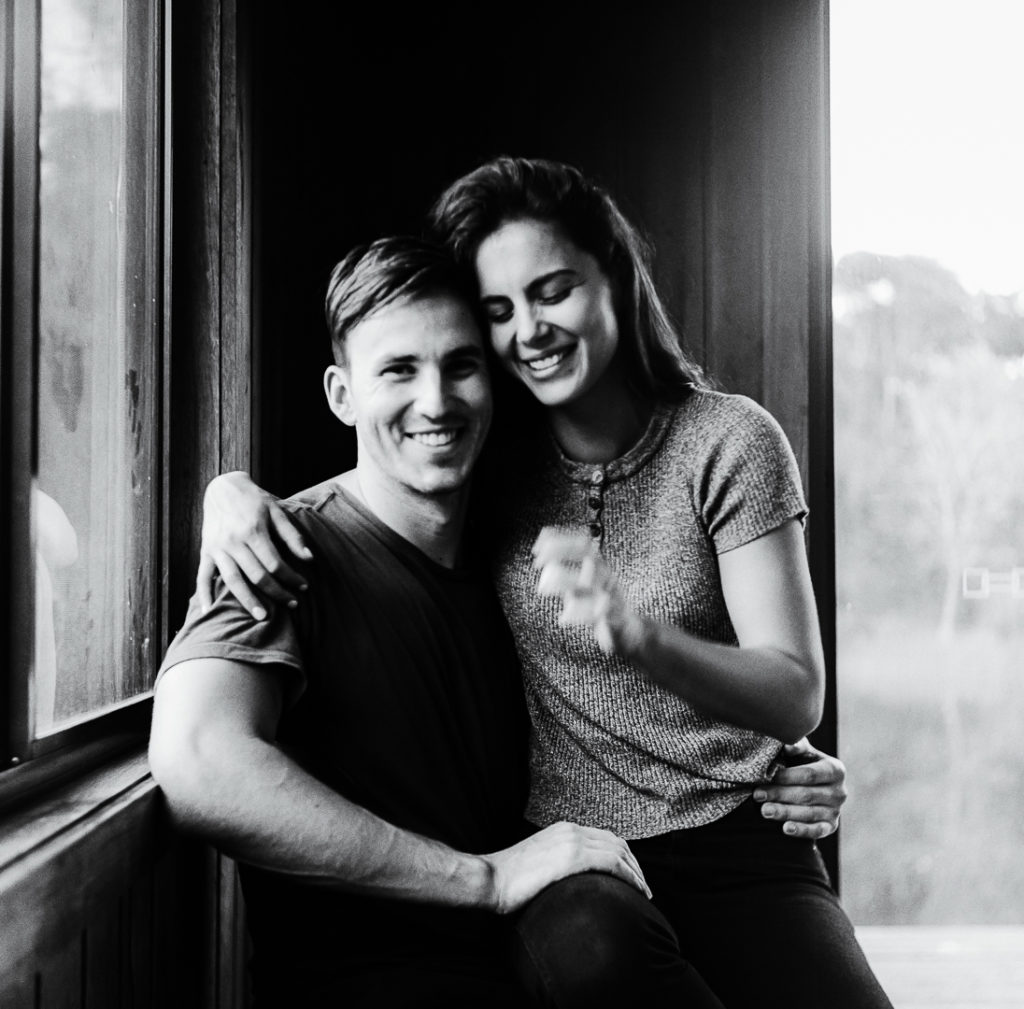
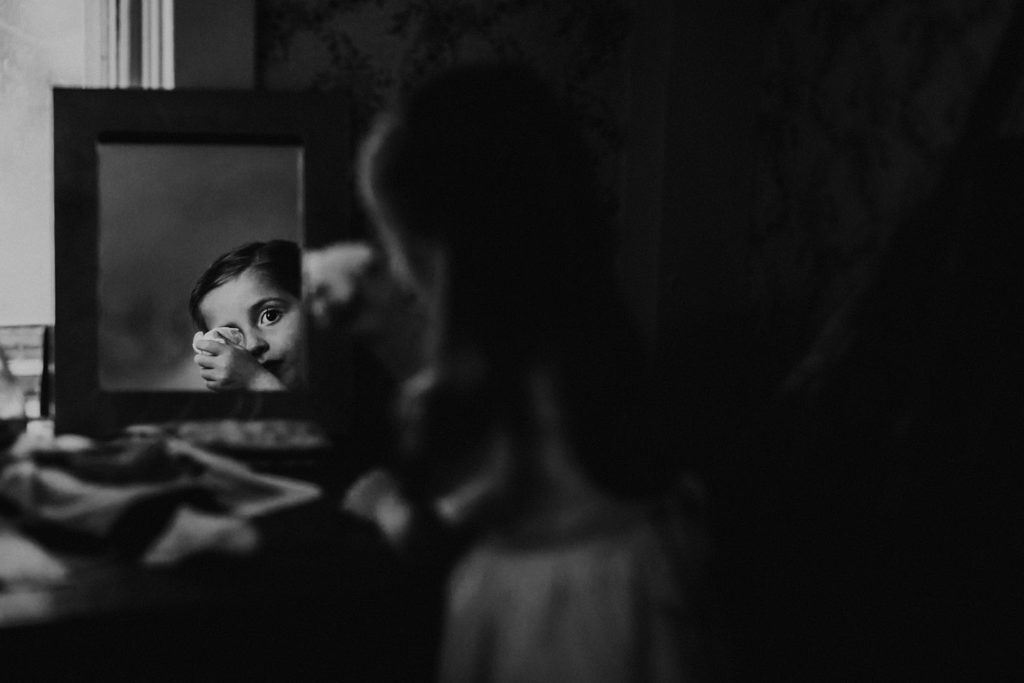
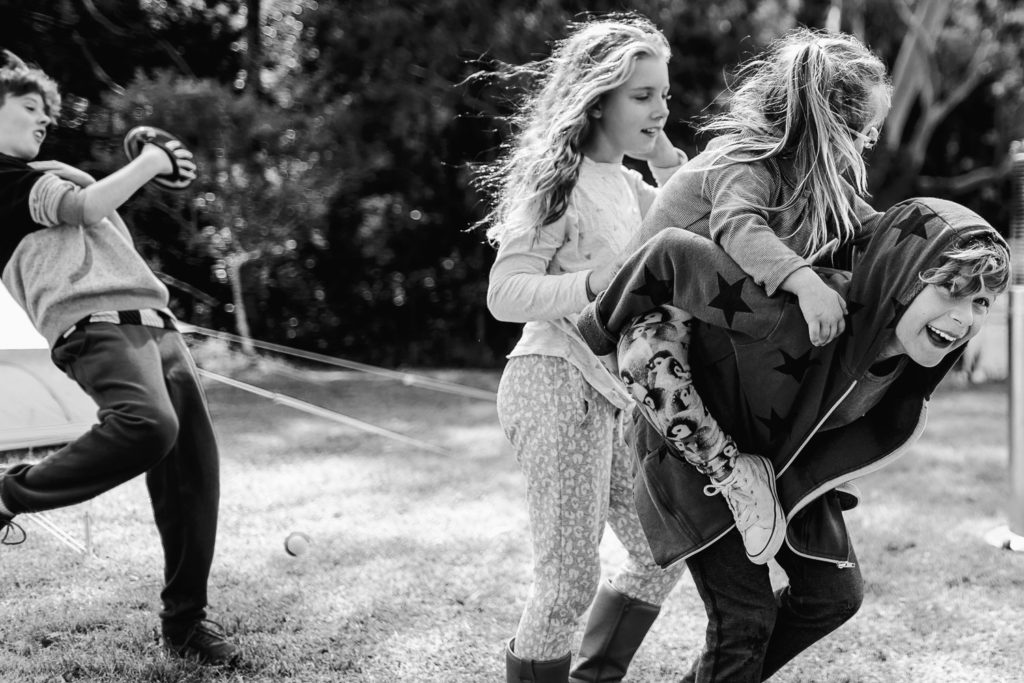
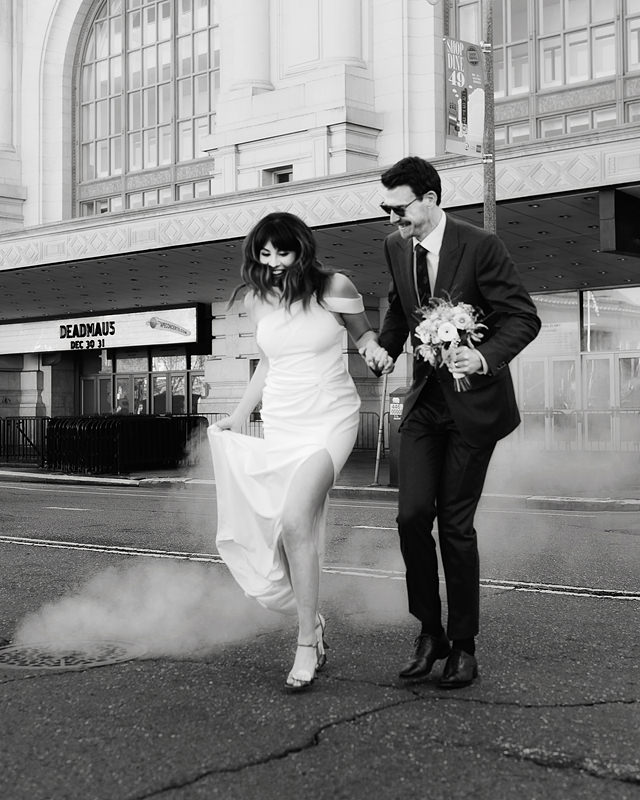
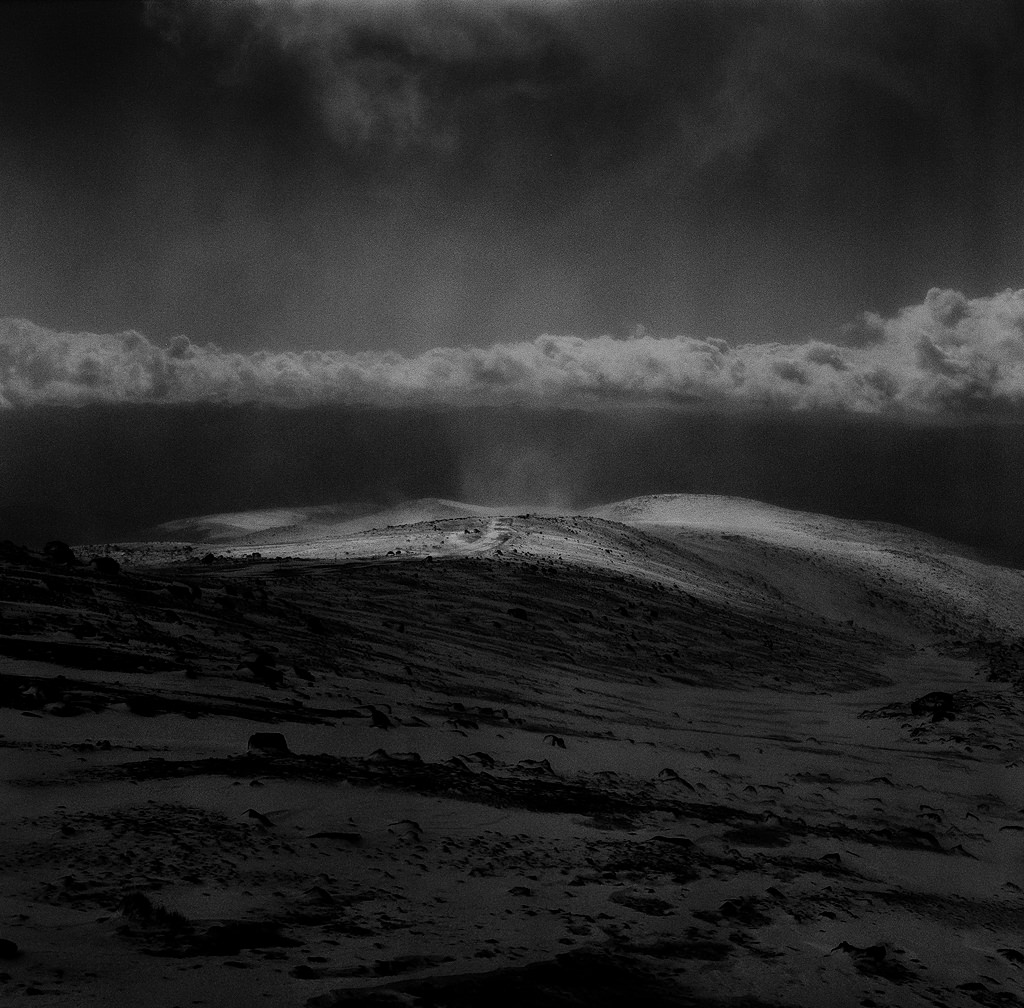
Shot on Kodak Tri-X (more over at film wedding photographer)
To see how I edit black and white images, head over to Melbourne wedding photography workshop.
Mar 16, 2020
Melbourne Elopement Photography: what do less stress, more money left in the account, and rampant good times have in common?
They’re just three of the (many) glorious benefits to either having an elopement or small wedding. At Briars Atlas Elopement Photography Melbourne Services Pty Ltd (let’s run with that name for now) i’ve photographed so many beautiful small weddings and elopements in Melbourne and in greater Victoria including the Mornington Peninsula (check out these wedding venues on the Mornington Peninsula) and Yarra Valley.
I’m a Melbourne elopement and small weddings photographer, and one of the great joys of this job is working with smaller intimate weddings, with just you two, and maybe a tiny crew. It’s a chance to enjoy the meaningful part of the whole wedding thing (the marriage bit) with so much more calm and clarity.
The other great thing about a small wedding or elopement in Melbourne or greater Victoria is that there is usually more flexibility to have it all happen any day of the week. Generally though, they happen on a Wednesday through Saturday, but it can of course be any day you like.
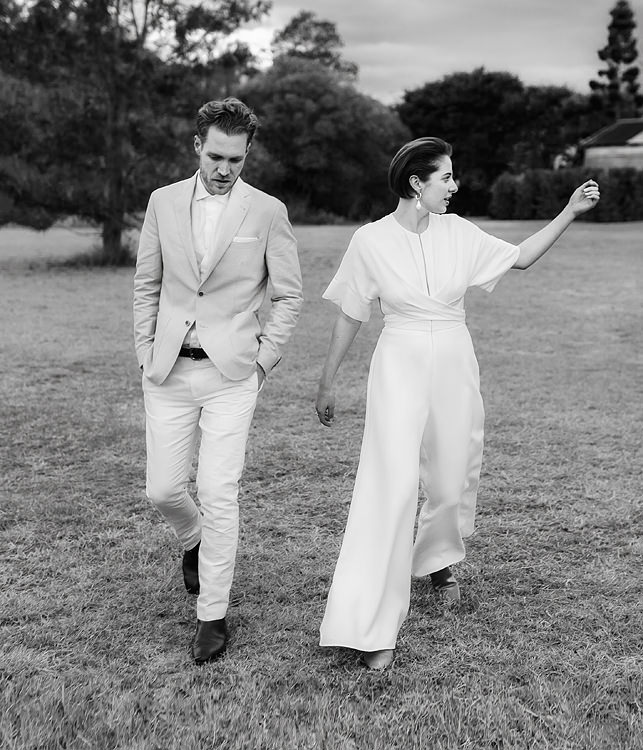
If you’re considering a small wedding or eloping in Melbourne or you’re looking for how to get married quicky in Australia, you can see a list of our favourite wedding photo locations in Melbourne that we’ve put together, all with examples of couples we’ve worked with at each of them.
Pair one of our brilliant locations with one of Melbournes best wedding celebrants, and you’re off to a flying start. In my experience, elopements can be anywhere between 1 and 10 hours long, however the average length of elopement photography is probably somewhere around the 2-4 hour mark: enough to capture your beautiful ceremony, and then some portraits and gentle anarchy afterwards.
Take a look at the beautiful couples below, and if you feel like the way I see things could be the right fit for your small wedding or elopement, i’d love to have a chinwag (/shiraz, etc).
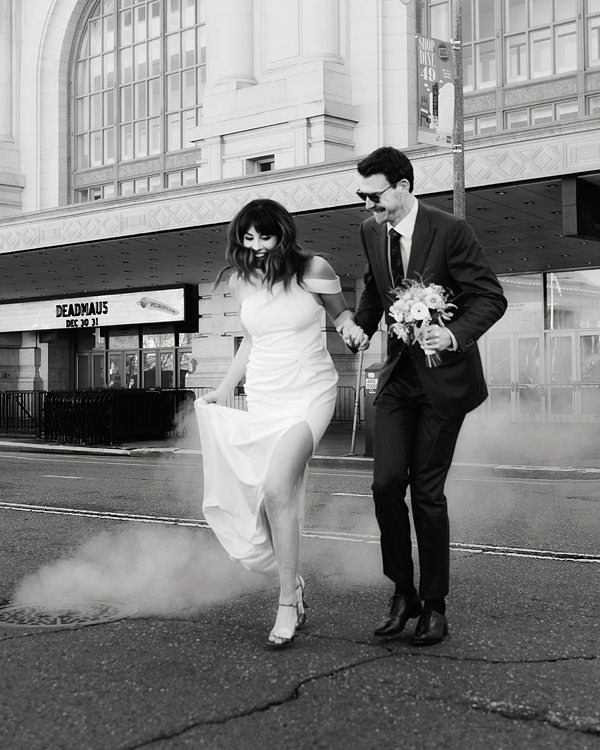

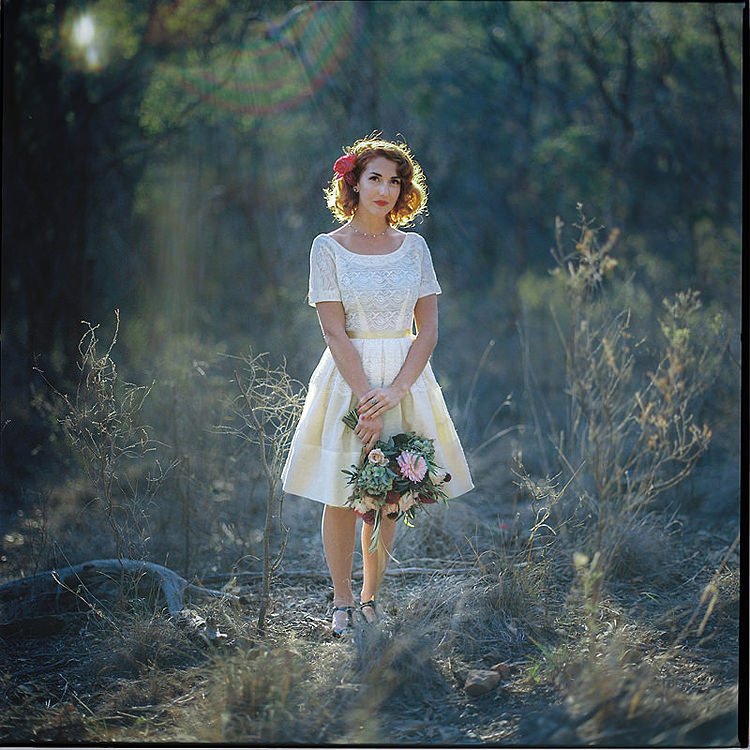
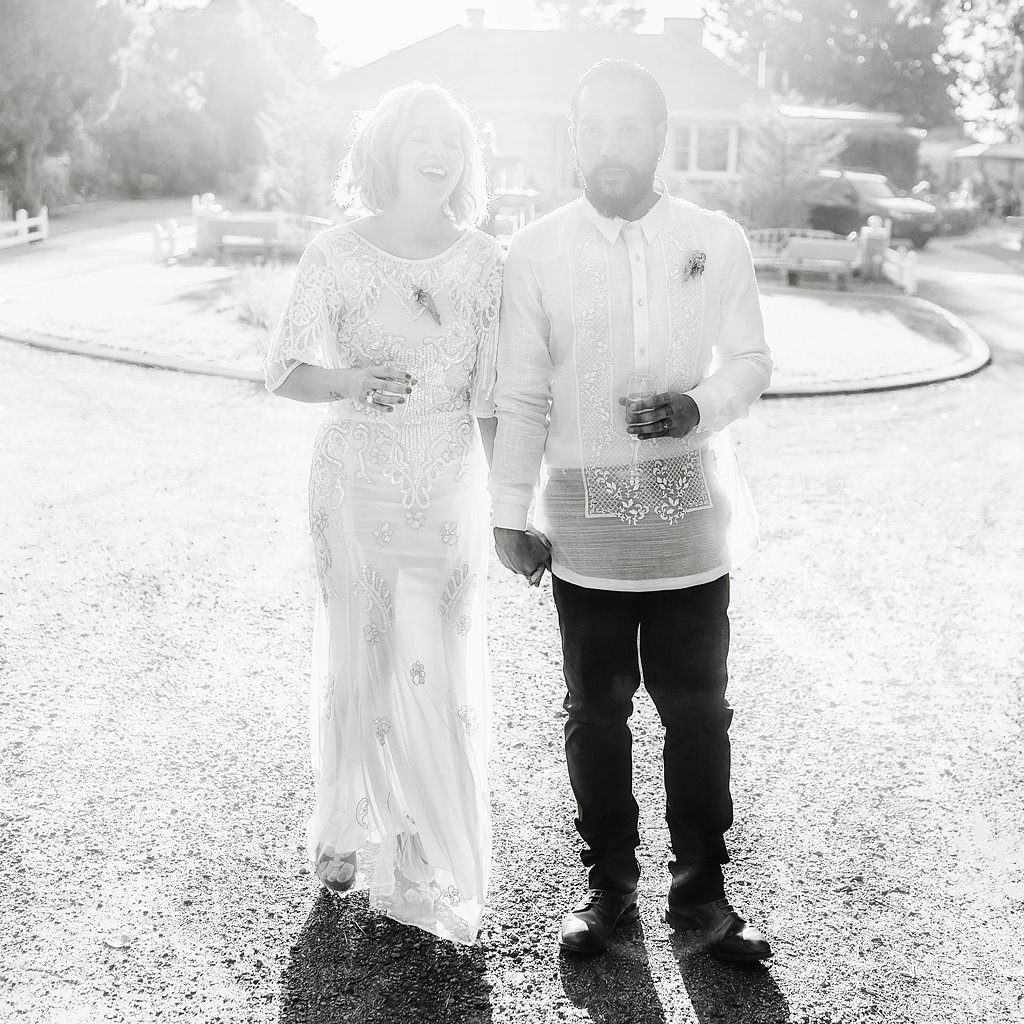
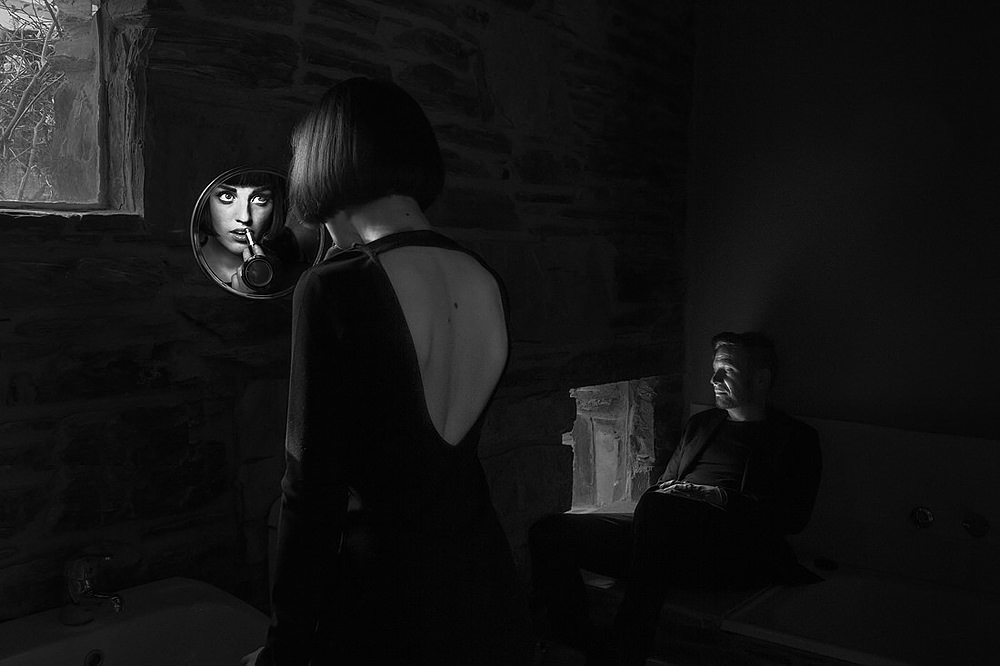
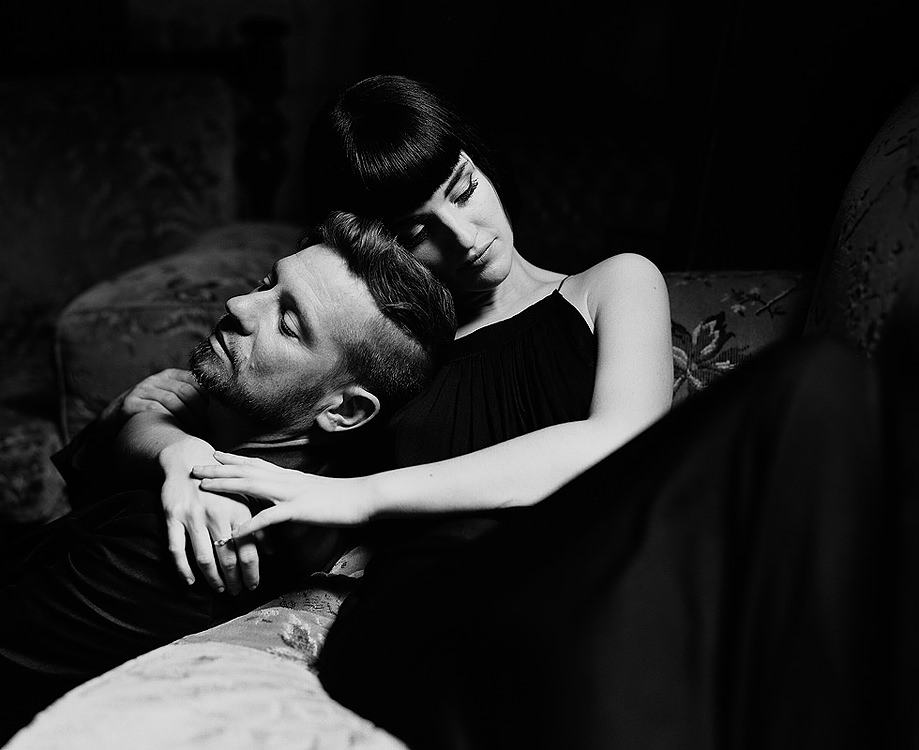
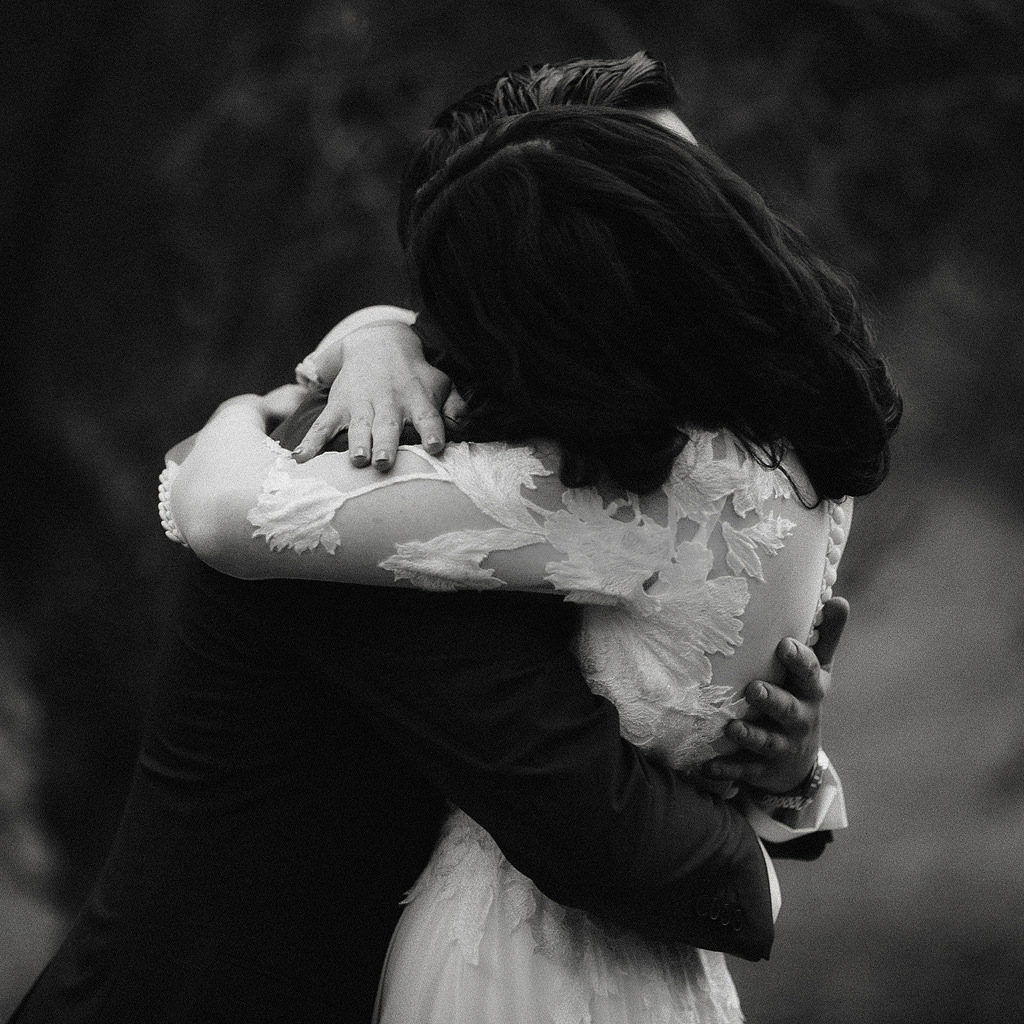
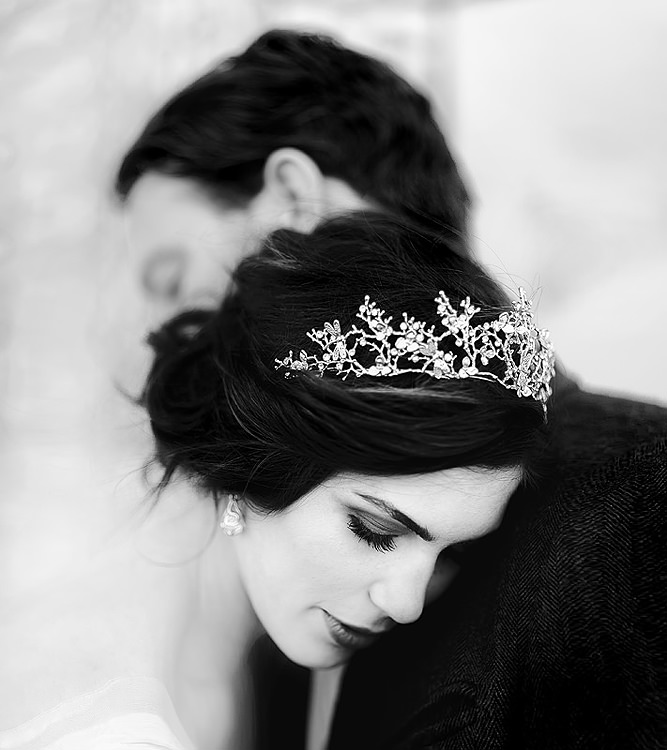
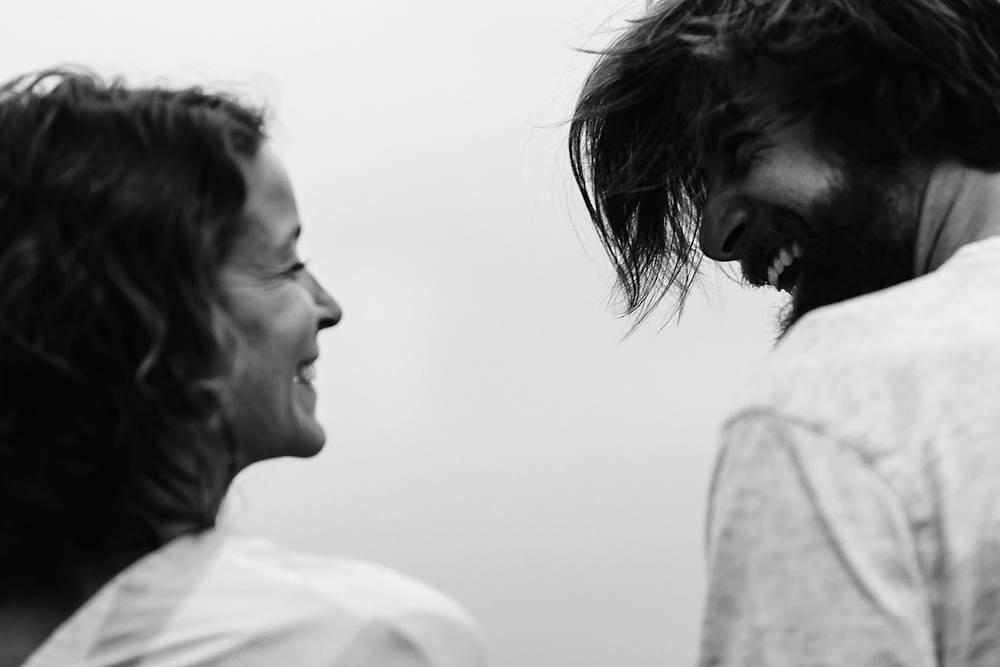

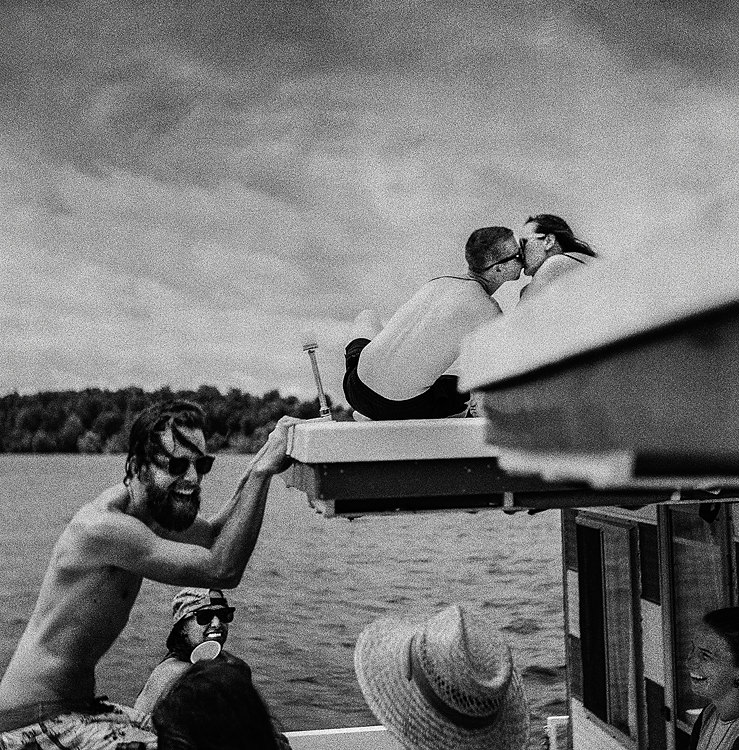
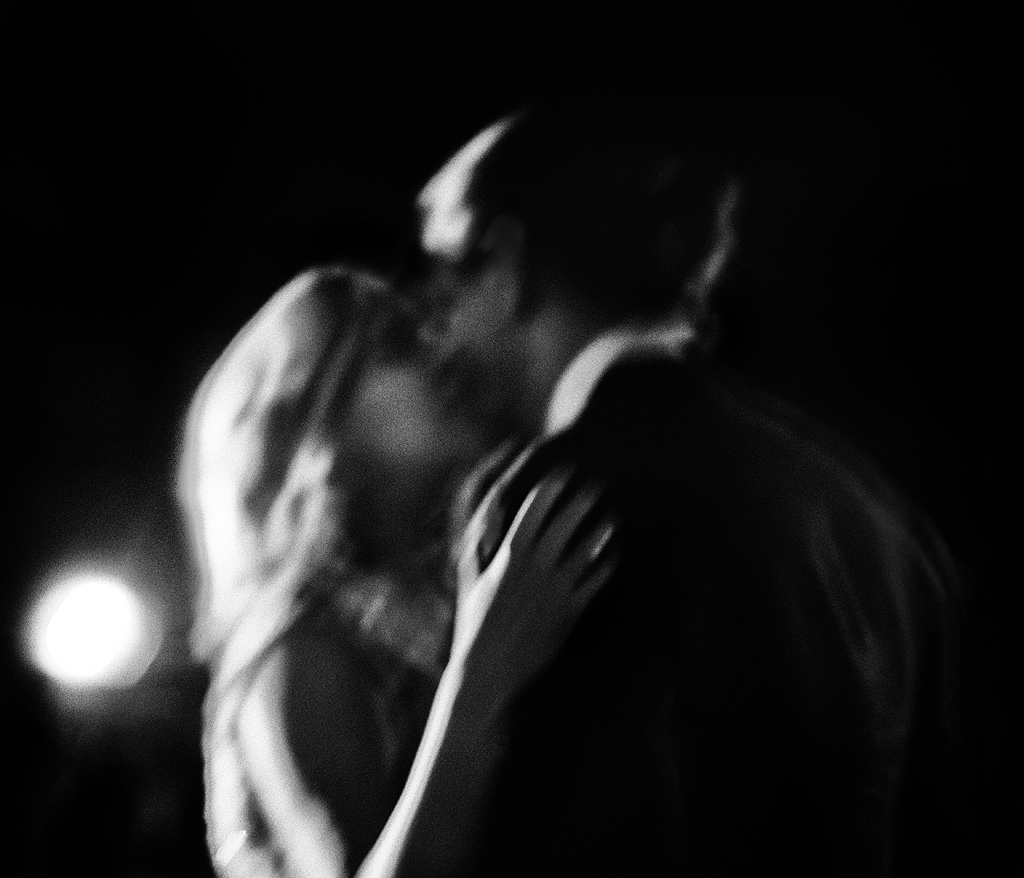
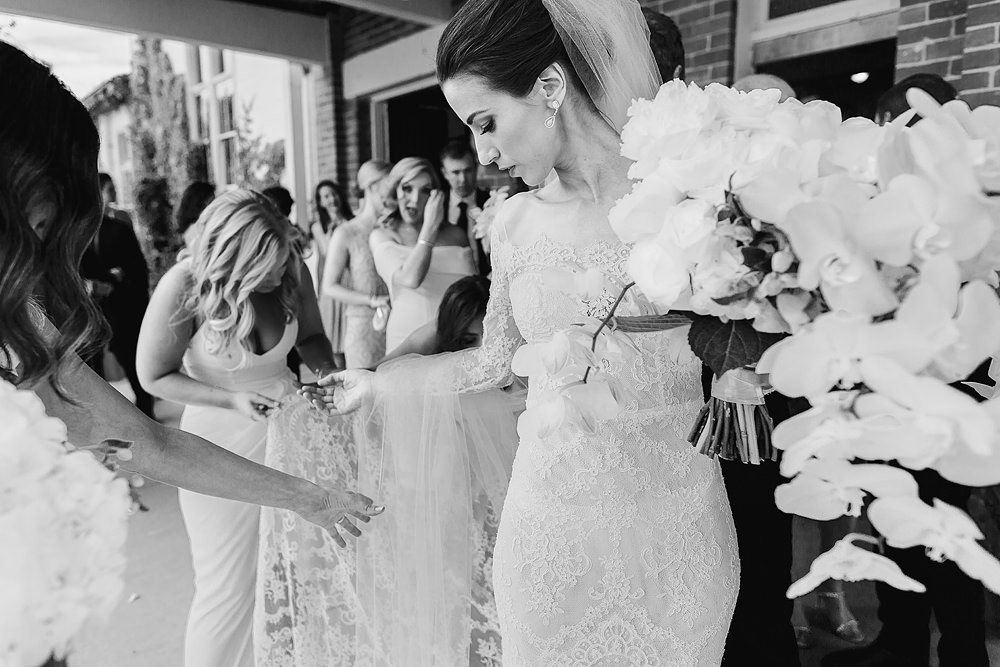
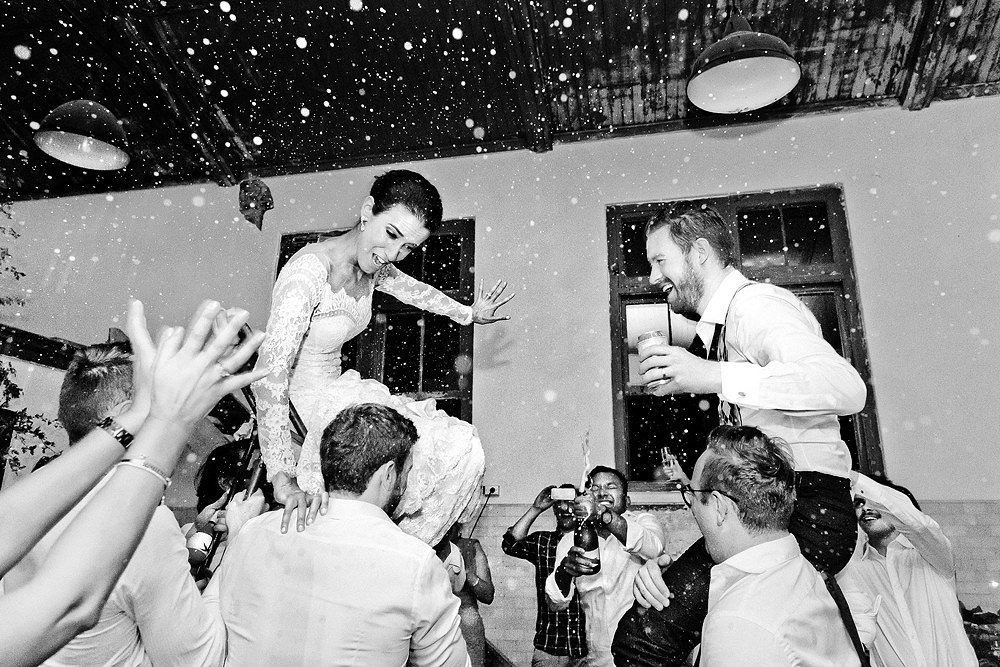
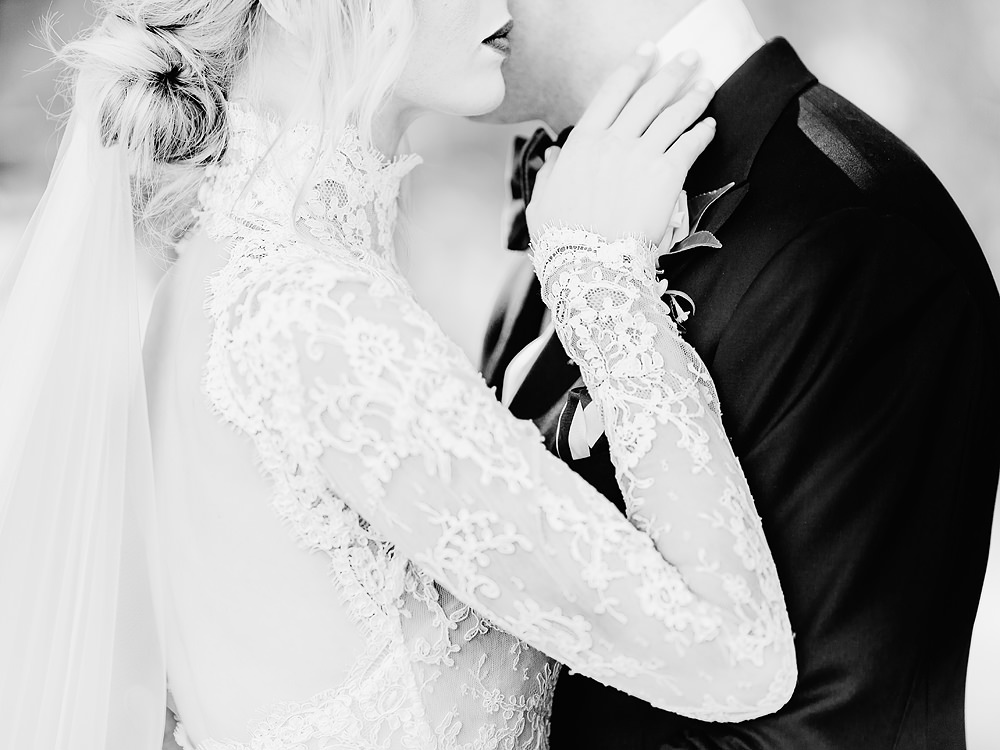
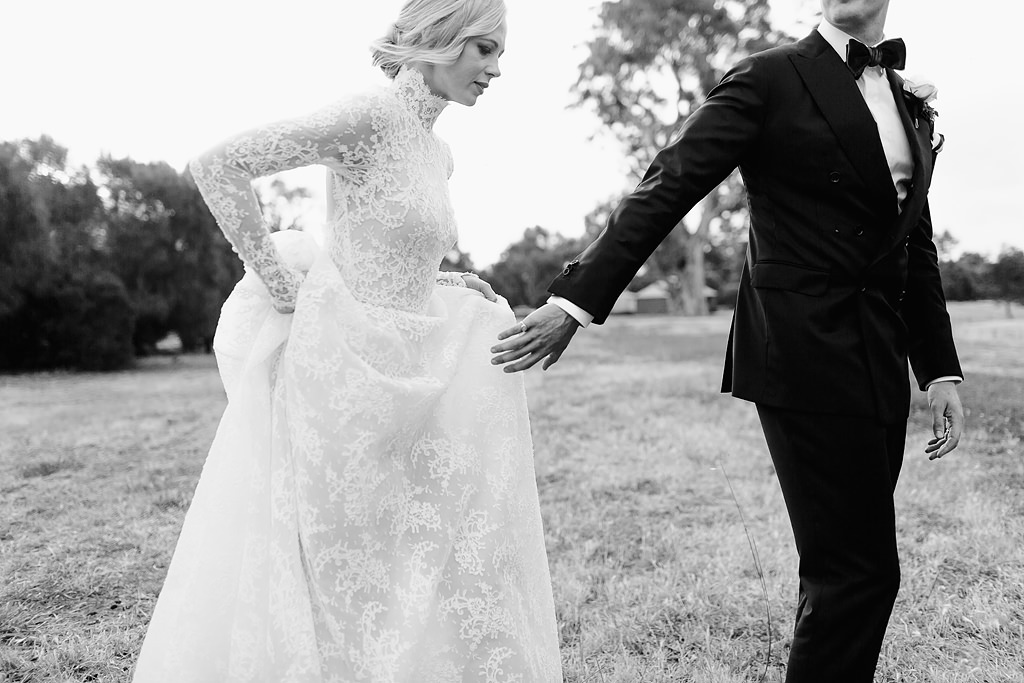
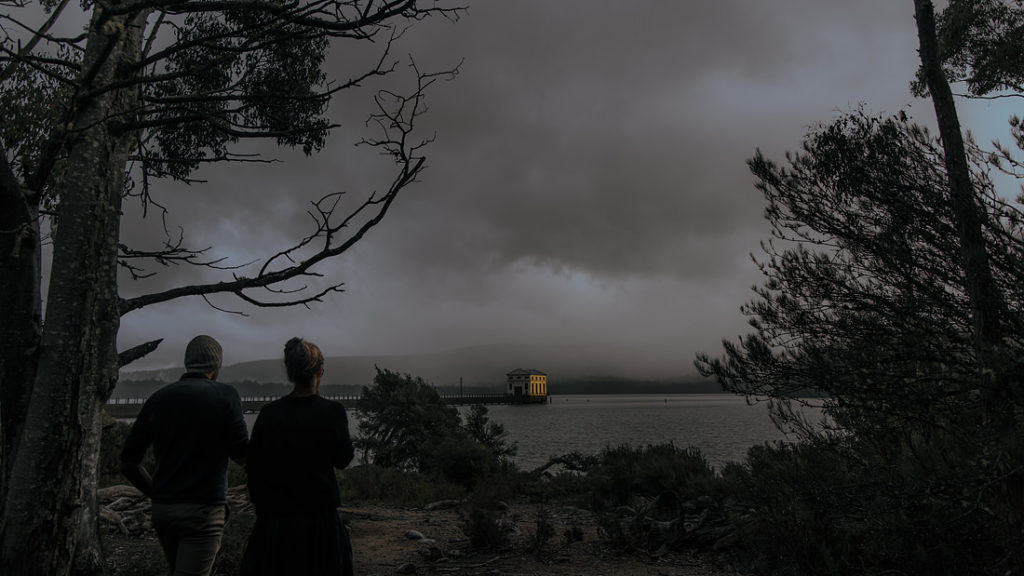
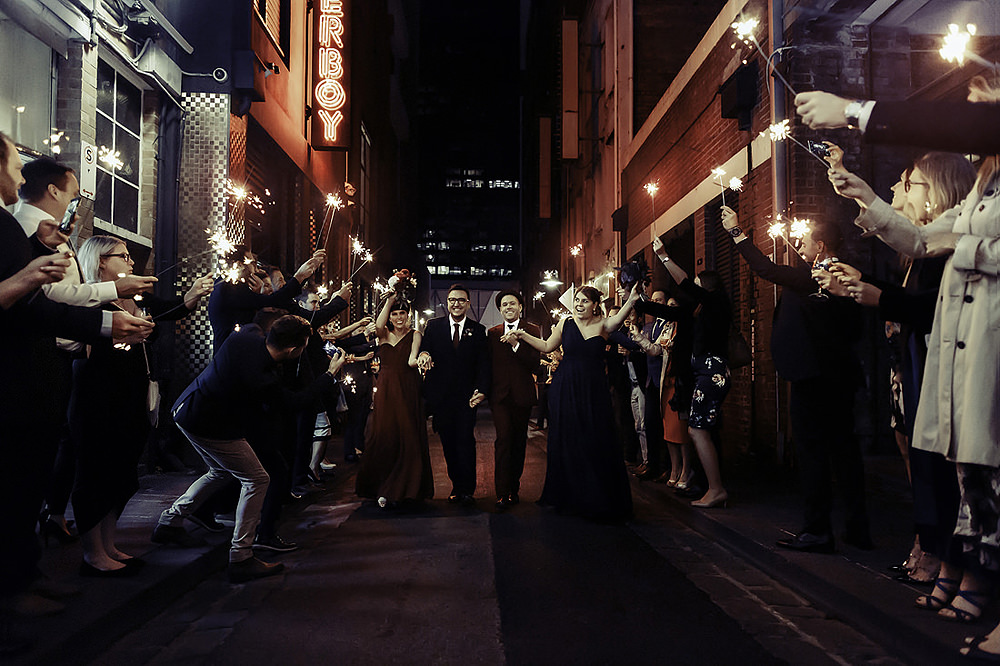
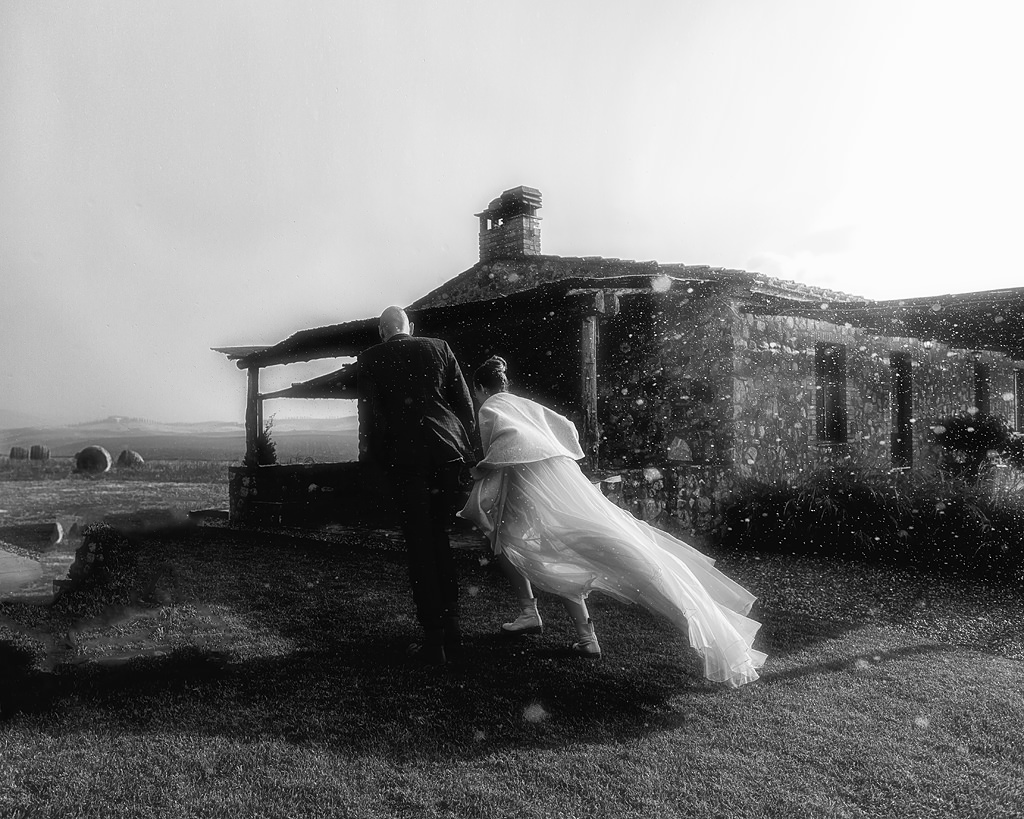
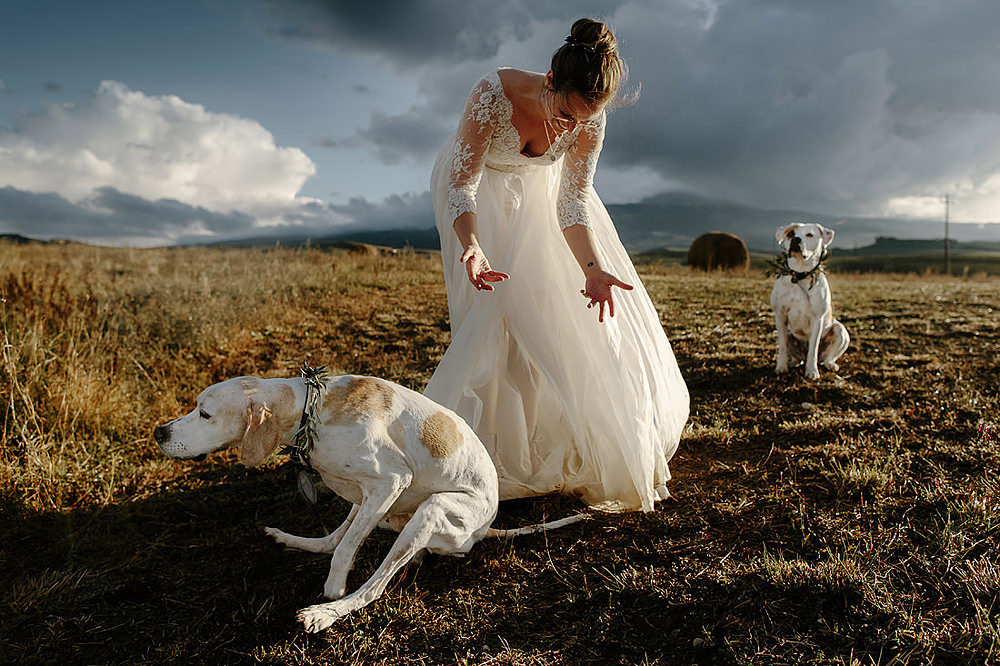

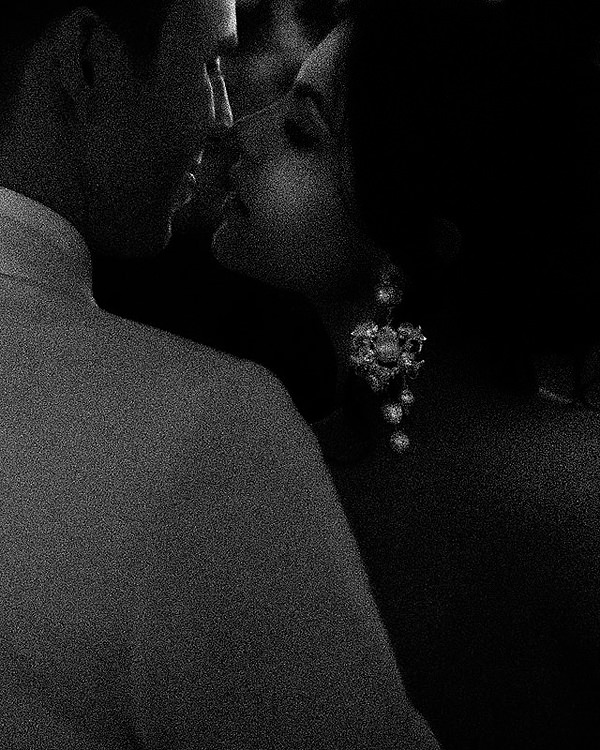
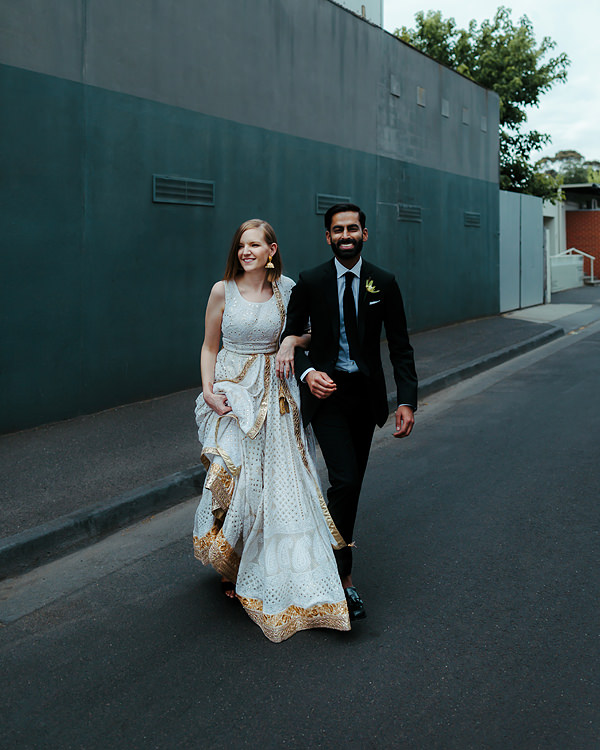
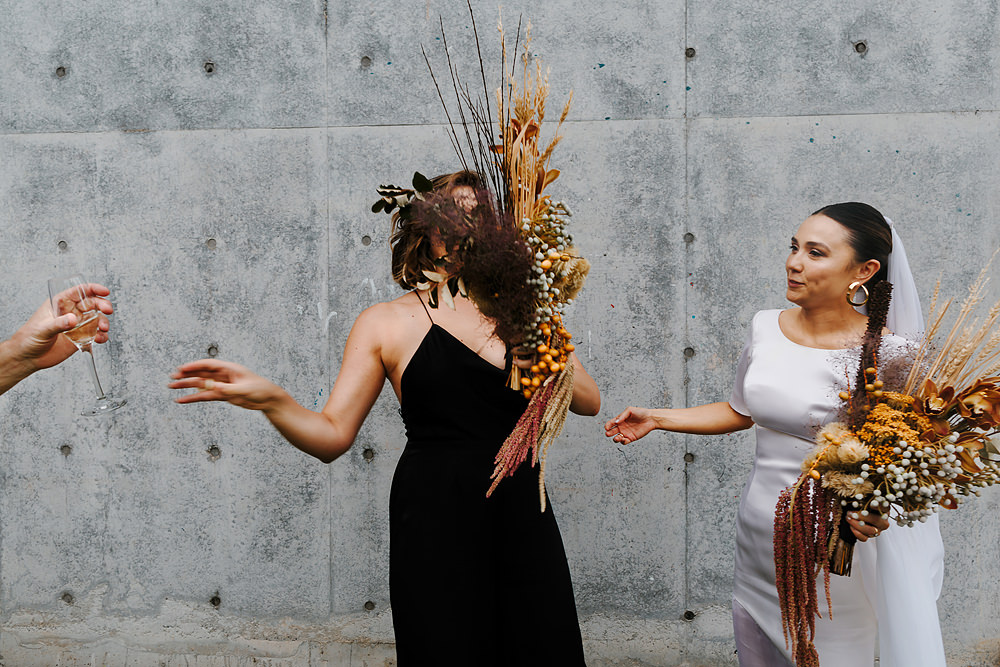
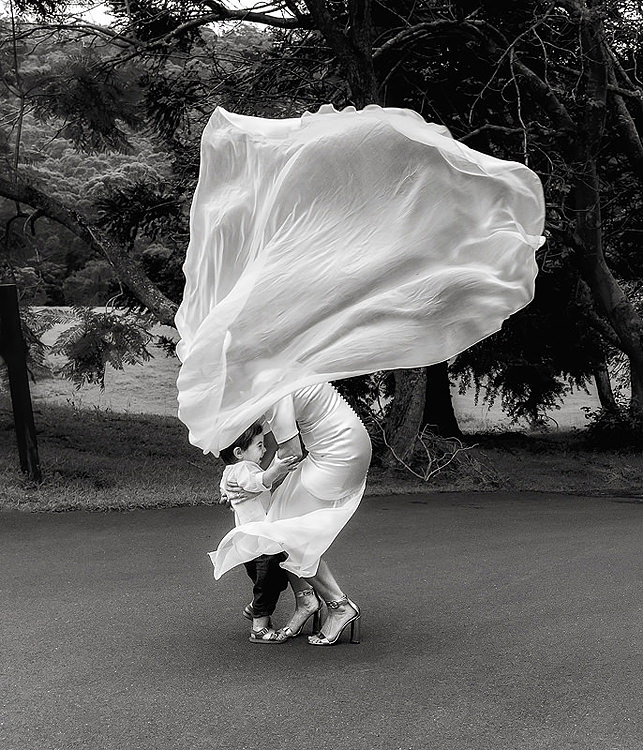
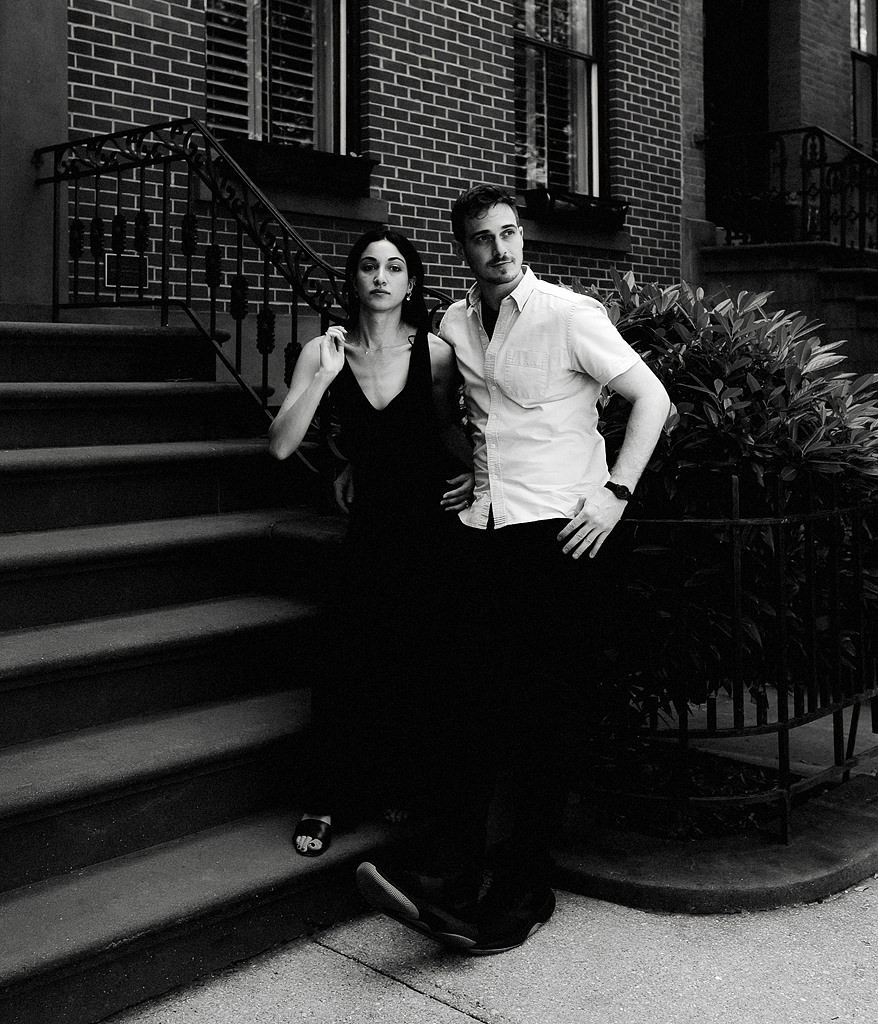
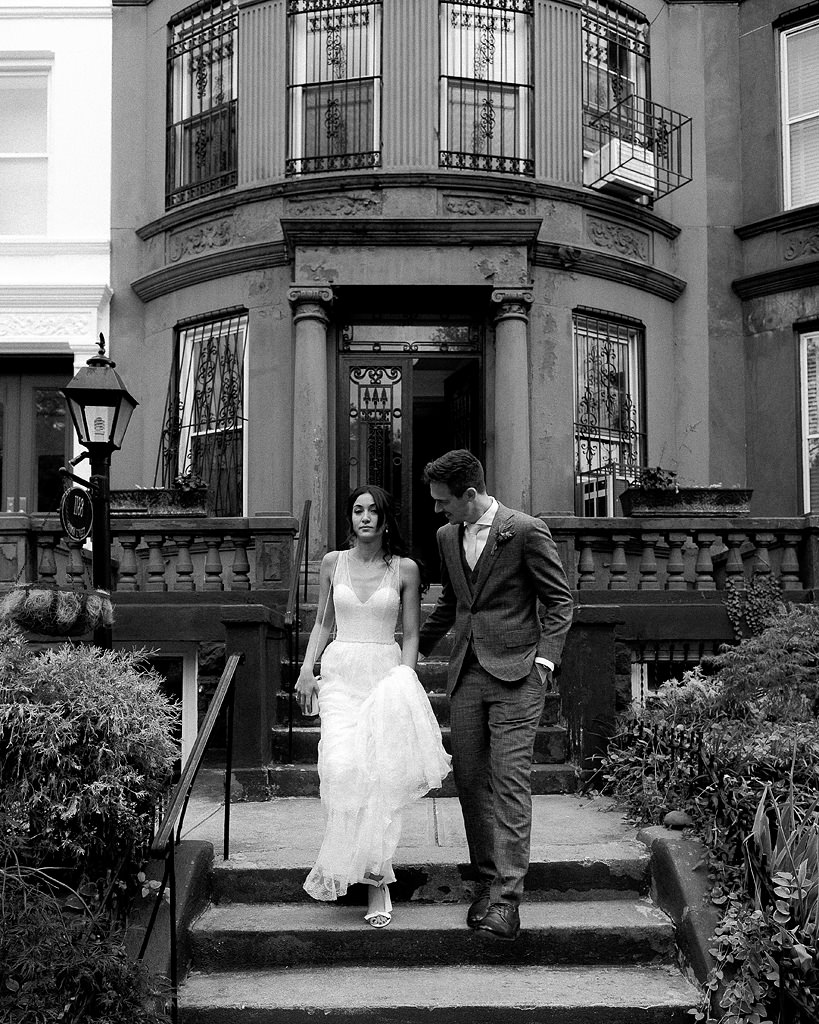
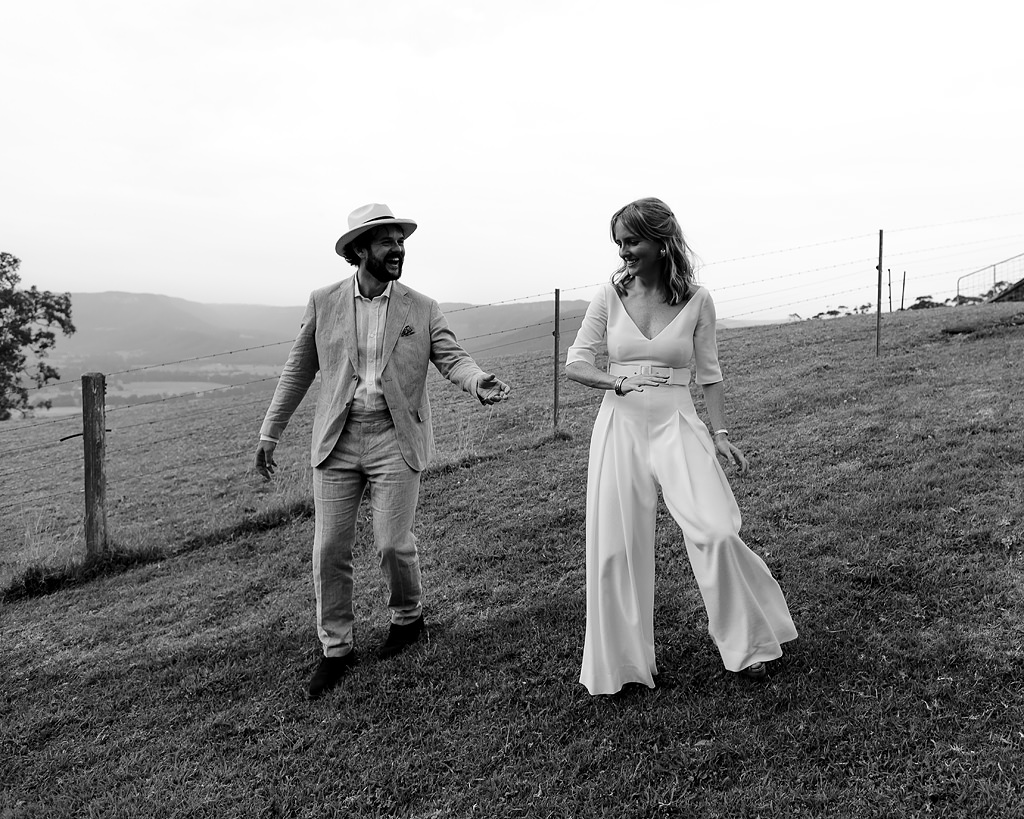
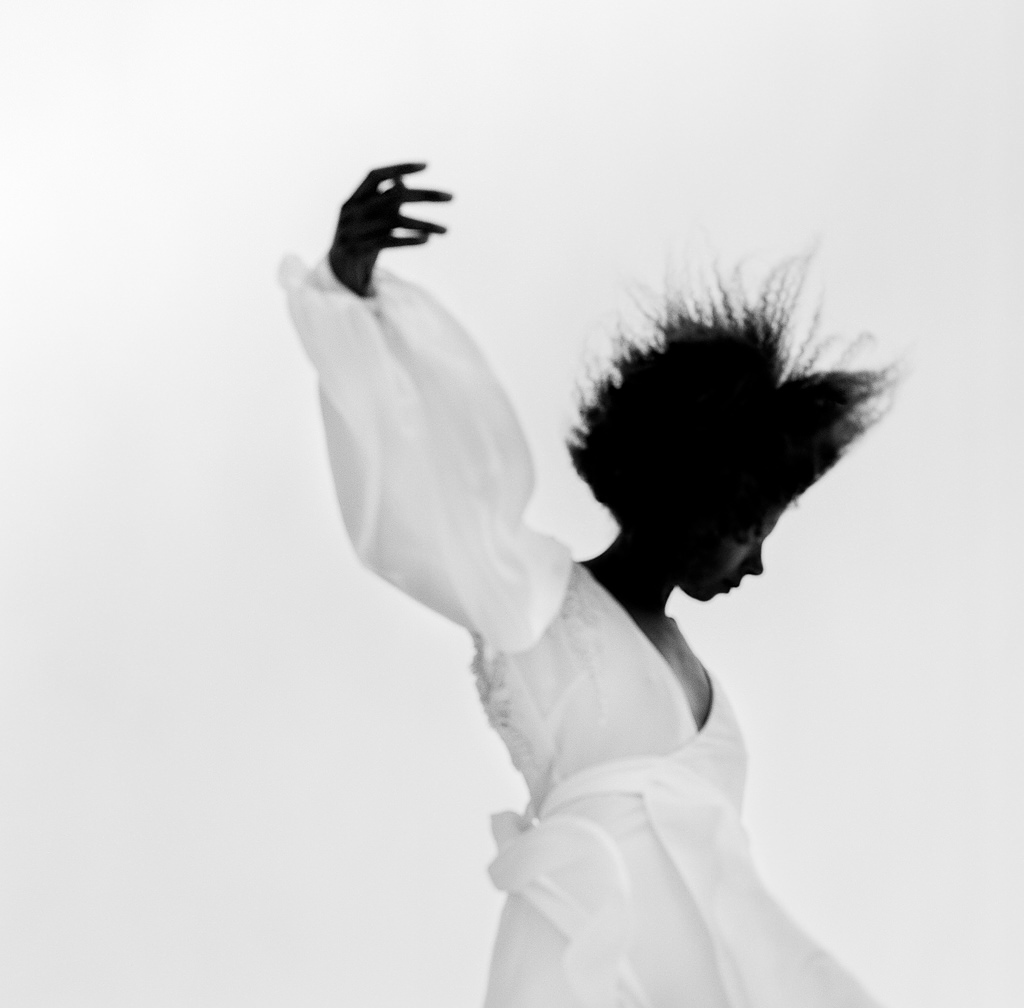
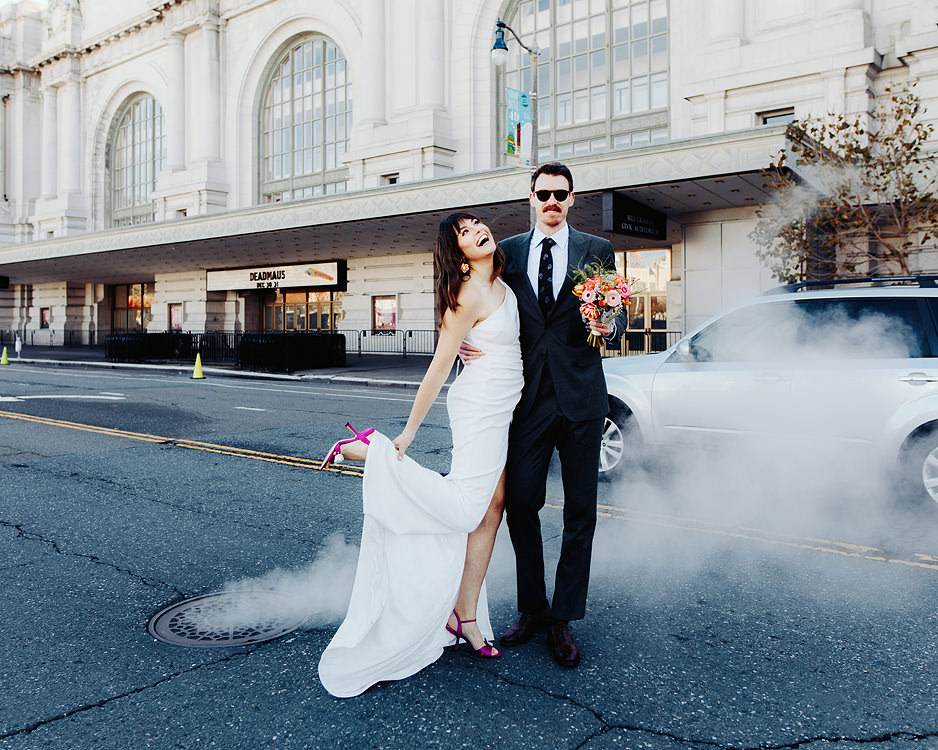

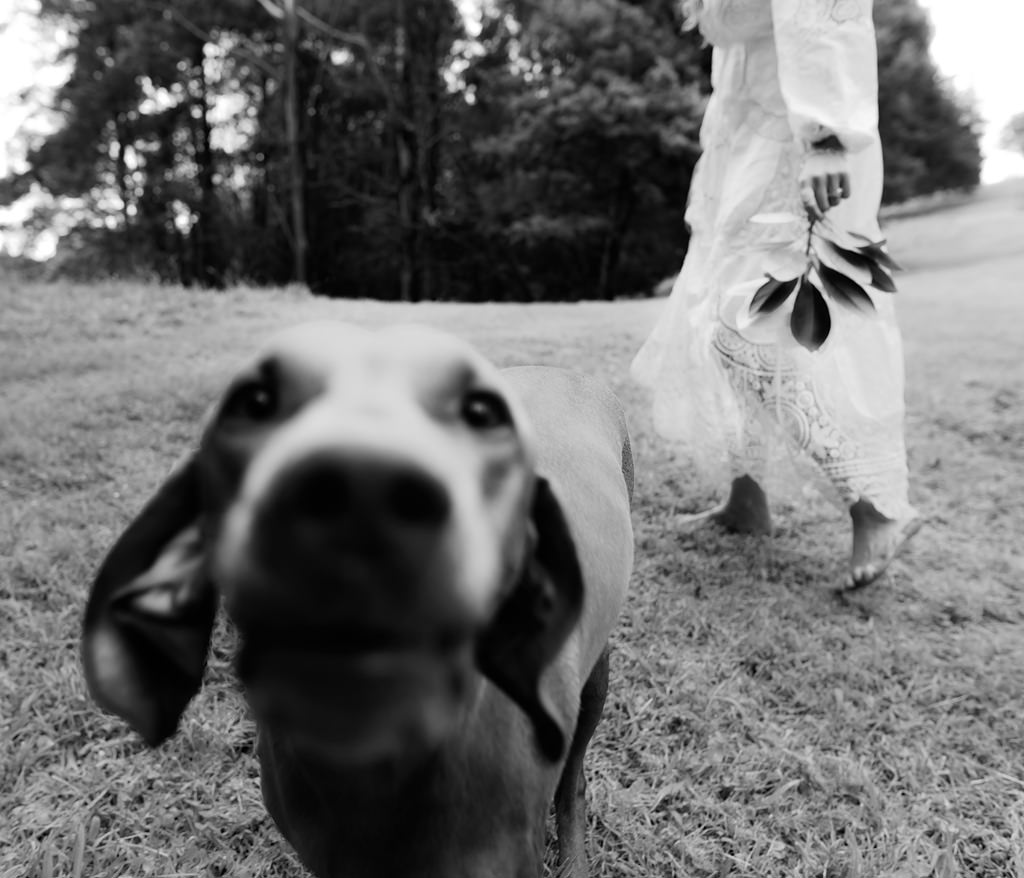
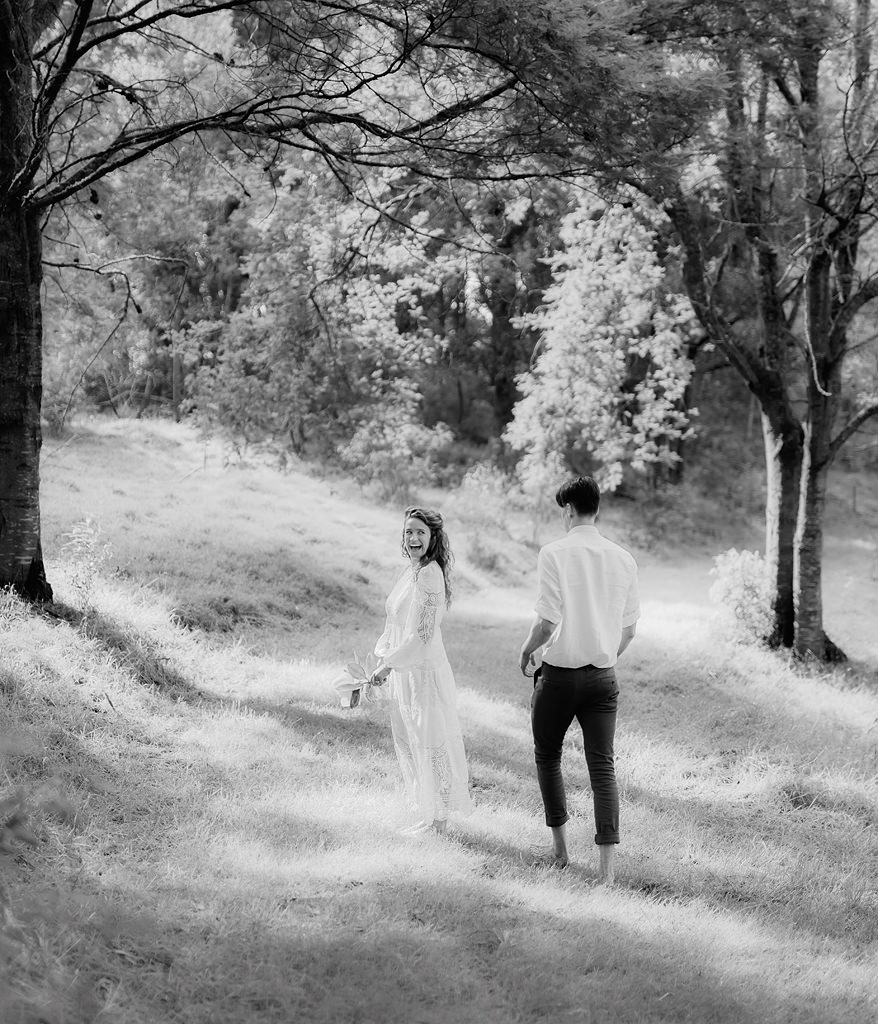
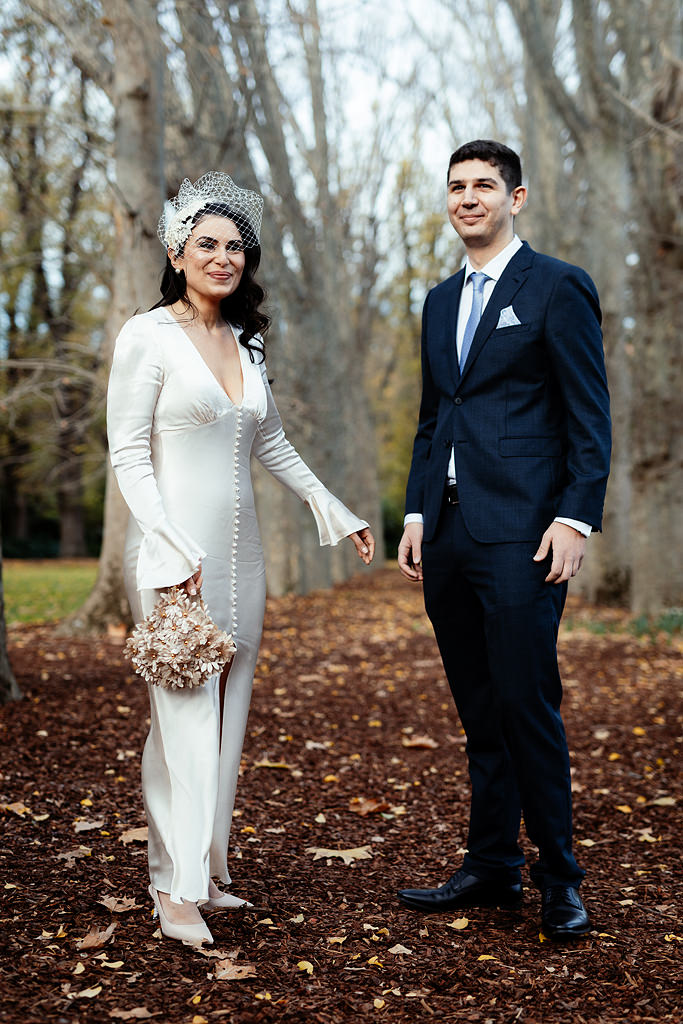
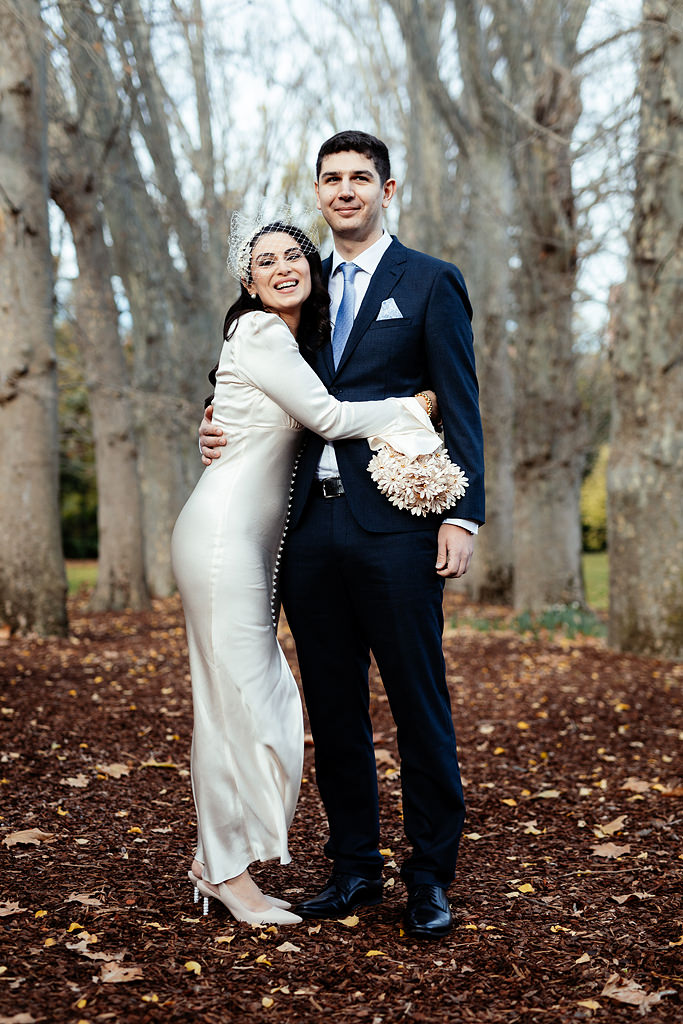
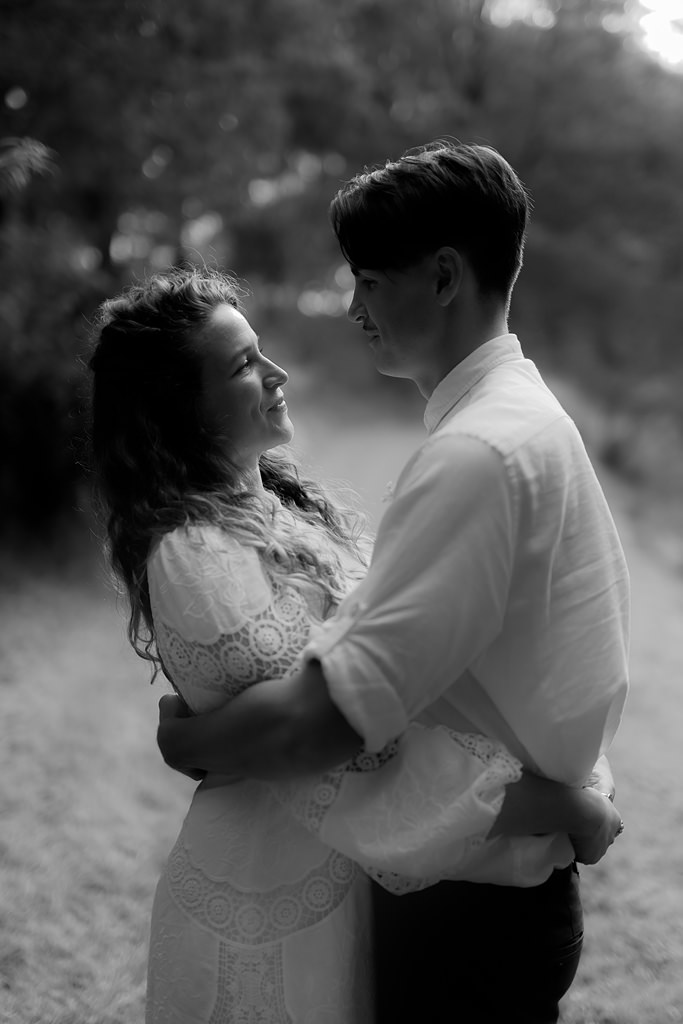
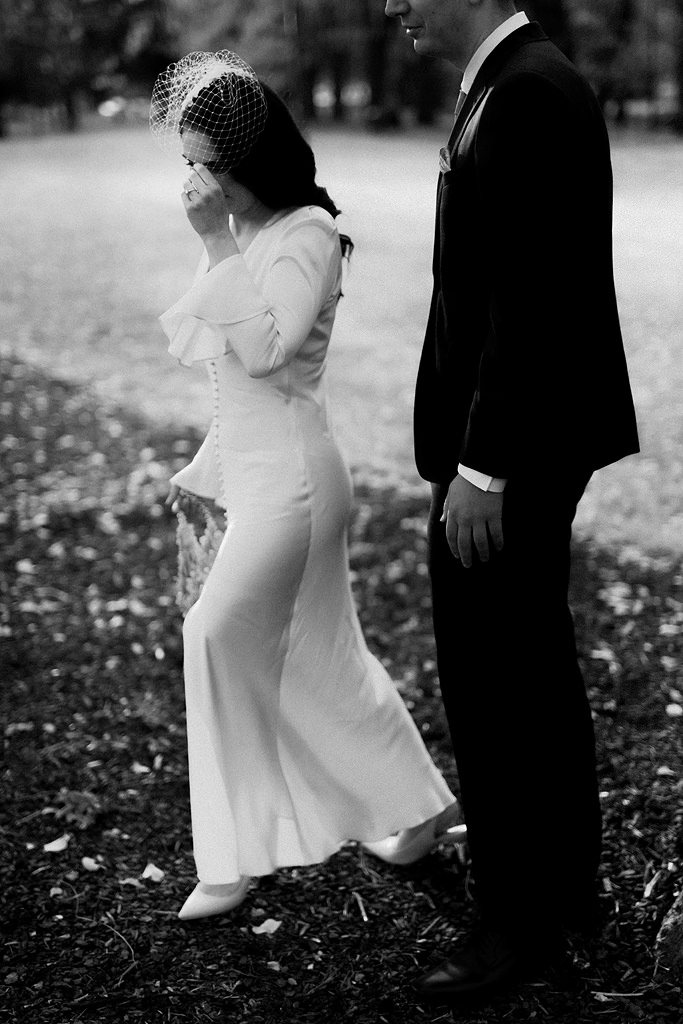
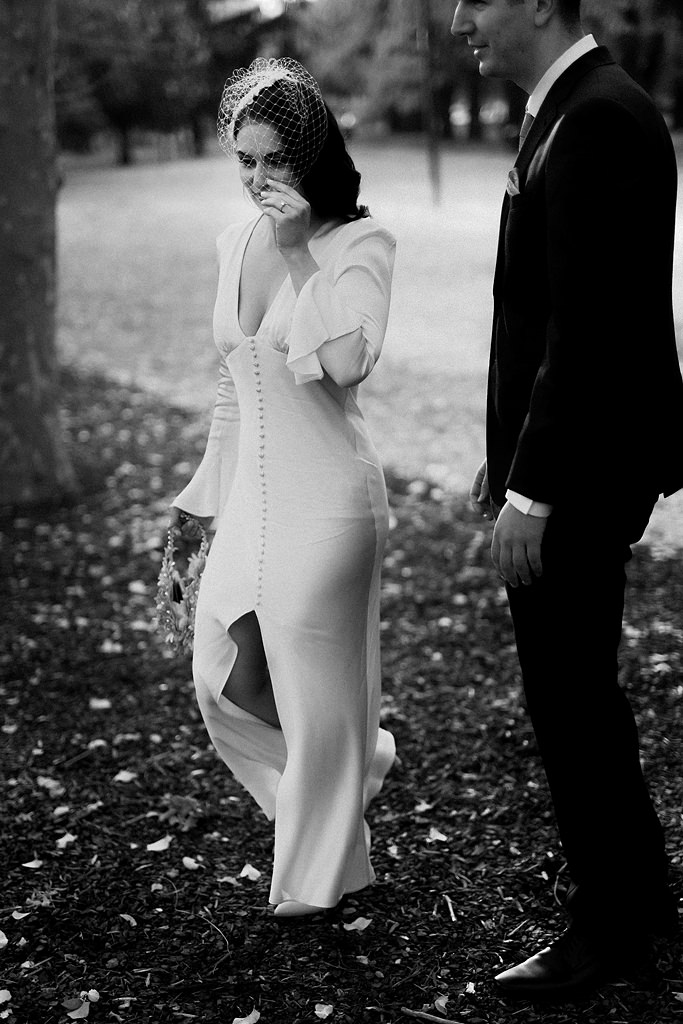
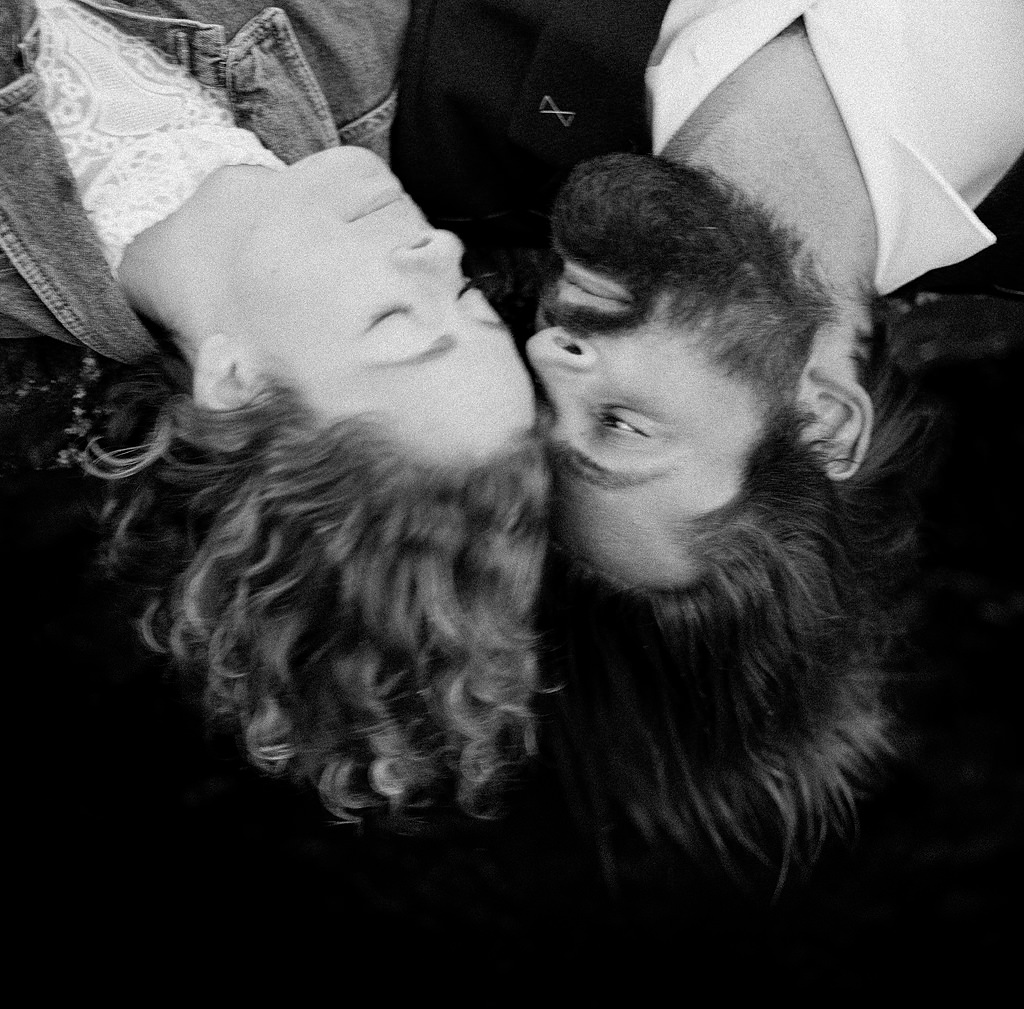
Looking for small wedding and elopement photography in Melbourne?
We’ve photographed nearly 200 beautiful weddings of all sizes across Melbourne, the Yarra Valley, Geelong, greater country Victoria, and beyond. I’ve got plenty of advice we’re happy to share.
If you’d like to make an enquiry to us, you can reach us here:
Jul 10, 2019
Wedding portaits: you’re getting married, you’re organising your vendors, and you’re at the point where you’re facing the classic conundrum that is working out whether you do or don’t want your day turned into a Hollywood film-set, and whether you are or aren’t going to be dragged away from your guests for 3 hours for a portrait session.
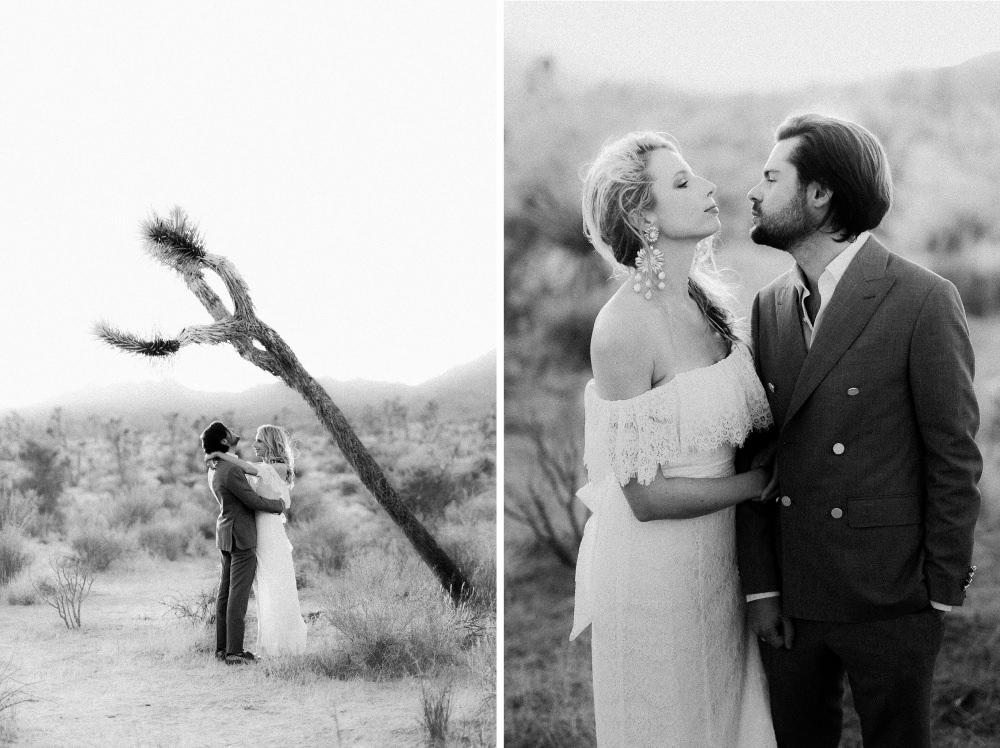
Originally published on Polka Dot Bride
There’s no right or wrong way of going about your wedding portraits: the main thing is to look at a lot of images from a variety of photographers, and build up a vocabulary of photos that you connect with (Pinterest being one of the great ways of storing that vocabulary), and understand how and when the portrait session (or sessions) fit into your wedding day.
Here’s a few helpful little home truths and things to keep in mind about your wedding portraits that I’ve found useful in navigating all this:
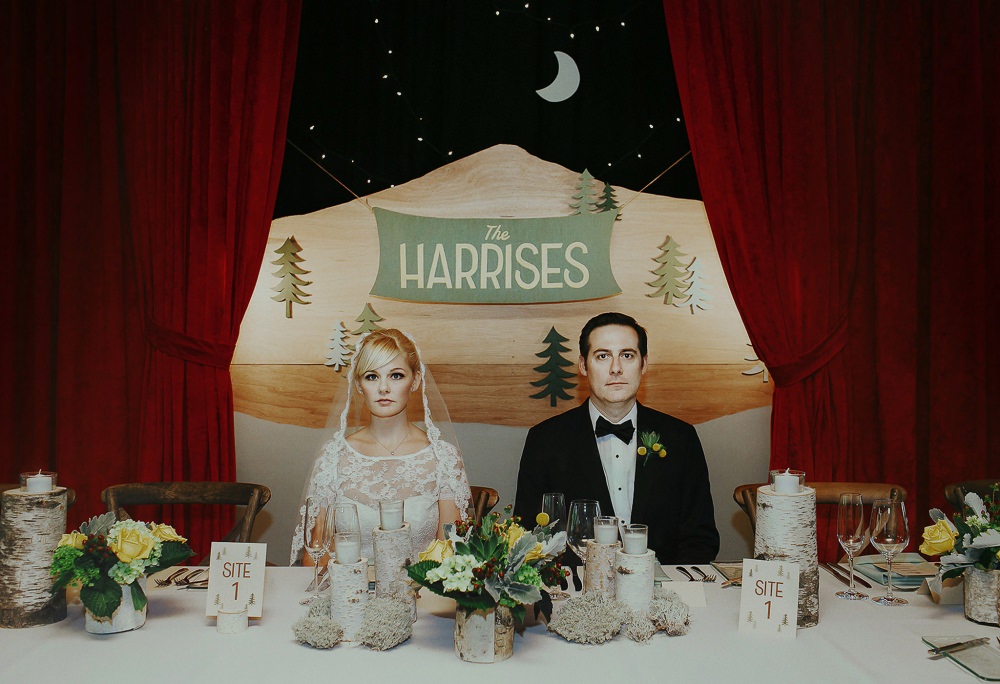
1: Ask yourself how important portraits are to you
First up, someones gotta say it: while being totally necessary, your wedding portraits are still, simply not the most important part of your day. Not by a long, long stretch! I say this as a photographer who adores that part of the day and invests a hell of a lot of personal energy into them, both on the day and at 1am in my editing cave in the weeks after. Your photographer should be able to advise on the ideal amount of time for them to get images up to the standard that you’ve fallen in love with on their website.
At the same time, they should be able to confidently make you great images, in a small window of available time. I’ve been in situations where 45 minutes have been allocated, and then rain has erupted, and that reduced to just 5 minutes because they wanted to get into the warmth of their packed barn and on to the beers.
I think that’s fair enough.
And a photographer should be able to confidently deliver you some glorious wondrous images, in that 5 minutes. While I personally recommend 30-50 minutes total to my couples, split across two parts of the day, I was able to work out what was important to do in that 5 minutes, work like a crazy-person and get them a beautiful set in just 5 minutes.
So, step back and ask your wedding photographer how long they recommend for the wedding portraits. Work out how long you’re prepared to spend and have a mutual understanding that on one hand its a beautiful window of calm where you get to be with just each other and on the other hand, it’s also precious time away from your guests.
2. From the USA, with love: the first look, and what it means
The first-look is still a little bit of an unknown out here in Australia. It doesn’t help that it’s name has this kind of scary grandeur attached to it. Let’s dispel a few myths, and look at a few of the positives.
The first look is, simply, a moment where you get to meet each other before the ceremony, and inhale a little bit of calm together. It doesn’t take off the magic of seeing each other in the aisle (if anything, it amplifies it).

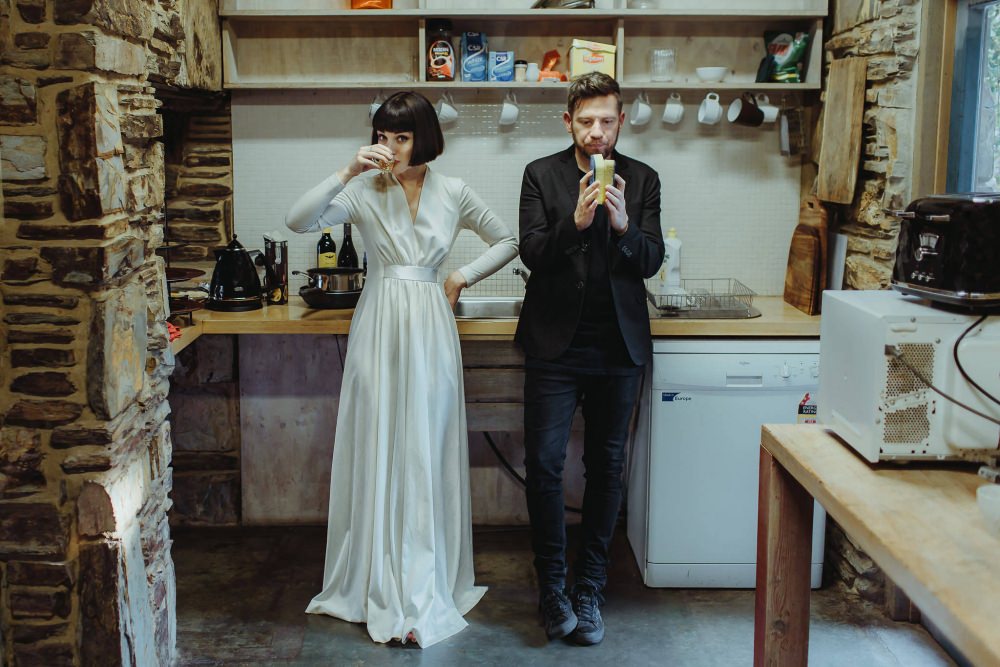
It does give you the chance to make some portraits immediately after and reduce how much time is spent away from guests later on. Most folks often miss out on the canapés hour, of course there’s no right or wrong approach here, but personally, I’d want to be hanging around my crew for canapés! Remember you can still head out at sunset together, and get the best of all worlds.
3: Whatever the weather: wedding portraits and rain/apocalypse
This is about having an all-in attitude. This is the test. How far are you willing to go for your portraits, in the moment? This is worth thinking about briefly ahead of time, as it can help you slip into the right state of mind on the day if the weather goes south.
There’s no right or wrong answer: but from a photographic point of view, the more risks you’re prepared to take (within reason), the more wild the photographs you’ll receive will be, and fitting to that particular moment.
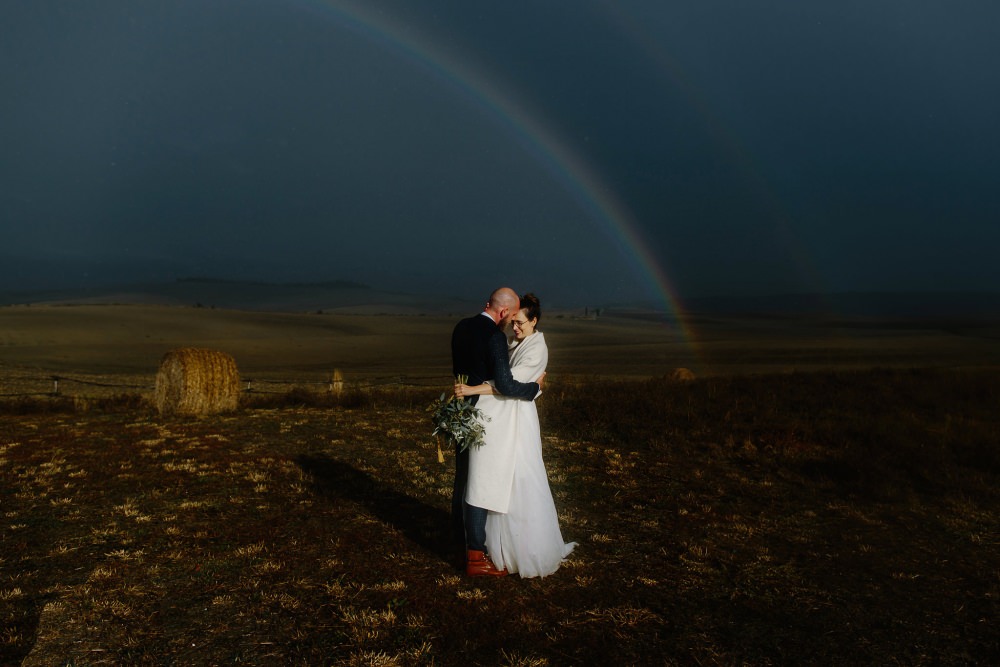
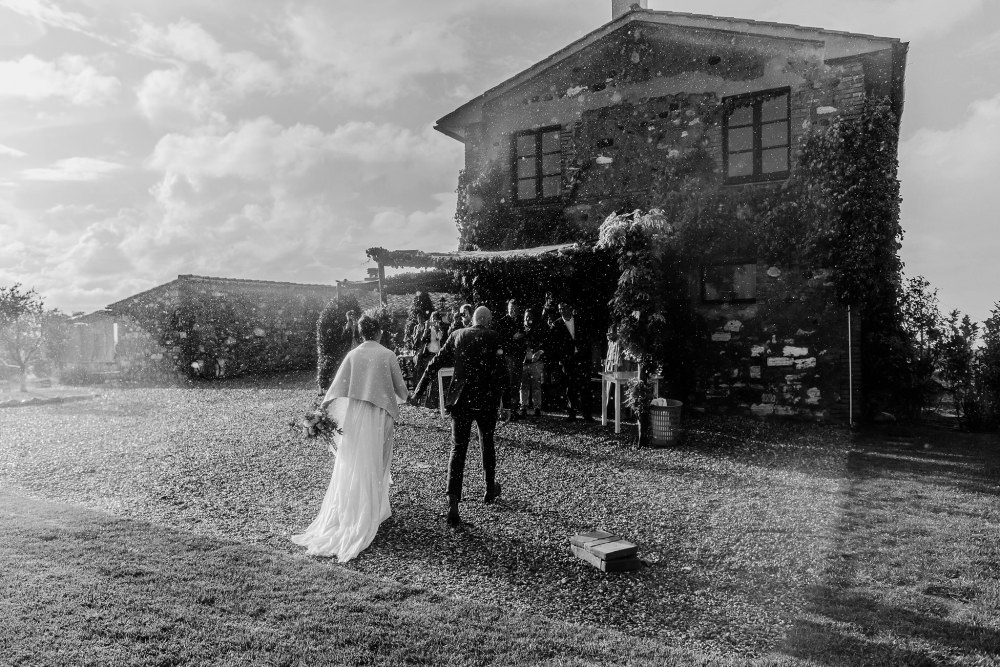
Maria and Ingo leapt out into rain and rainbows for their wedding in Tuscany, and I think it was worth every second of that 1-2 minute sprint. Us photographers are a weird bunch, and you can probably always consider us up for running out in a hail storm to get the best shot, so this is really just for yourselves to consider.
The worst thing that can often happen is a bit of dirt on your dress and water in your hair. So get out into the rain, make some wild photos, then load up on some whiskey. That’ll get you warm again.
4: How to see and use available light
It’s taking every ounce of strength for me to say this, but, when it comes down to it, there’s no such thing as bad light, only bad photography. Us photographers – we might moan and groan about overhead sunlight (I certainly do!), or about harsh green fluorescent light, and there’s some truth in there being something extra special about sunset, twilight, and all that jazz.
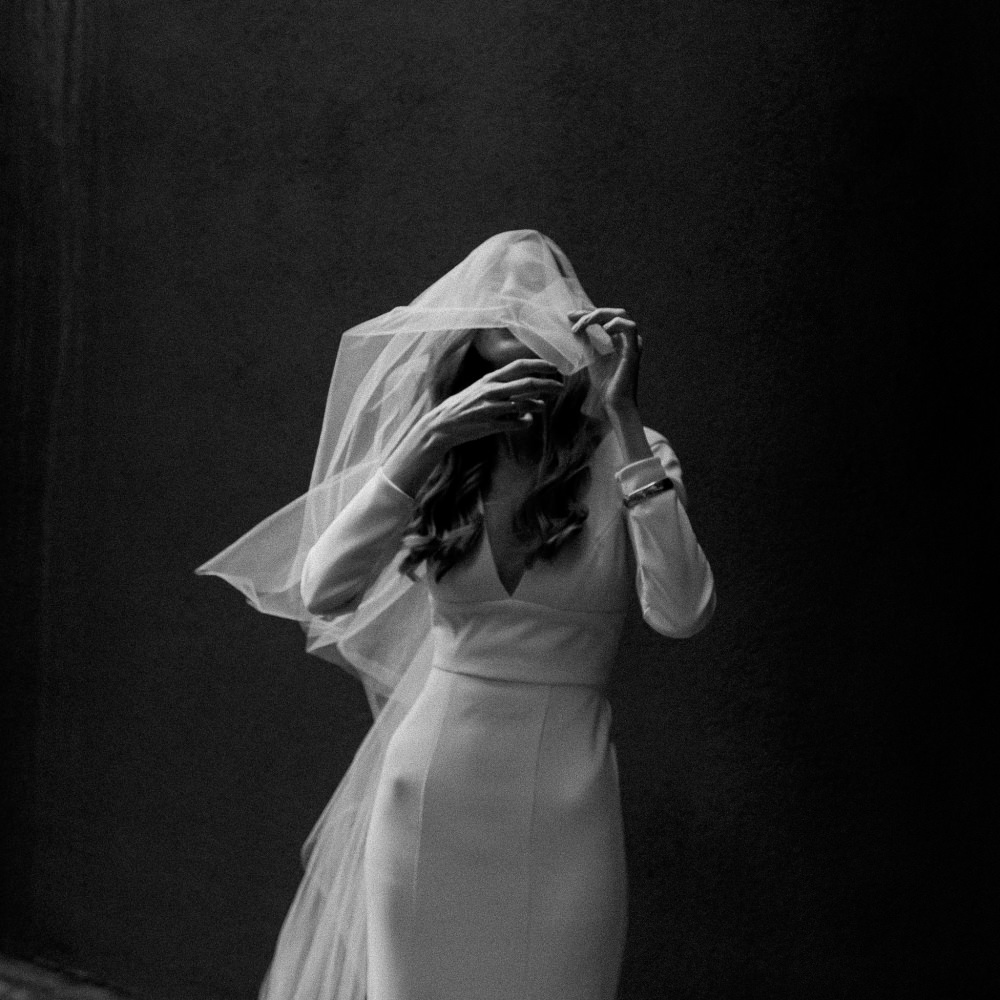
But, this is really important: your photographer should be, first and foremost, a problem solver.
There’s no such thing as bad light – only light that might make them uncomfortable. And if they’re good at their job, they’ll be able to work through that discomfort, solve the challenge of whatever the lighting situation is, and still be able to deliver you magnificent images, and be comfortable in solving problems caused by un-ideal lighting.
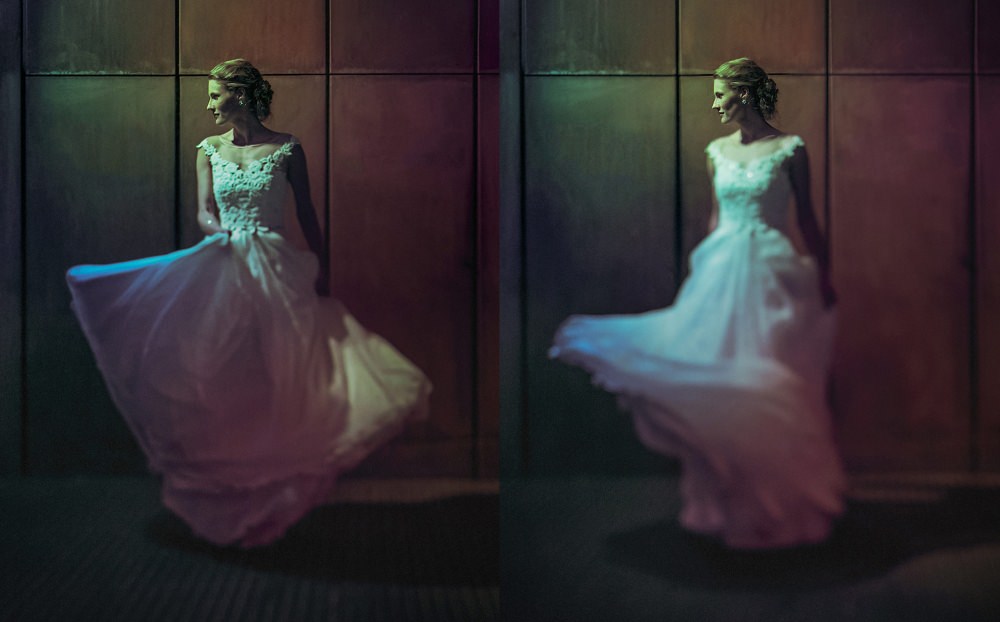
A lot of what makes this image work was about carefully bringing it to life in post-production, but a photographer should be able to see great opportunity and know what to do with it. Mix up the indoors, with the outdoors.


With all of that said, I’m still a big believer in crafting the optimum scenario where possible: your photographer will be able to work with you on your timeline and styling to offer any advice to make things that little bit more magic for both your guests and your images.
I’m no stranger to being asked about festoon arrangements, or timings for portraits. Put your faith in your photographer and ask if they have any suggestions. Chances are, we’ve got a brain full of ideas that we’re willing to share, all in the name of getting you the best wedding photography.
Try and prioritise at least some of your portrait shoot later in the day, around sunset and into twilight. This is when the dance of light does some especially magic things.

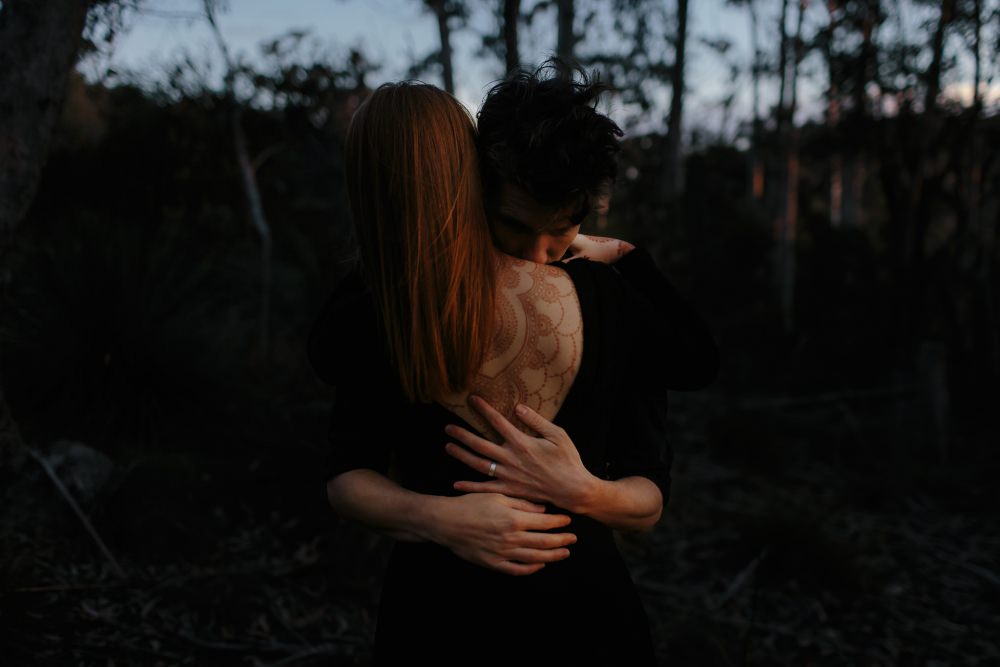
5: Do the planning and hard work on the back-end, not on the front end.
Like every area of your wedding, you want to do the hard work on the back end, not the front end. What this means is connecting with caterers, stylists, and photographers you feel you can trust, so that on the day you’re not having to intervene. This is especially important with photography and specifically, wedding portraits. A shot list can hinder your photographer, and take them away from doing what we do best: which is being responsive to unfolding moments.
Don’t meet a million vendors for each category, meet a few and spend time with them. Make sure you get those little bells of trust ringing that tell you they’re the one. And then let them do what they do.
Because the best wedding portraits – the ones you’ll print and find yourself sending to everyone – fundamentally come out of ignoring nearly everything I’ve written above, and enjoying a couple of carefree windows with a photographer you feel entirely comfortable with, wherever they end up being taken.
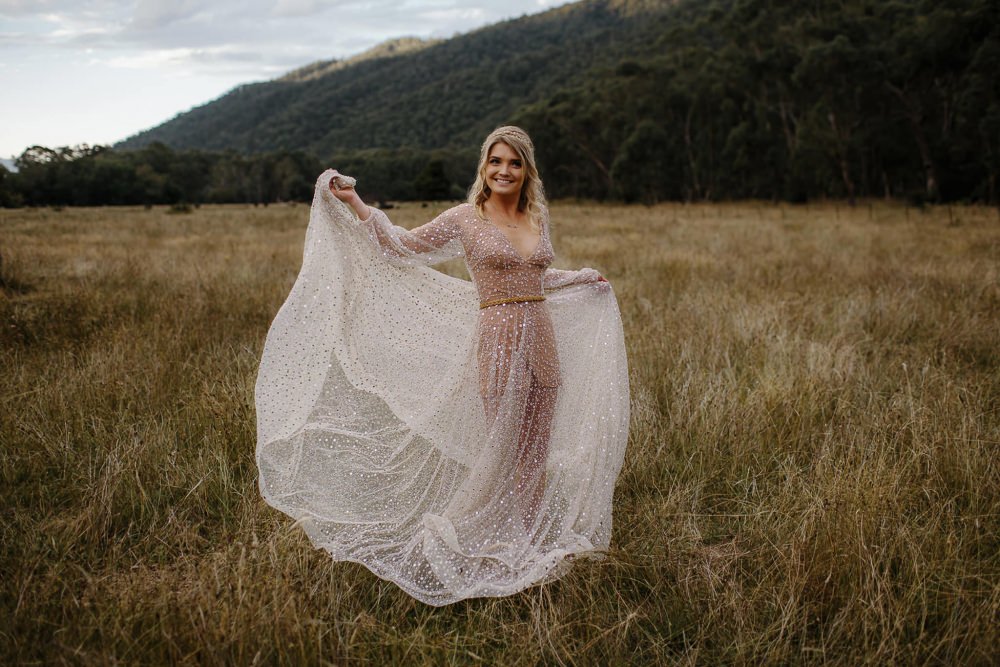
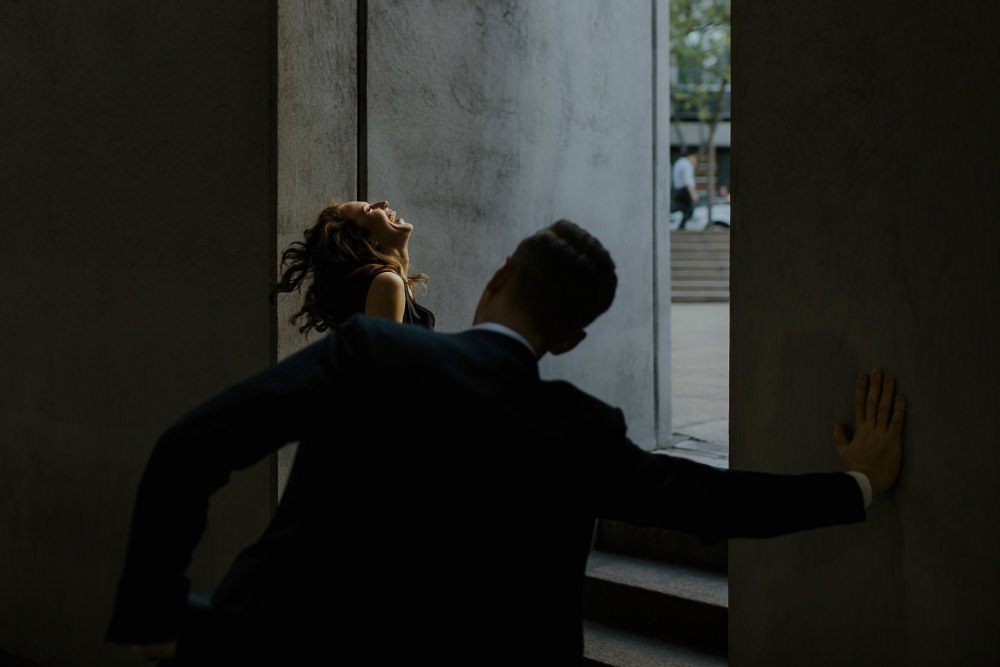
These are a fun couple of portraits to close this article up – because this should all be, well, fun!
